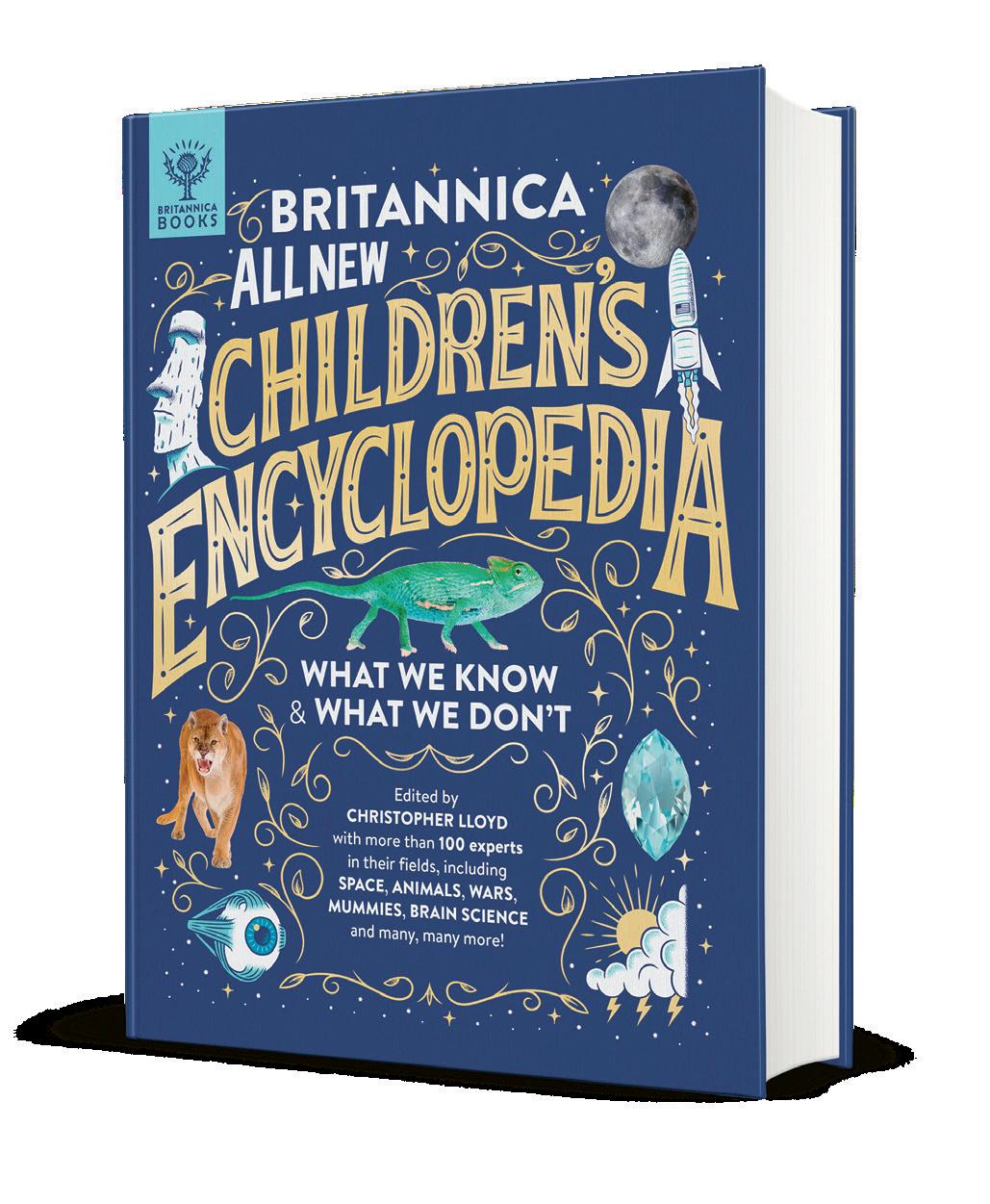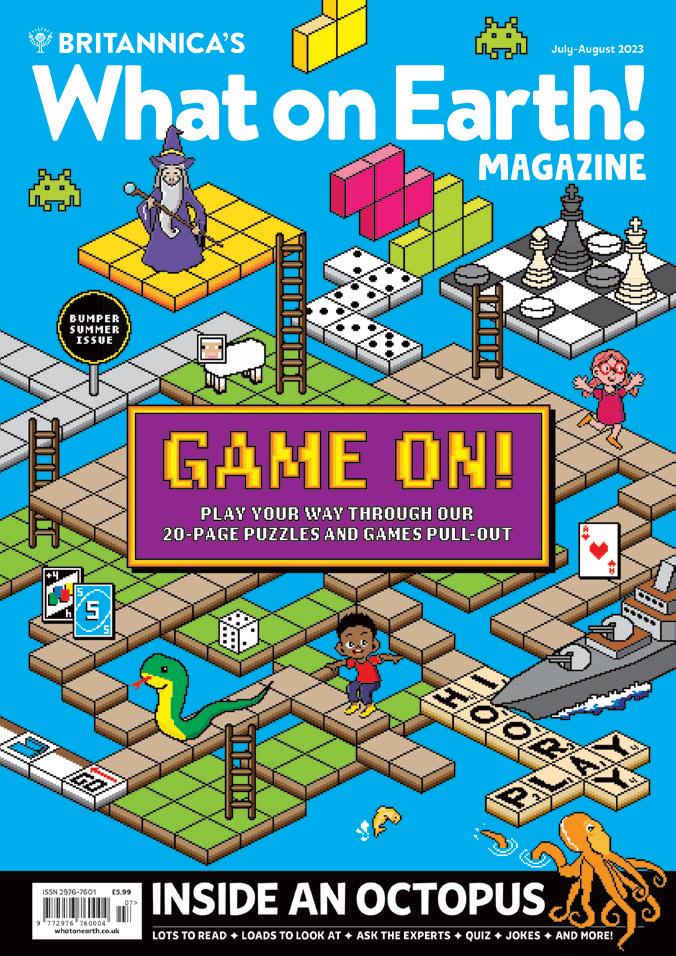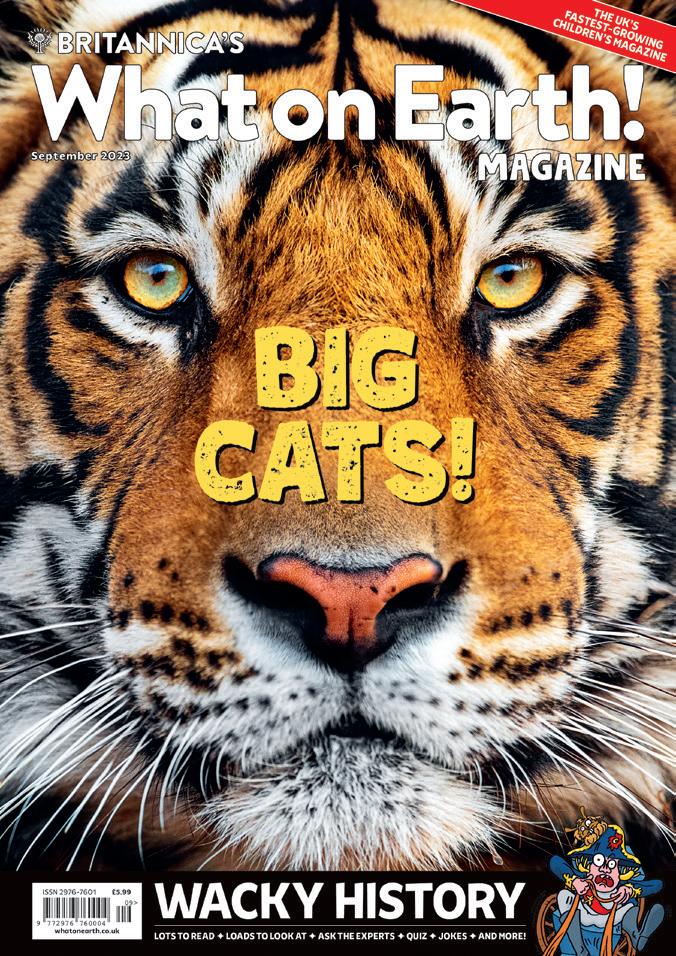What on Earth!
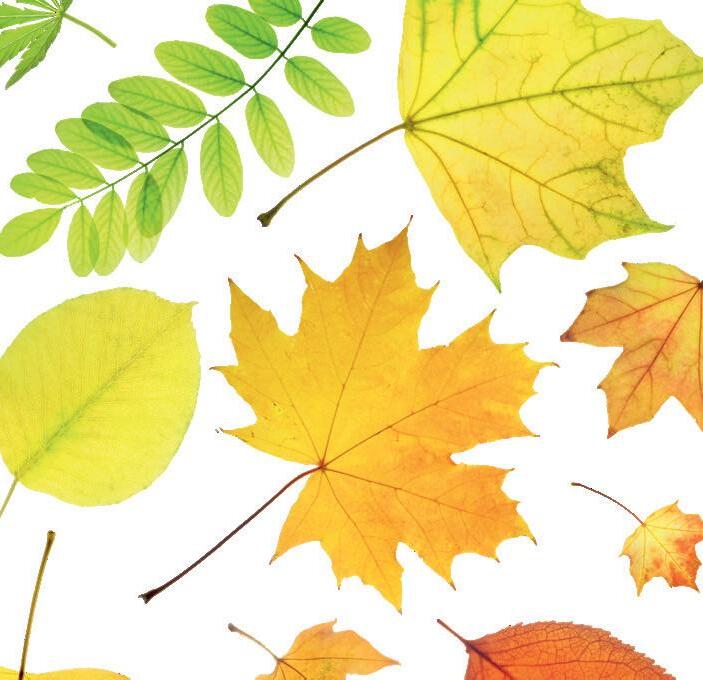
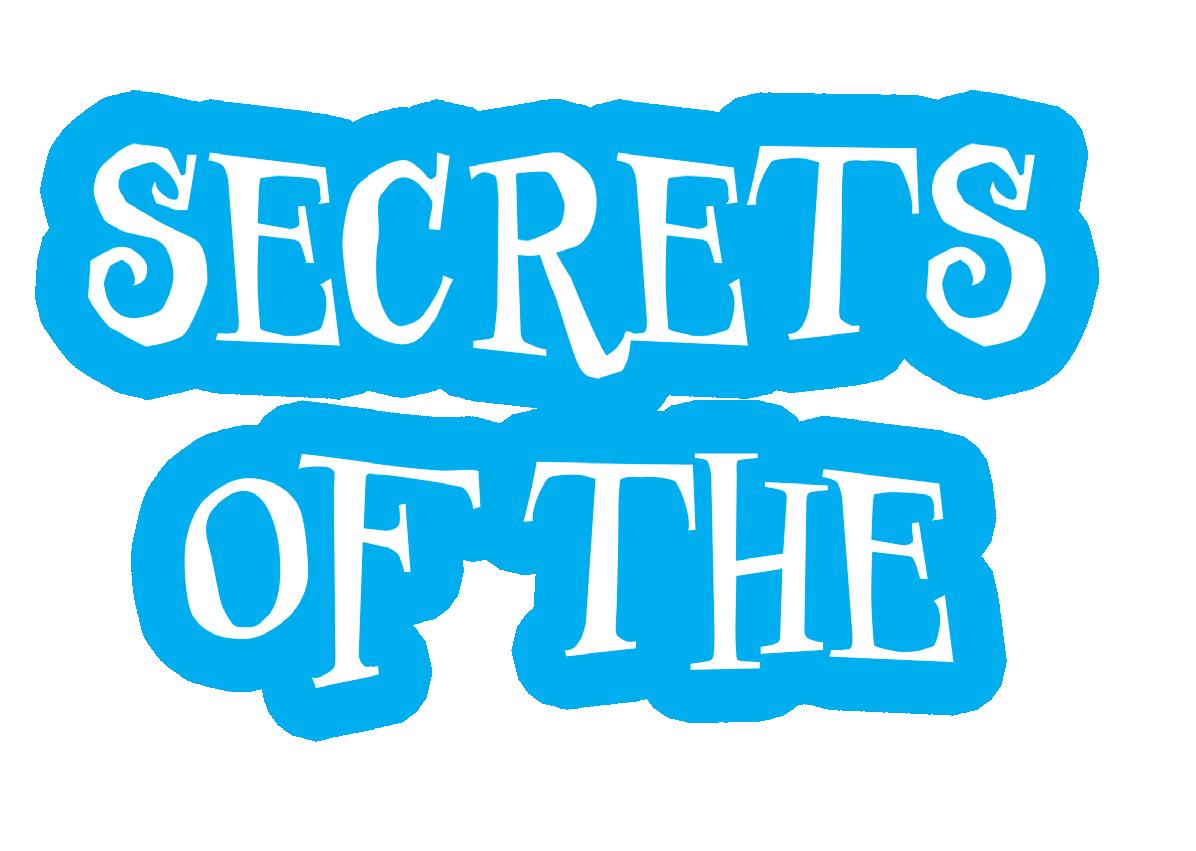

MERRY MARIGOLDS
Learn about the holiday Día de los Muertos and how to make paper flowers on page 45
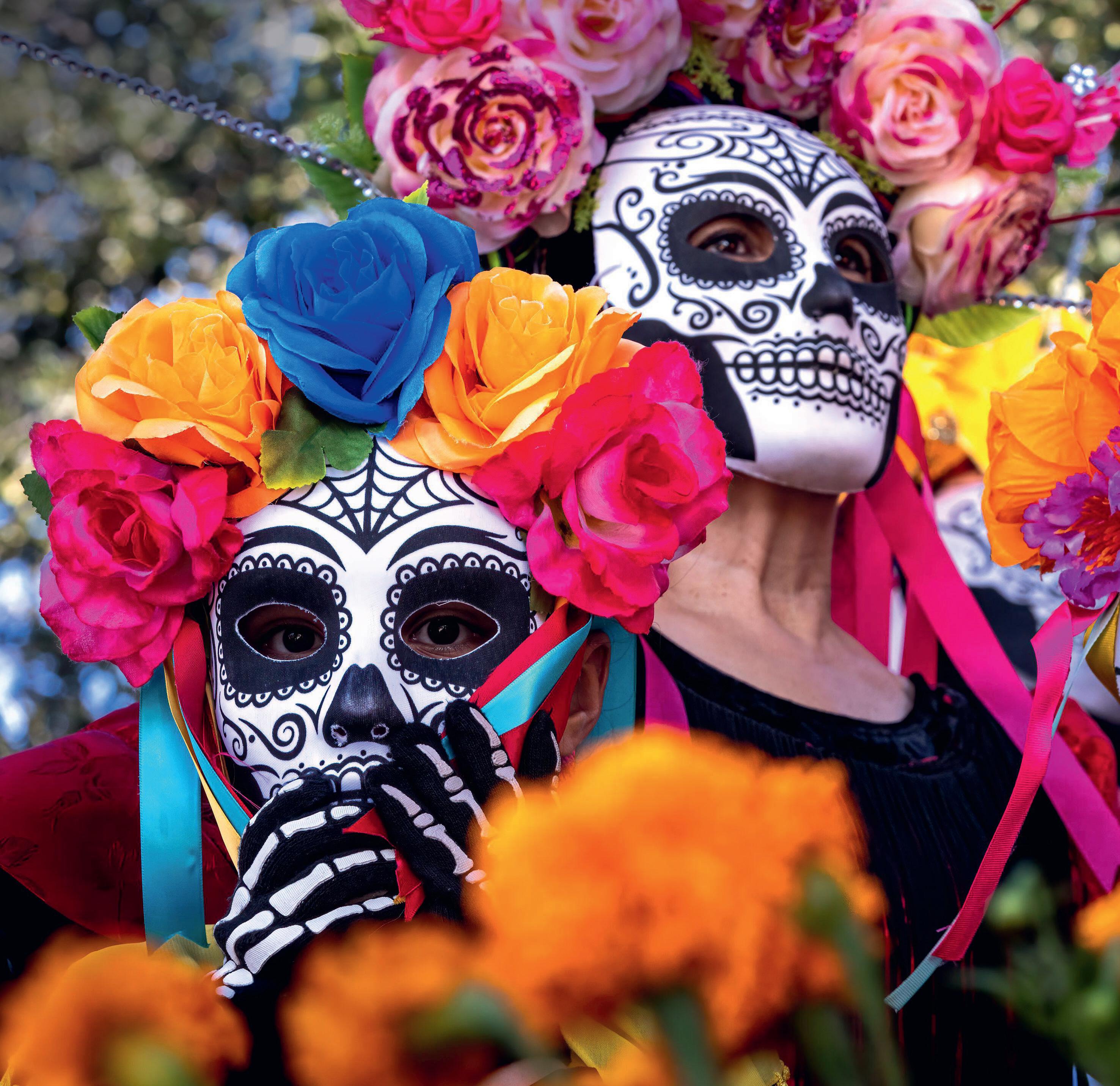




Learn about the holiday Día de los Muertos and how to make paper flowers on page 45


A wild and wonderful world awaits you inside!
Discover what your family pet wants to say on page 24
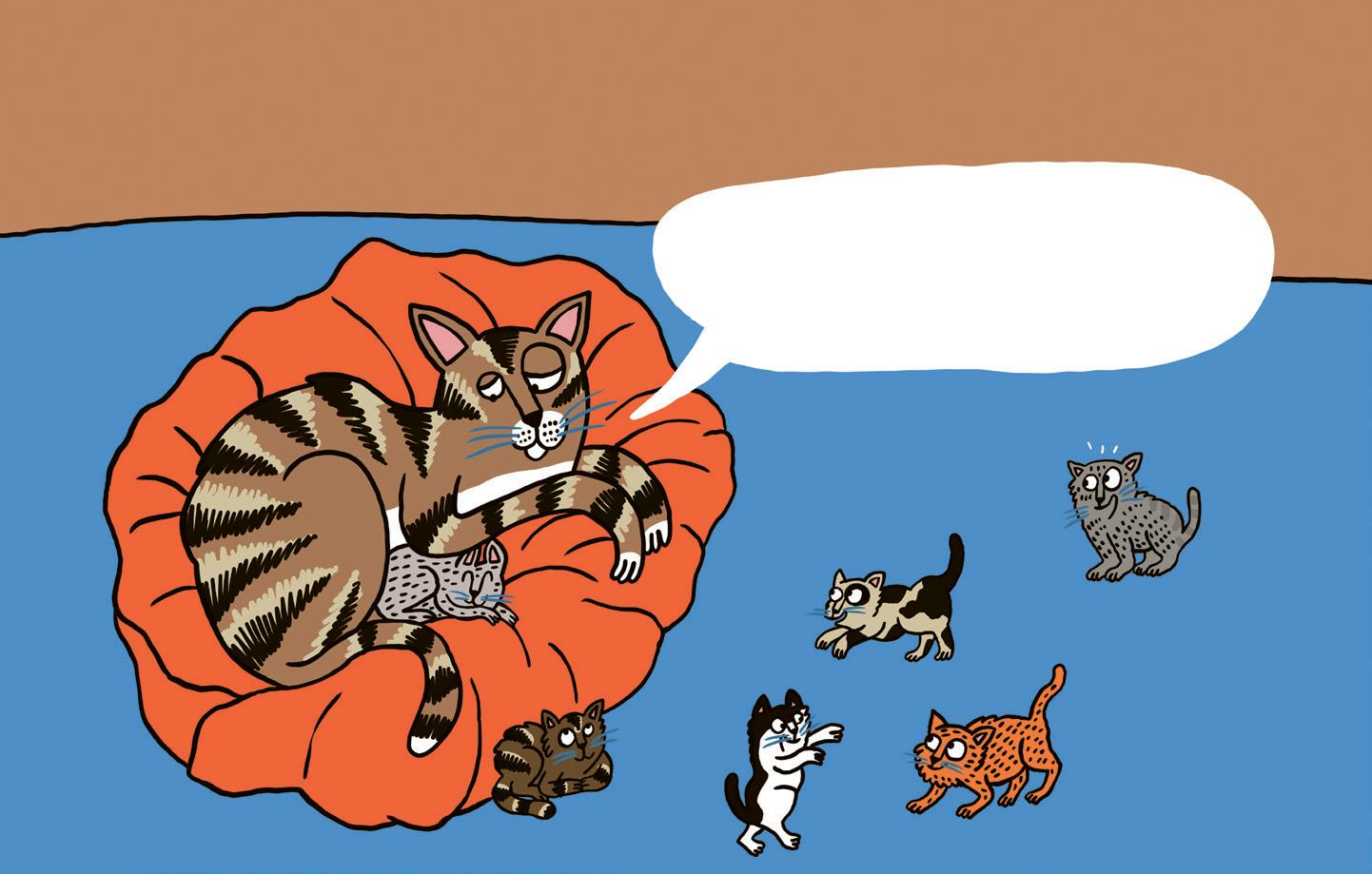
How do species evolve, and who figured it all out?
Find out on page 32
FACTOPIA!
Follow the trail of crazily connected facts on page 4 all the way from tortoises to bubble gum!
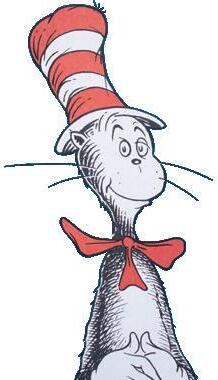
ASK THE EXPERTS
Have you ever wondered how doctors see inside the human body? Find out more about the tools they use on page 23.
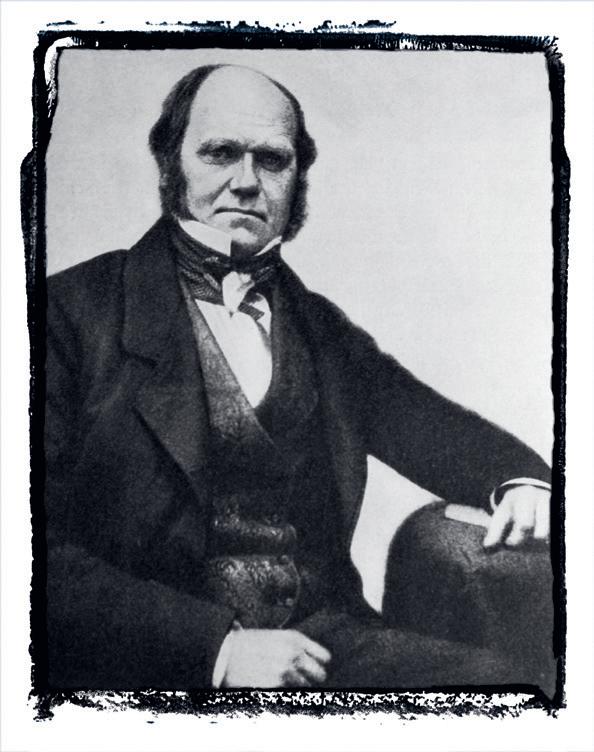
WHAT ON EARTH!
Page 6 NOBODY KNOWS
Page 19
PUZZLES & GAMES
Page 38
THE WHAT ON EARTH! QUIZ
Page 20

Trek through a world of hats on page 30, from the beret to the Santa hat.
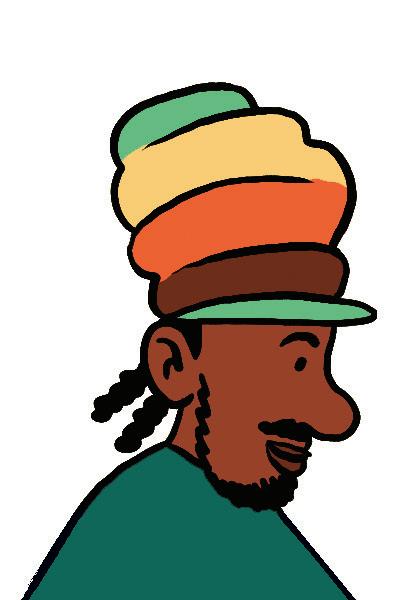

Find out more about the peaceful and innovative civilisations of the Indus Valley and Norte Chico on page 42.
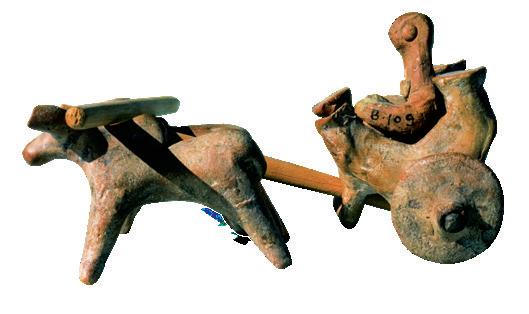

Ghosts, vampires, werewolves and more await on page 12 –if you dare!
Learn all about a fascinating new fossil find and more new discoveries on page 10
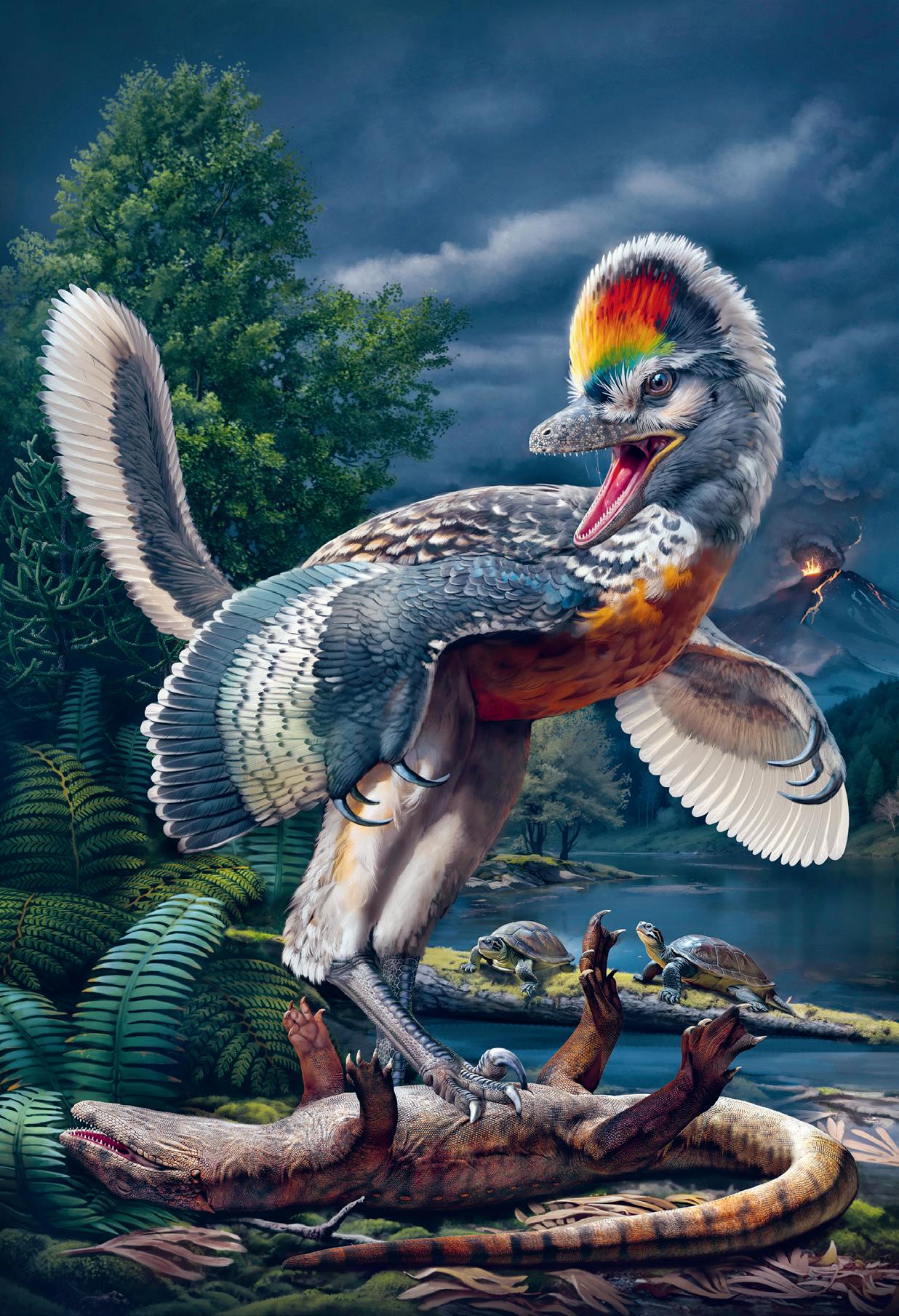

To win ALL the brilliant books featured in our October Issue, just answer this question: Who made up Dracula? Send your answer to editor@whatonearth.co.uk and a winner will be chosen at random by our jokes editor May. Good luck!

Look out for this month’s selection, hand-picked by our jokes editor May, on page 50.
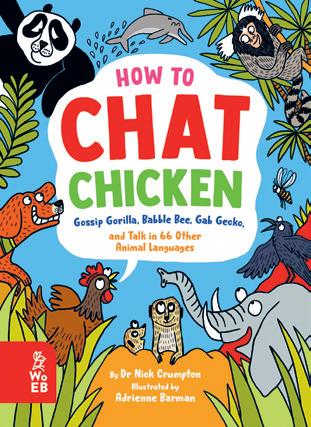
Bring the infographics on page 26 along on your next wander outside. The leaf spotter’s guide might be especially useful in autumn!
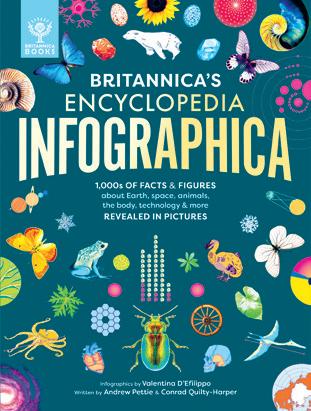
SEND IT IN!
Email us your letters, photos and favourite facts to: editor@whatonearth.co.uk
You can also find all these books (and more!) at whatonearthbooks.com/ shop
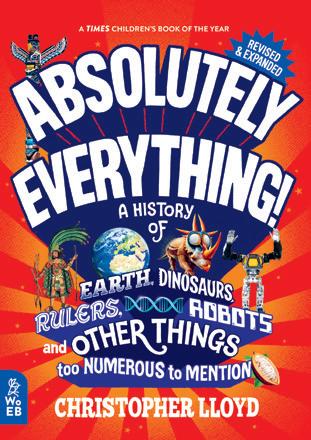

Follow the trail of crazily connected facts all the way from the oldest land animal… to a landmark covered in chewing gum!

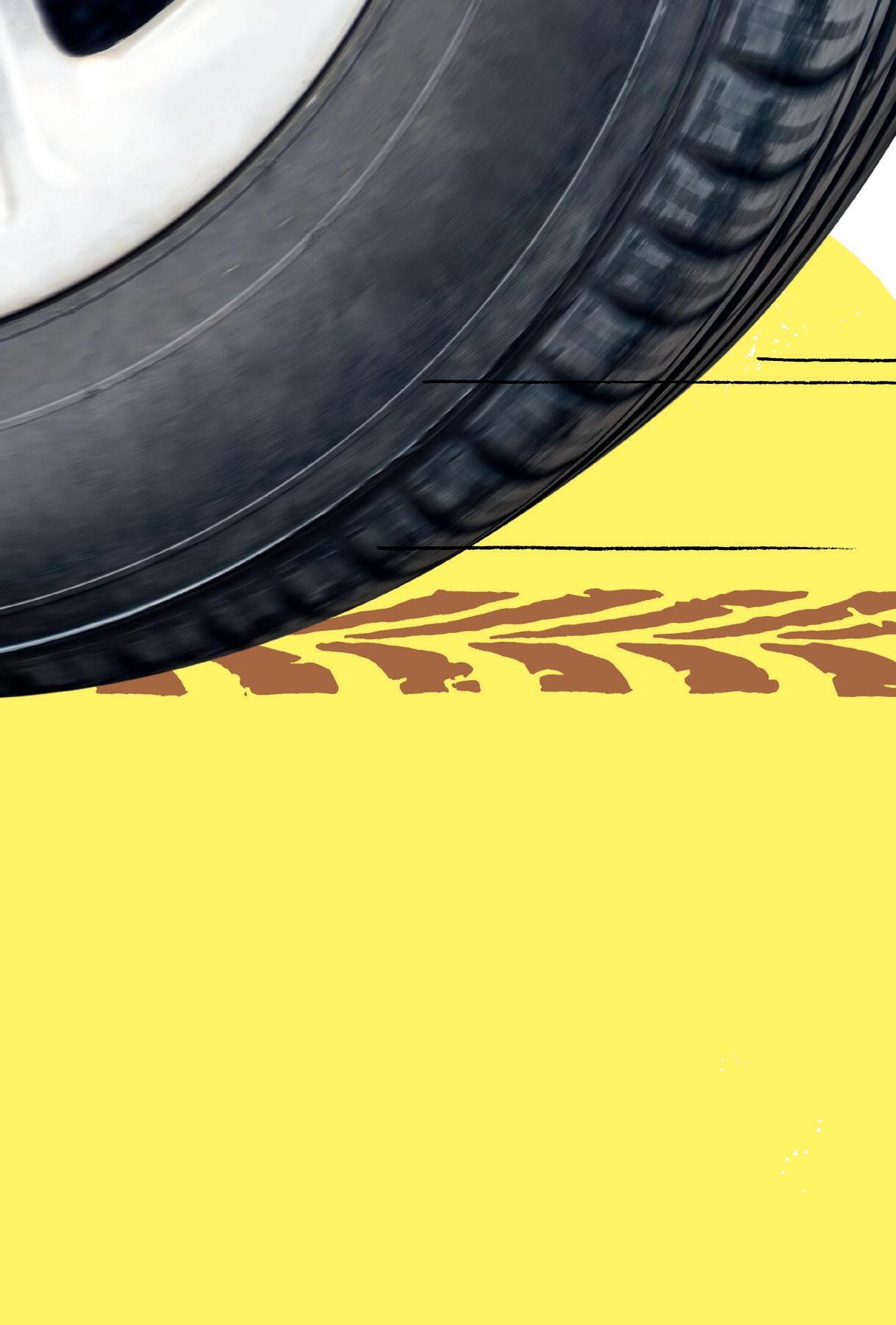

 By Paige Towler and Julie Beer
By Paige Towler and Julie Beer
The world’s longest-living land animal is a tortoise that was born before the first petrol car was even invented!
The Namib

Desert beetle survives in the extremely hot and dry desert by collecting water droplets from the air on its bumpy shell. Scientists are studying the beetle to develop a water bottle that could capture moisture from the air and refill itself.


Dozens ofgoats , sheep and donkeysareused to keepthegrasstrimmed at an

An ironclad beetle’s exoskeleton is so strong it can survive being
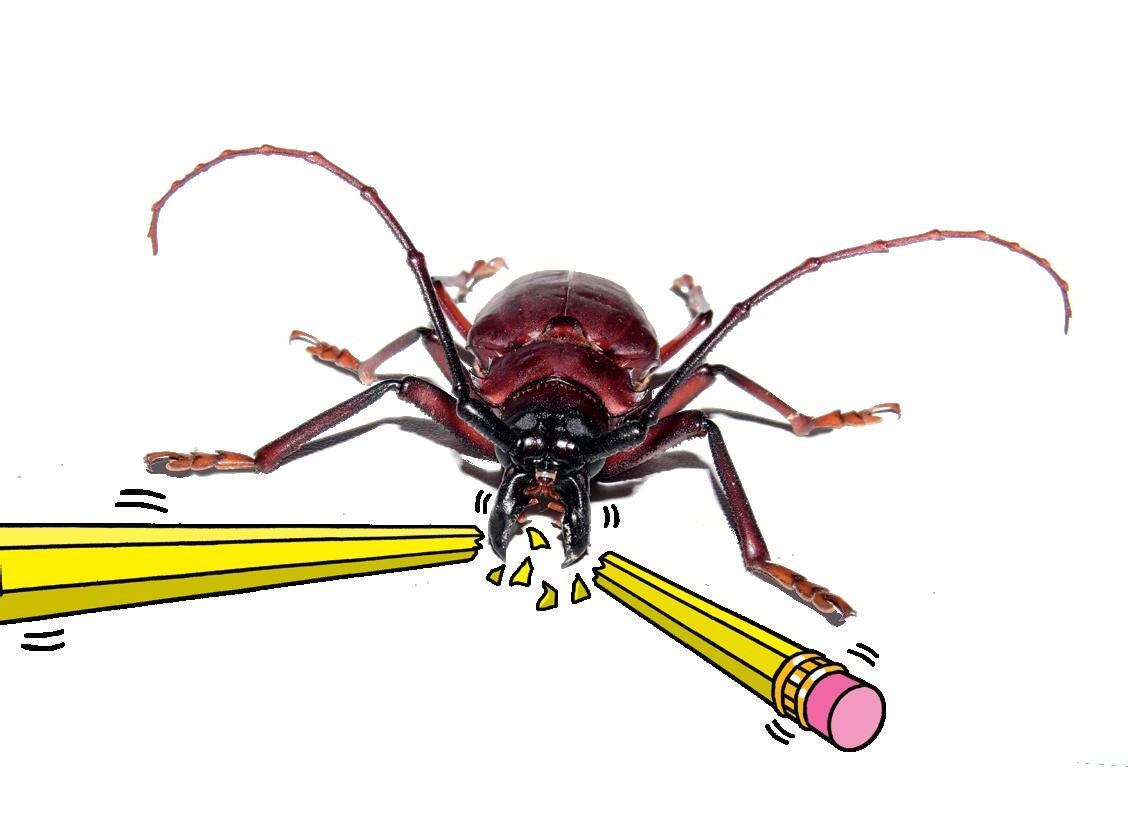



Starting around the 15th century, some horse-face armour used throughout Europe and Asia made horses look like dragons, unicorns and more
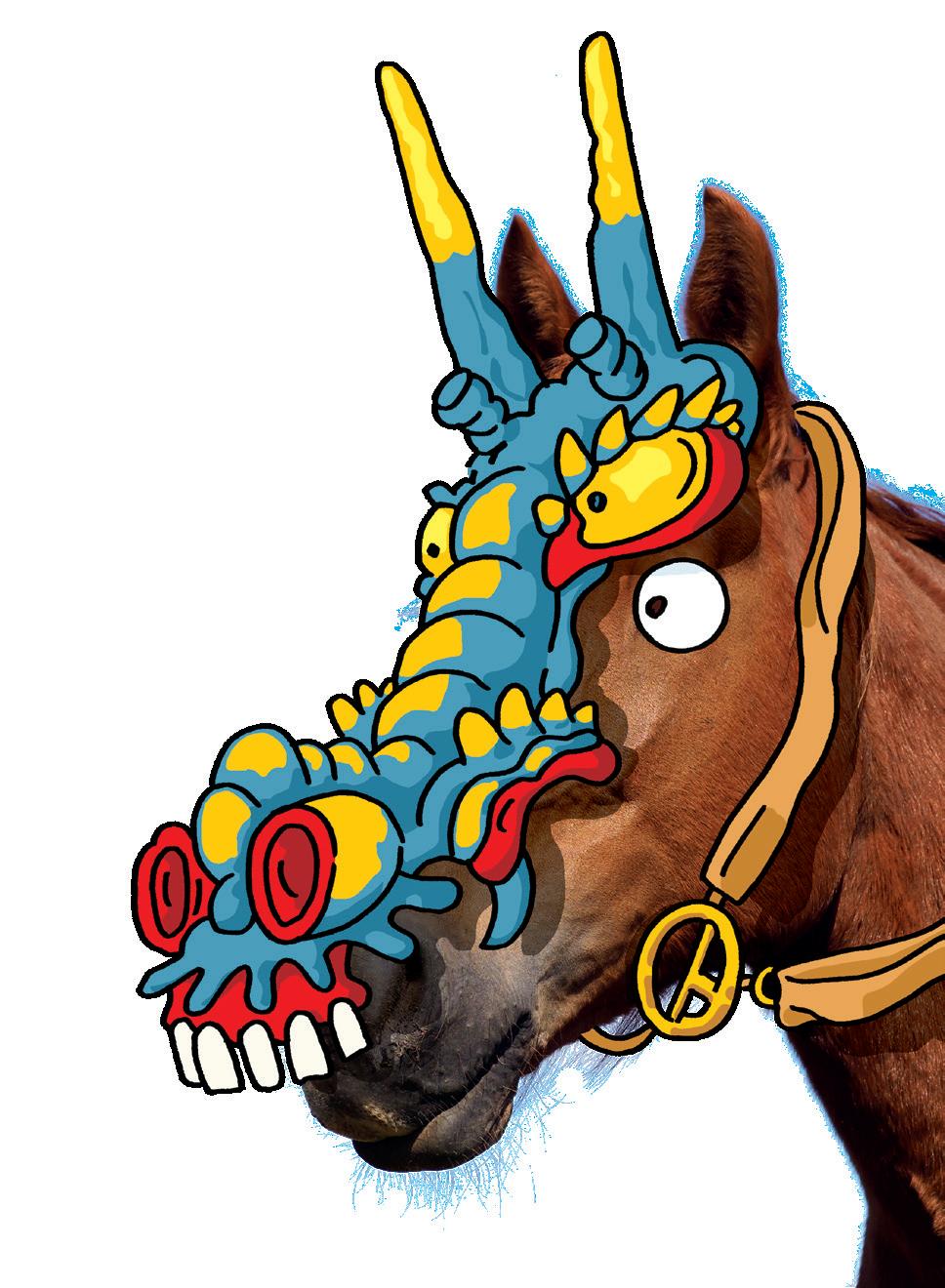


In 1969, one businessman flew racehorses around the world in a plane called Air Horse One – based on the US presidential plane Air Force One – complete with in-flight meals
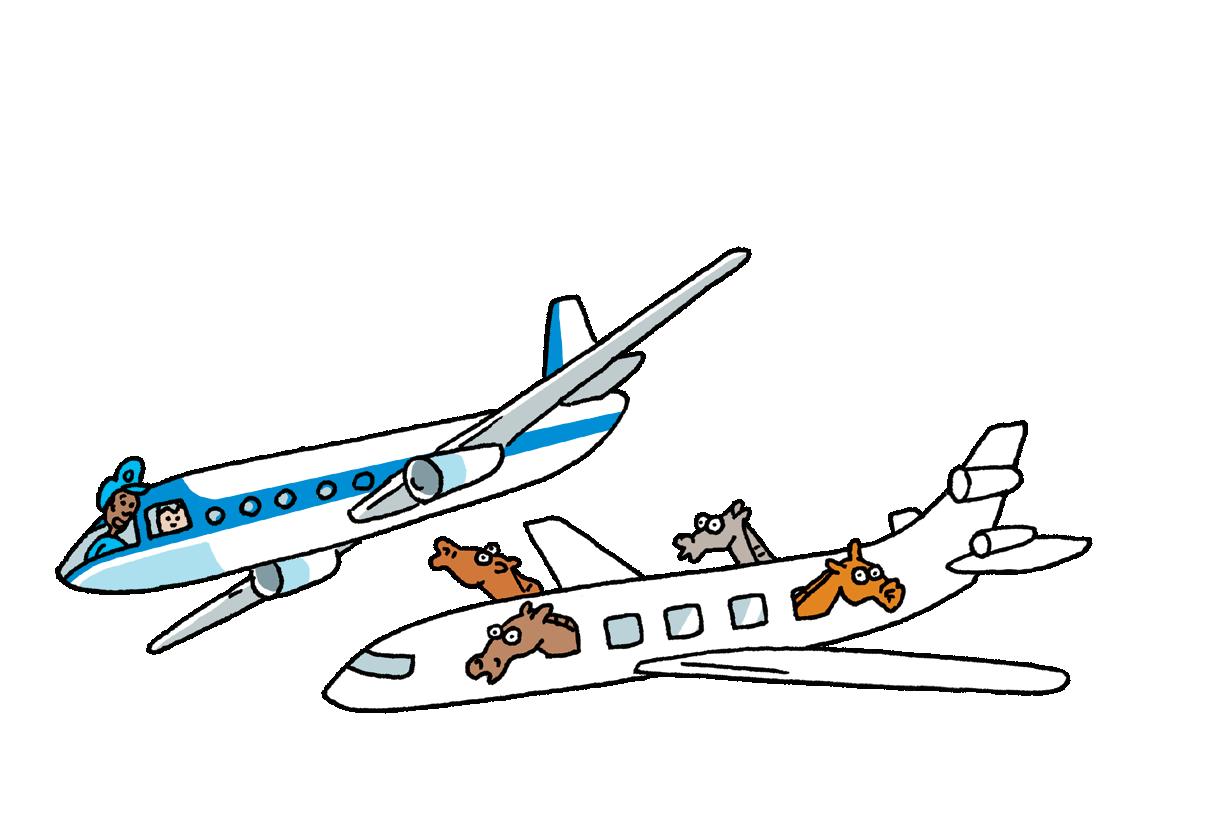

Scientists are studying the saliva left on a piece of ancient gum that someone chewed up and spat out more than 5,700 years ago.
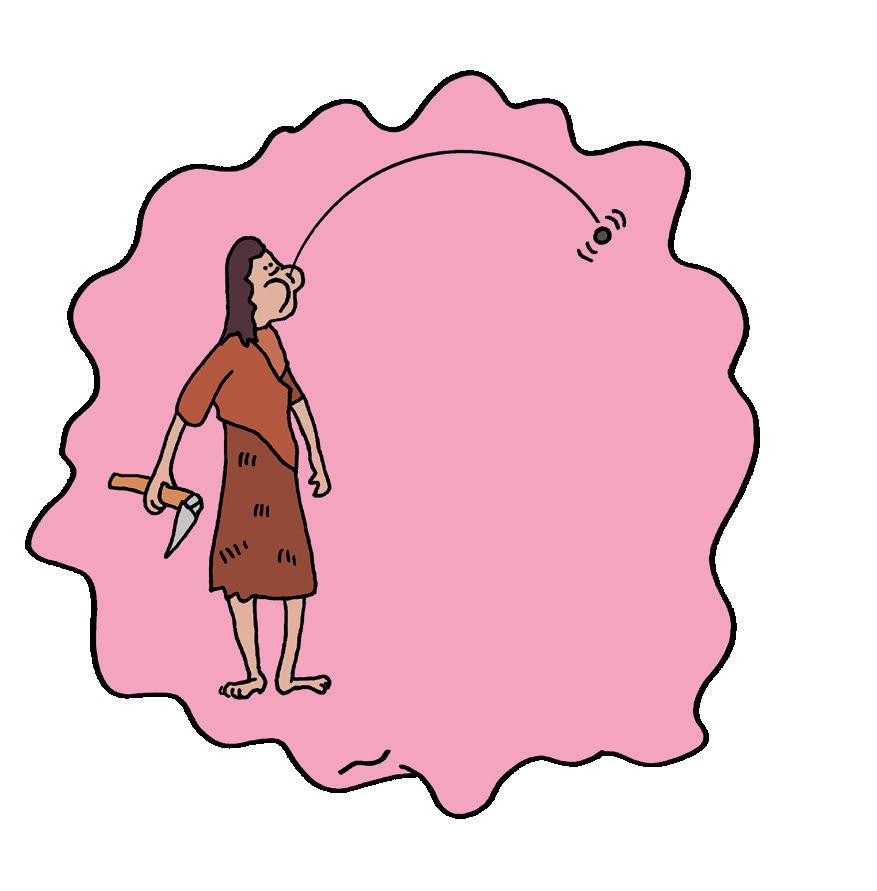
An American woman set a world record by blowing a gum bubble larger than the diameter of a football… with her nose

A famous landmark known as the Gum Wall in Seattle, Washington, USA, features hundreds of thousands of pieces of chewed-up gum that visitors have left behind!



Imagine what it feels like to be one of the four boys in this small wooden boat sailing on the Bohol Sea near the Philippines in Southeast Asia. Swimming just beneath them is a magnificent whale shark, the largest living species of fish.








This spectacular photo of a herd of crabeater seals was taken by a drone hovering in the skies above. The seals are floating on an iceberg in Antarctica, where they’re resting after a feed.

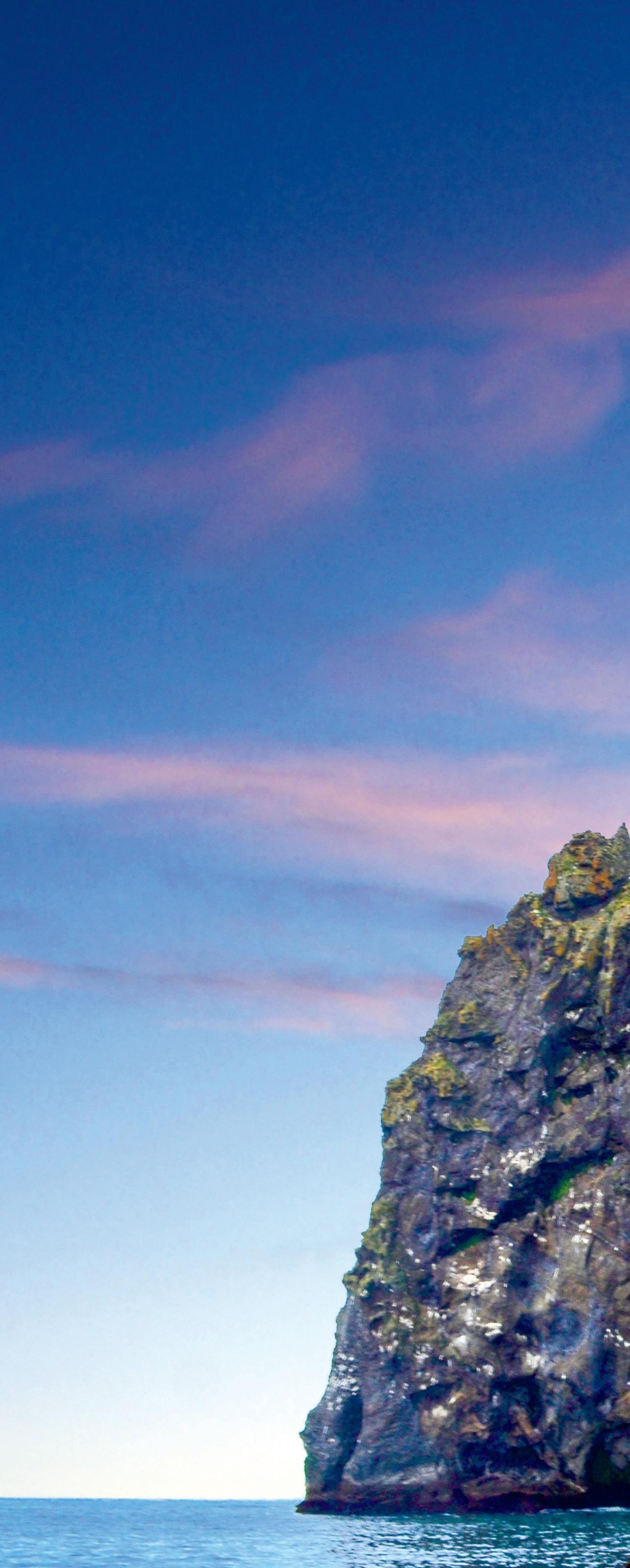
Look closely at this photo. Can you see the shape of an elephant’s head with its trunk dipping into the water? It’s a natural rock formation on the Icelandic island of Heimaey, which was created thousands of years ago following the eruption of Eldfell, a nearby volcano.

This funny photo of a fat cat was taken in a small harbour in Japan in Asia. The photographer who took it, Kenichi Morinaga, has given his photo the title ‘The Big Boss’ – and you can understand why!
To see more hilarious photos of pets and other animals, go to comedypetphoto.com
 CREDIT: NATURE TTL / FLORIAN LEDOUX
CREDIT: KENICHI MORINAGA / COMEDY PETS
CREDIT: NATURE TTL / FLORIAN LEDOUX
CREDIT: KENICHI MORINAGA / COMEDY PETS



This brave diver has just leapt off a high bridge while competing in a famous high-diving contest in Mostar in Bosnia and Herzegovina. The annual diving contest has been held in Mostar for hundreds of years. The bridge is 23 metres high, which is taller than a six-storey building!

Palaeontologists in China have discovered a new dinosaur, Fujianvenator prodigiosus, that is thought to be a missing link between dinosaurs and birds. Scientists already have proof that birds evolved from dinosaurs, but there are many large gaps in the fossil record – which is the fossil proof that scientists have found so far.
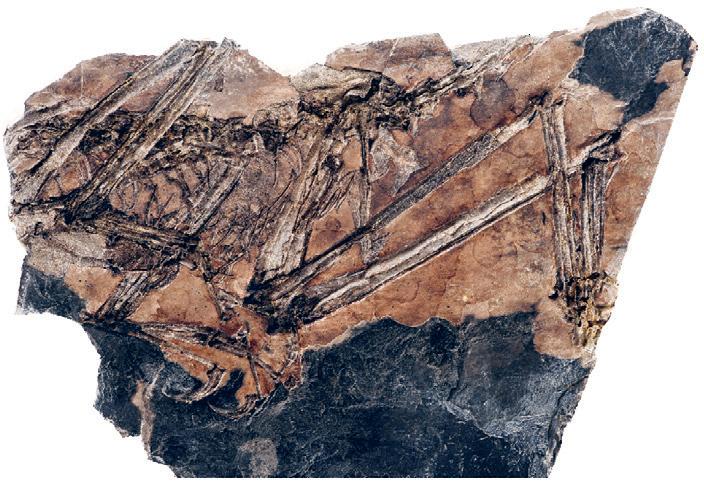
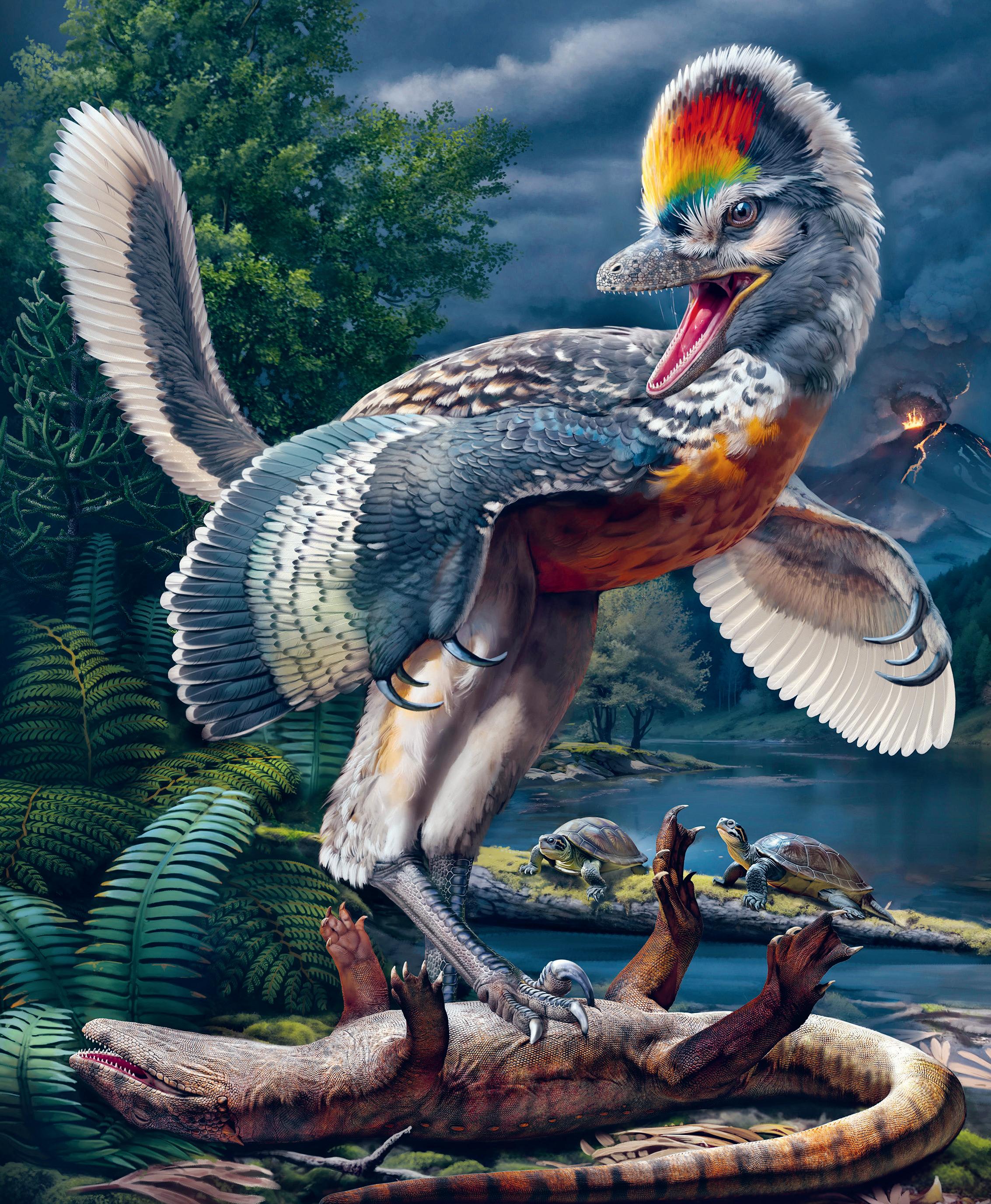
It takes very specific conditions for an animal to become a fossil. Scientists estimate that less than one tenth of 1 per cent of all species that have ever lived became fossils! The exciting new fossil find of Fujianvenator prodigiosus is making scientists rethink how the evolution from dinosaurs to birds happened. The fossils of Fujianvenator show that dinosaurs were starting to become birdlike in shape and had winglike arms. However, its legs are much longer than scientists would have expected. With its very long legs, Fujianvenator may have been a high-speed runner – or it may have waded in swampy waters like modern-day cranes and storks.
 Above: a Fujianvenator fossil found in China. Main: what the flightless dinosaur might have looked like.
Above: a Fujianvenator fossil found in China. Main: what the flightless dinosaur might have looked like.
The latest astonishing discoveries, inventions and scientific breakthroughs.Ostrich Emu

The Indian Space Research Organisation (ISRO) landed its first mission on the Moon on 23rd August. India became the fourth country to land on the Moon after the US, Russia and China, and the first ever to land in the Moon’s southern polar region. The mission left a lander named Vikram (meaning ‘valour’) and a rover named Pragyan (meaning ‘wisdom’) to study this mysterious

region of the Moon and take measurements. Before now, all the spacecraft that have landed on the Moon have done so closer to its equator. But there is frozen water in the Moon’s polar regions that space exploring organisations are keen to find out more about. If there is enough of it, the ice could help future Moon missions as a potential source of fuel, oxygen and even clean drinking water.
A very rare baby was born at Brights Zoo in Tennessee in the United States during the summer. It was a spotless giraffe! The zoo asked people to vote to name the baby giraffe. And the winning name was Kipekee, which means
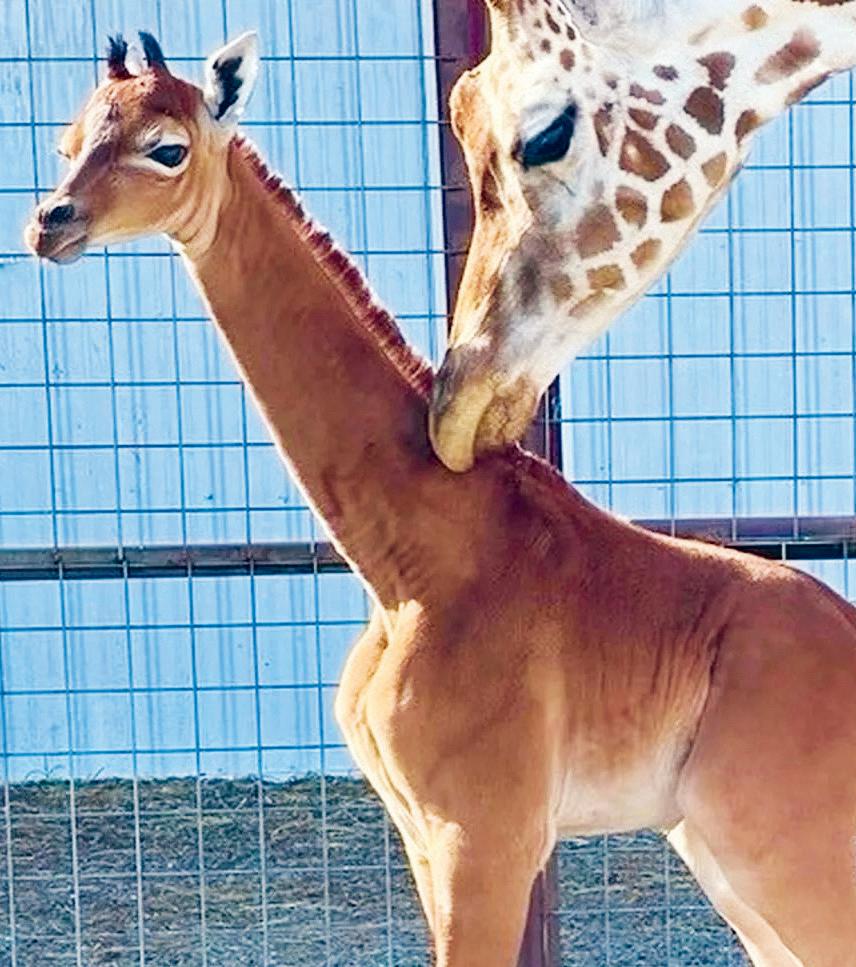
‘unique’ in Swahili. Kipekee’s mother is a reticulated giraffe, a type of giraffe that comes from Africa and has brown and orange spots. Giraffe experts think that Kipekee is the only reticulated giraffe in the world that doesn’t have any spots!
A ship called Pyxis Ocean recently embarked on its first voyage with special sails that allow it to use wind power at sea. The sails, called WindWings, are meant to be used along with the ship’s engine. The wings are more than 35 metres tall and made of the same material as wind turbines. They have to be very large to power the cargo ship, which is about 225 metres long – or as long as two football pitches! Luckily, the WindWings fold away neatly
when they’re not being used. The company that owns the ship hopes that by using the WindWings they will be able to save fuel, which is much better for the environment. Experts estimate that about 3 per cent of all carbon emissions, which contribute to climate change, are caused by shipping. If more cargo ships can be fitted with WindWings, that number could significantly decrease.

Just in time for Halloween, let’s explore humans’ fascination with ghosts, ghouls and goblins – and find out where many spooky stories come from…
By Alison EldridgeHumans love to tell spooky stories, especially in the autumn around Halloween. Ghosts, vampires and werewolves are all ideas that date back thousands of years. But why

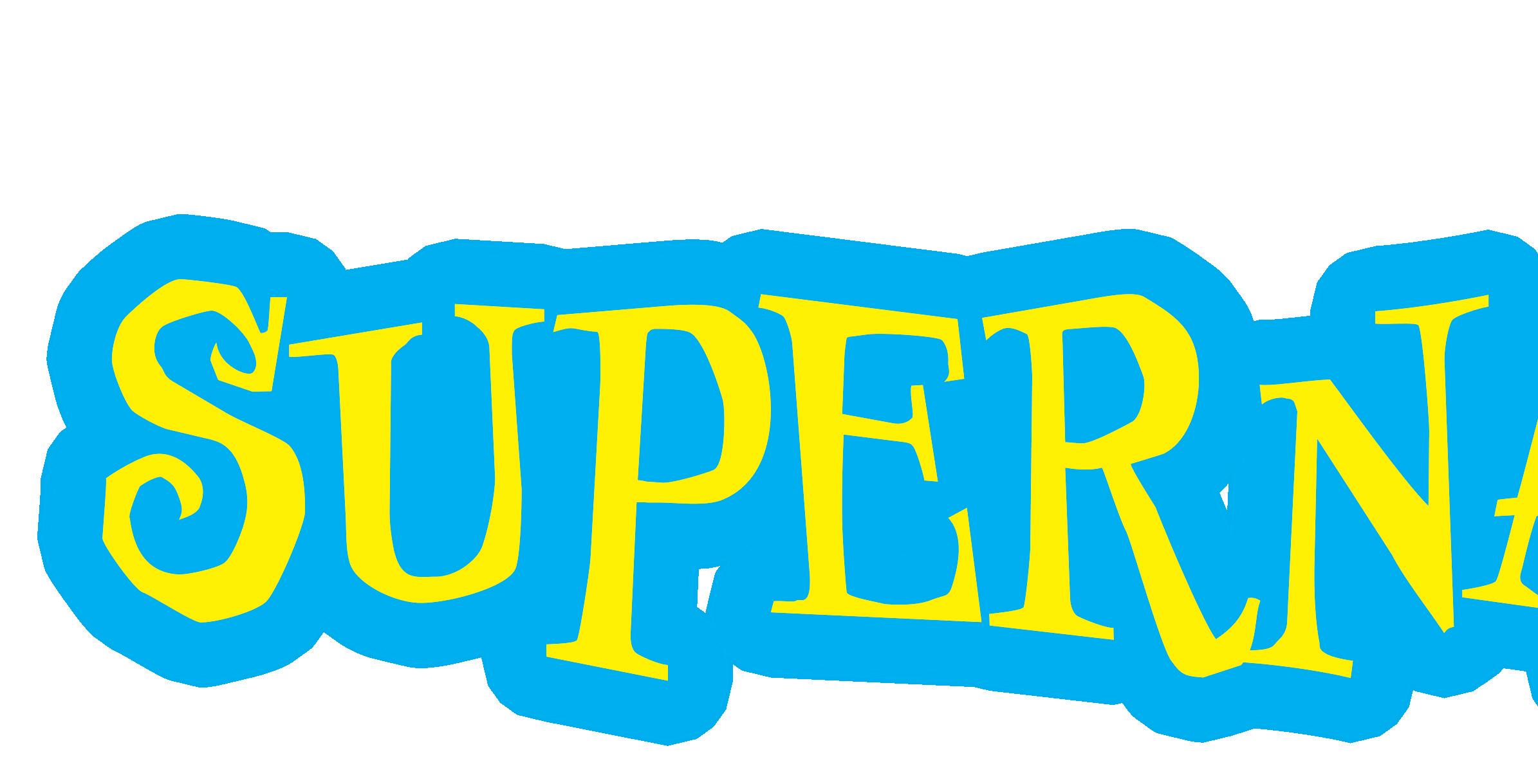
do we love to scare ourselves, and each other?
Scary stories can help people to teach each other lessons, especially parents to children. Fear helps us know to stay away from creatures that might bite or poison us,
or those dark woods that are full of wolves and bears!
Scientifically, feeling afraid can actually make you feel good. When we get scared, our bodies produce a chemical called adrenaline, that makes us feel a rush of excitement.
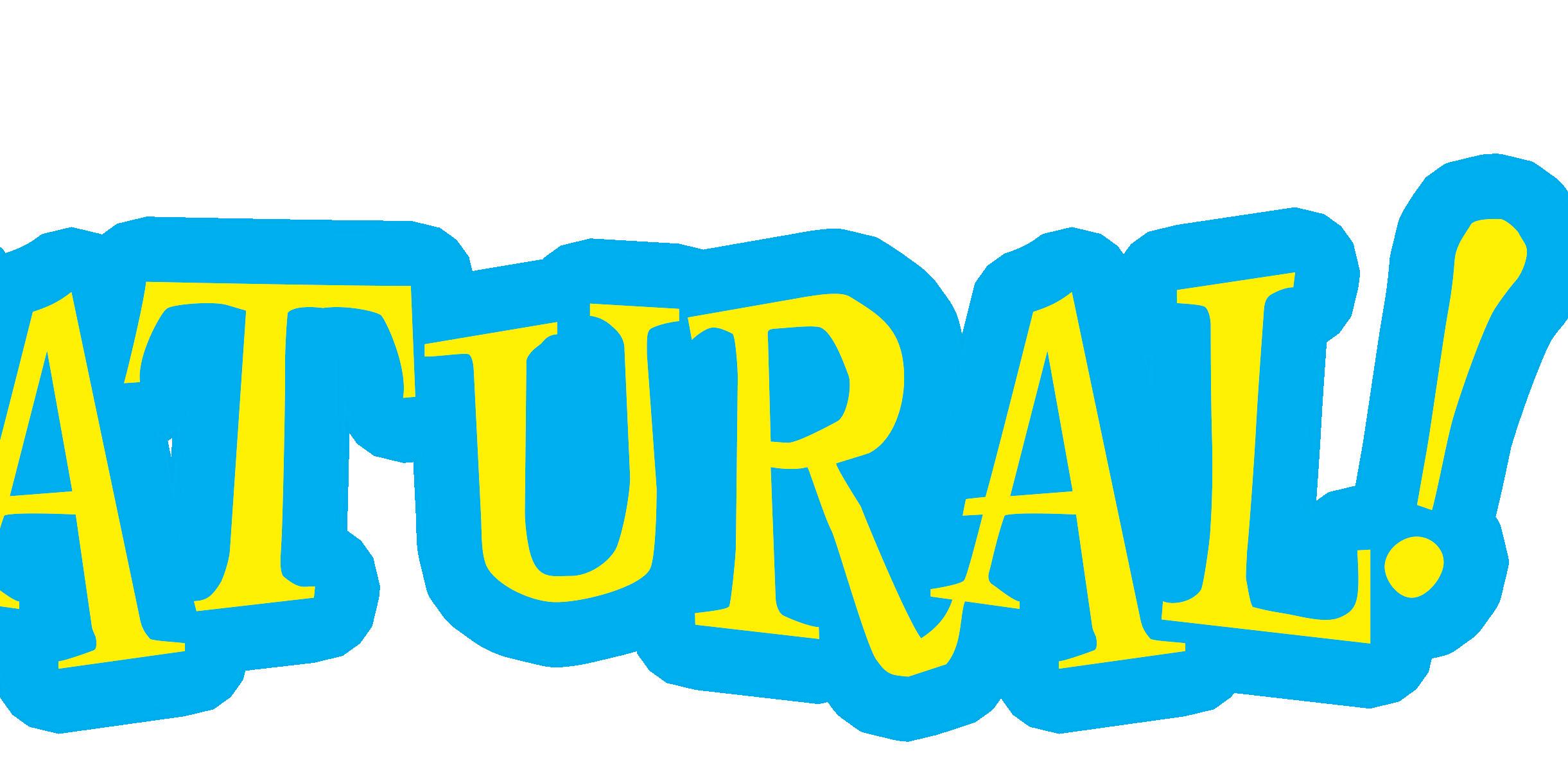
Our breath gets quicker, our hearts beat faster and our senses grow sharper.
So when you’re ready, turn the page to get a little scare… if you dare!
Continued on next page

So far, scientists have not found any proof that ghosts exist. So why are so many people so sure that they do?

There are a lot of explanations for ghost sightings. Many explanations within in the brain. Some people may believe they see ghosts because they had a hallucination, which is seeing something that isn’t there. This might happen between sleep and waking, and a person ends up dreaming with their eyes open.
Another reason people may believe they’ve seen a ghost is because of how the brain works. Brains are very good at analysing patterns and filling in gaps. That’s why you can see shapes like cats in the clouds. When your brain is trying to fill in gaps in your perception, it may make you think you see or hear things that aren’t really there. There is also something called ‘infrasound’, which is sound that is too low for humans to hear. Your brain can still perceive it but may not quite know what it is, which may cause feelings of sadness or fear.

The ancient Celts celebrated Samhain (pronounced SAH-win), the predecessor to Halloween.
To them it was a time when the barrier between the human world and the spirit world was thin and allowed spirits to pass through. They believed that spirits of people who had died that year travelled to the other world and other spirits returned to visit their homes. The people dressed up in disguises and costumes to hide themselves from the wandering spirits – just like people do for trick or treating today!
In Italy 17 is an unlucky number. In Roman numerals it is written XVII, which can be rearranged to vixi, which means ‘I am dead now’ in Latin.
13
In Western cultures people think the number 13 is unlucky. In many tall buildings the 13th floor is given a different number.
8
In India the number 8 is considered unlucky. It is associated with unlucky stars. Many catastrophes in India have happened on the 8th day of the month.

4
In Asian countries such as China, Vietnam, Japan and Korea, number 4 is unlucky. That’s because in their languages the word for 4 sounds similar to the word for death.
SPOOKY STUFFWerewolves go back at least to Ancient Greek mythology, and possibly even before. According to one legend, a man named Lycaon angered Zeus, the king of the gods, and Zeus turned Lycaon into a wolf. There’s an old Nordic saga about werewolves, too.
In it, a father and son discover wolf pelts, or skins, that, when they put them on, turn them into wolves for 10 days.
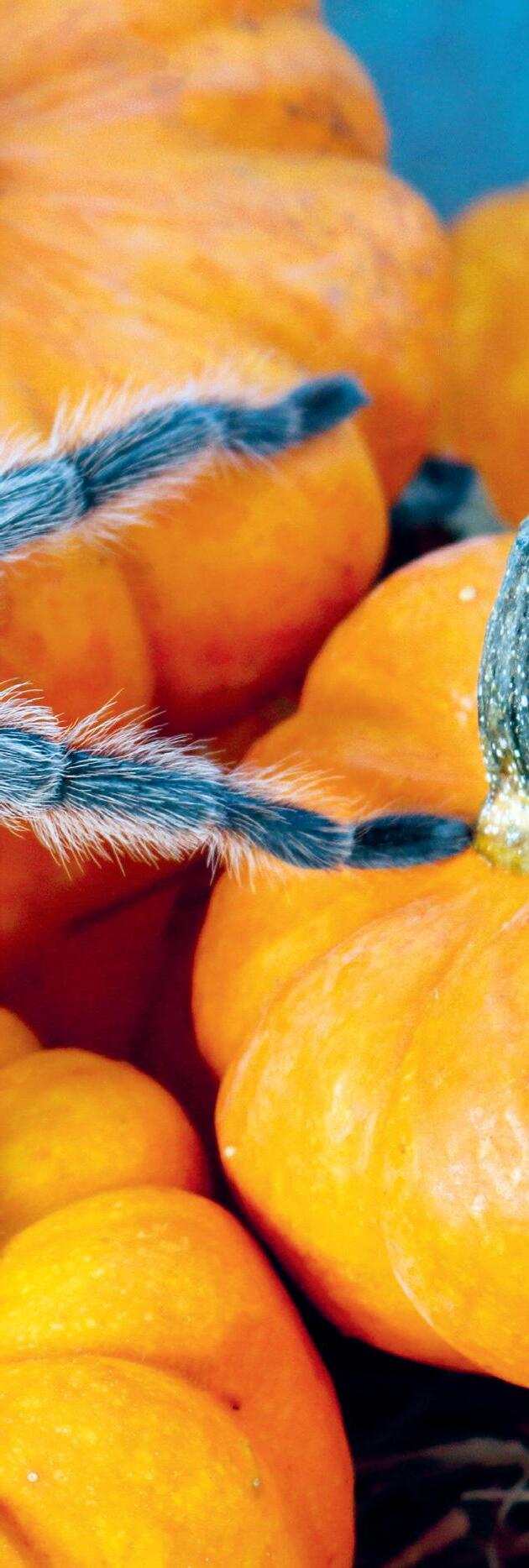
Superstitions are beliefs that things happen because of supernatural causes, or that supernatural events can be caused or predicted by things you do. They are often passed down among communities and families.
Naughty nails
In some countries, including India, Turkey and Japan, cutting your fingernails or toenails after dark is considered bad luck.
Noodles for life
In China, you should never cut your noodles. Long noodles symbolise a long life, and if you cut them you may cut your life short!

Spinning up luck
In many places, spiders are good luck. If you see a small spider on you it means you’ll come into money – so don’t squish it!
Pass the salt
Another superstition says that if you spill salt you may suffer bad luck. You can ward off evil by tossing the spilled salt over your left shoulder.
In Christianity 8 is considered an ‘angel number’. On its side, it looks like ∞ which is the symbol for infinity. In China 8 is a lucky number as well; in Cantonese the word for 8 sounds similar to the word for prosperity.
4 For some people 4 is a lucky number. If you find a rare four-leafed clover you are very lucky indeed!
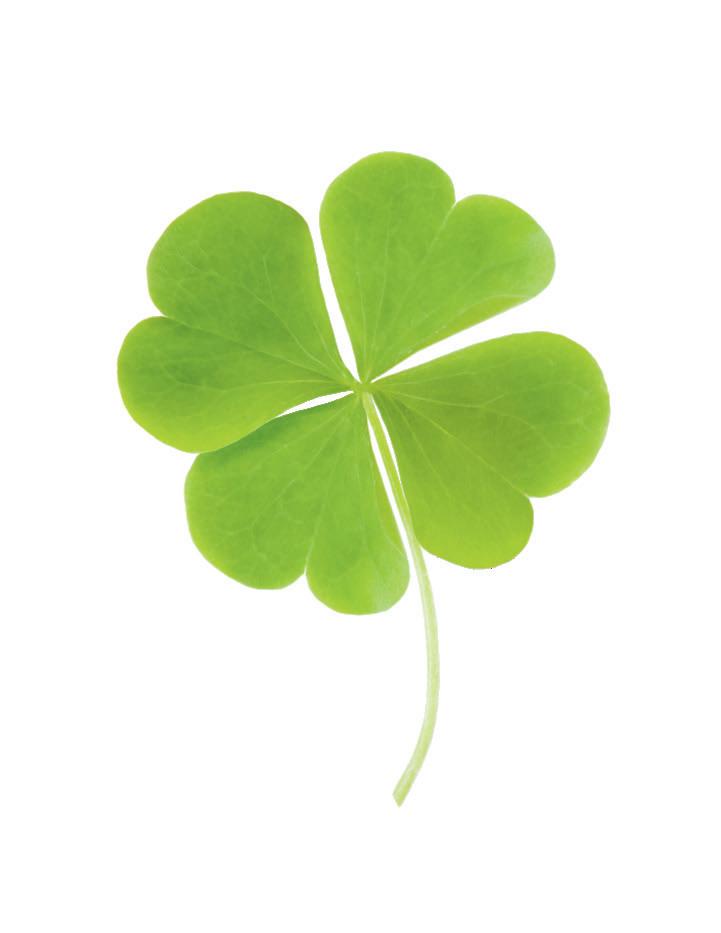
Broken mirrors
One popular superstition is that breaking a mirror can cause you 7 years of bad luck.

An eggy mess
One superstition says that if you don’t crush your eggshells a witch will use them as a boat and cause storms at sea!
The 13th
In many countries, Friday the 13th is an unlucky day. But in Spain and Spanish-speaking countries it’s Tuesday the 13th!
Black cats mean bad luck
In some countries, a black cat crossing your path is seen as bad luck.
Vampires today are most associated with Count Dracula, a character originally from an 1897 novel by Irish writer Bram Stoker who has appeared in many films, TV shows and books. But vampire-like creatures appear as far back as Ancient Greece. Most vampire myths come from Eastern Europe. Historians think myths about vampires could have originated from certain illnesses that make people sensitive to sunlight or cause biting and even an aversion to sunlight and garlic!
99
In China 9 is a lucky number. It sounds similar to a word that means longevity. In China people might buy their partner 99 roses for Valentine’s Day or a wedding proposal as a symbol of their forever love!
7
Many people believe number 7 is lucky. There are 7 seas, 7 wonders of the world and 7 days of the week!
Not everyone thinks black cats are bad luck. In Scotland black cats bring prosperity!
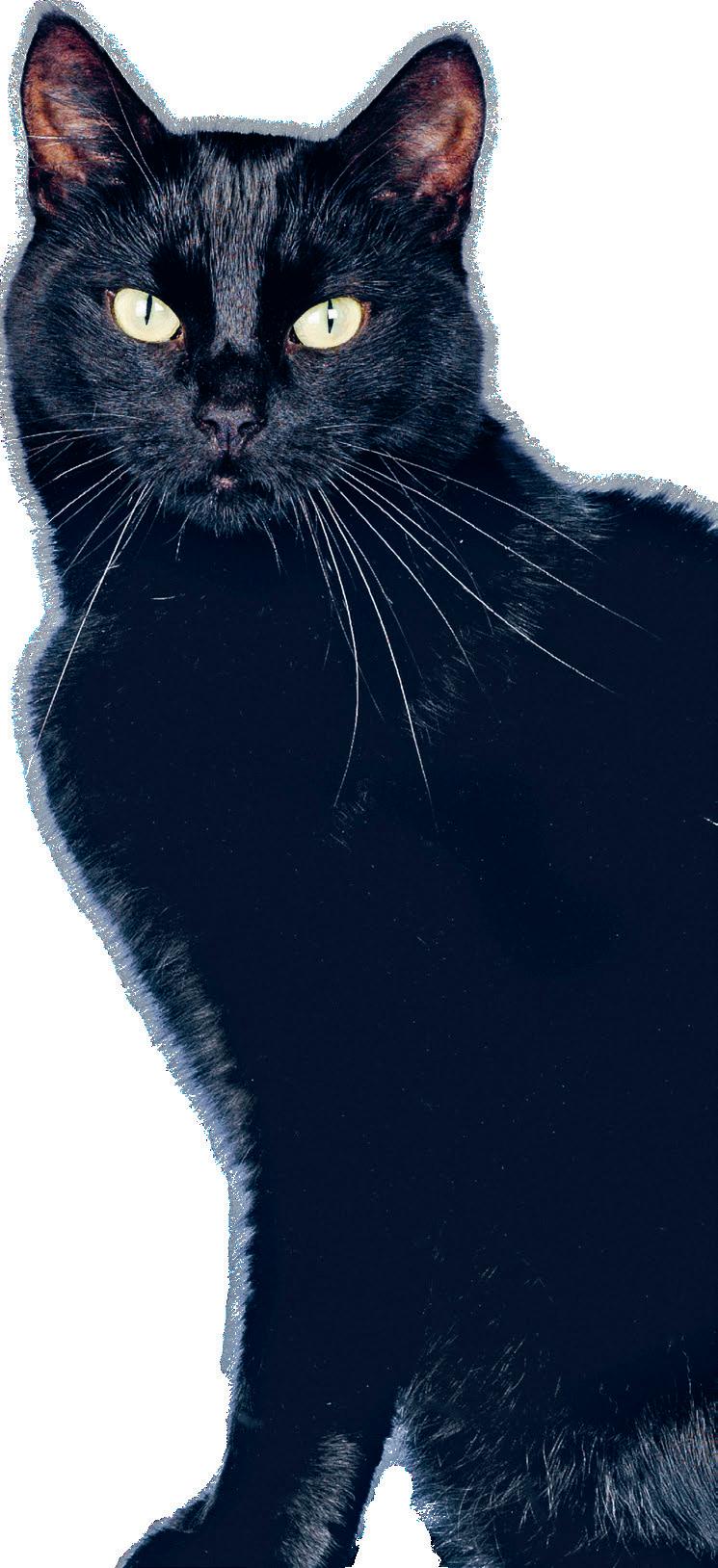
Ghost stories are told all around the world. Here are 13 places that are famously said to be haunted, and the ghosts that are said to dwell there!
Home to: Gunna, who came back as a spirit to take revenge. People claim they still see her in the mist of the geothermal mud pool here.
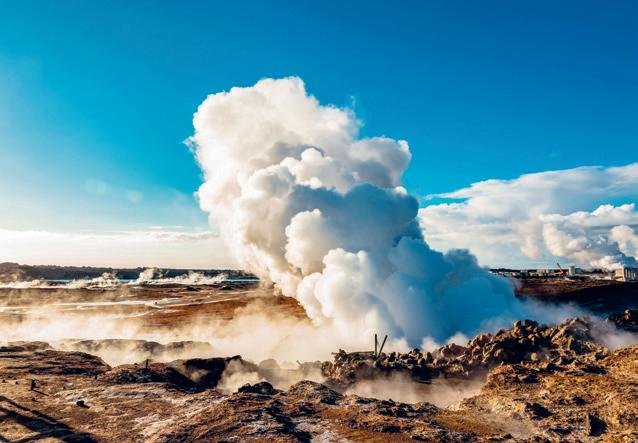

Home to: Sam the bellman, who still comes to work even after his death!
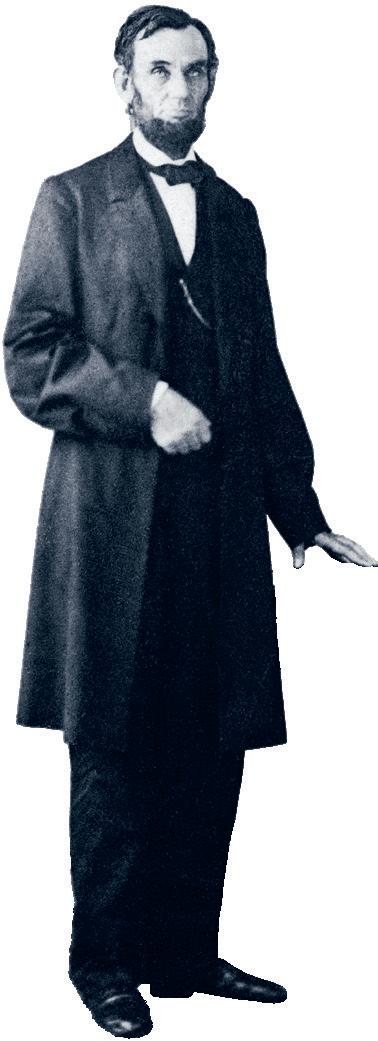
Home to: Various presidents, including Abraham Lincoln. British Prime Minister Winston Churchill claimed to have seen Lincoln’s ghost after he stepped out of a bath.

Home to: The ‘Stone Lady’, a woman with black hair and glowing red eyes.
Home to: A ghost dog that roams the castle’s dog cemetery.
Home to: David Alleno, a gravedigger who worked at the cemetery. People say they can still hear his keys jangling…


Home to: Many ghosts, including a crying woman dressed in white.


Home to: The ‘Green Lady’, who is said to have been wearing a green dress when she was murdered.
Home to: A samurai who was going to avenge the death of his lord. He was killed before he could get his vengeance, so he stayed in this tunnel.


Home to: Djinn, shapeshifting spirits, who reportedly caused the townspeople to flee.
Home to: Kate, a nurse who liked to play cards with her patients. People say they can still hear her shuffling cards today in a room on the second floor.
Home to: Kate Larnach, who still goes dancing in the ballroom that was built for her 21st birthday.
Home to: A sorcerer who fell in love with a princess and tried to bewitch her. She found out about his plan and killed him.

Have you ever felt like something just happened to you twice in a row? Maybe you feel like you’ve been in a place before, but can’t ever remember having been there. Or maybe you have a feeling you know what is about to happen.
If so, you’ve experienced déjà vu. Déjà vu, which means ‘already seen’ in French, is experienced by about 60 to 70 per cent of people. It is more common in young people than older people. People who are stressed or people who remember their dreams easily tend to experience déjà vu more. The feeling usually only lasts for a few seconds and then goes away. Scientists aren’t exactly sure what causes déjà vu, but it seems to have to do with the way the brain processes memories. It may be that there’s miscommunication between your temporal lobes, which are parts of your brain that help you remember words, places and people. One experiment found that people had déjà vu when they were shown scenes similar to ones that they had already seen.
Theideaofthezombiecomesfromthe zombioftheHaitianVodoureligion. InVodouazombiwasbelieved tobeabodyreanimatedbya explorershamanorpriest.AmericanWilliamSeabrookwrotea bookaboutHaitianddescribedthe zombiforanAmericanaudience. Hollywoodtookoverfromthere, zombiesmakingupstoriessuchasthathaveanappetiteforbrains!
For hundreds of years people who lived by the sea have told tales of ‘ghost ships’ crewed by ghastly sailors. Some of these stories may have been inspired by an optical illusion called a Fata Morgana, which can make ships look ghostly, or even like they are floating above the horizon! This mirage is caused by the way light
bends towards colder air. Fata Morgana are more common in cold regions, or in places where the weather is warm and the ground is cold. They can even be seen in the desert!
A Fata Morgana is a type of mirage that distorts distant objects. It can be seen on land or sea. It’s caused when the sun heats up the atmosphere above the land or oceans, causing light to bend as it passes through the different air temperatures.
TheFlyingDutchmanis tale.apopularghostship explainedItcanprobablybe MorganabytheFata mirage.
Our brain assumes that light travels in a straight path. So when we see an object, our brain thinks it is where the object would be if the light’s path ran straight.
Ship appears to float in the air
Progressively warmer air

1 Hummingbirds are the only birds that can do what?


a. Blink
b. Fly backwards
c. Lay eggs

d. Quack
2 Beetles make up what percentage of all living animal species?

a. 3 per cent
b. 5 per cent
c. 15 per cent
d. 25 per cent
3 What is the largest species of fish that is still living?
a. Manta ray
b. Sunfish
c. Whale shark
d. Great white shark
Test your family’s brainpower by playing the What on Earth!
Quiz together. Regular readers may have an advantage because some of the facts appeared in previous issues of the magazine. Don’t worry if you don’t know them all, though – the answers are at the end of the quiz!
4 What was the first animal to be cloned?
a. Fruit fly
b. Rat
c. Sheep
d. Dog
5 How long can a cockroach live without its head?
a. 3 minutes
b. 3 hours
c. 3 days
d. 3 months
6 Approximately how many kettles would the energy from a single bolt of lightning boil?
a. 15 kettles
b. 150 kettles
c. 1,500 kettles
d. 15,000 kettles
7 What is the nickname that has been given to the world’s tallest tree?
a. Centurion
b. Hyperion
c. King Stringy
d. Raven’s Tower
8 Which of these four planets doesn’t have any rings around it?
a. Saturn
b. Jupiter
c. Neptune
d. Mars
9 Based on DNA testing, fungi such as mushrooms are most closely related to which of these other species of living organism?
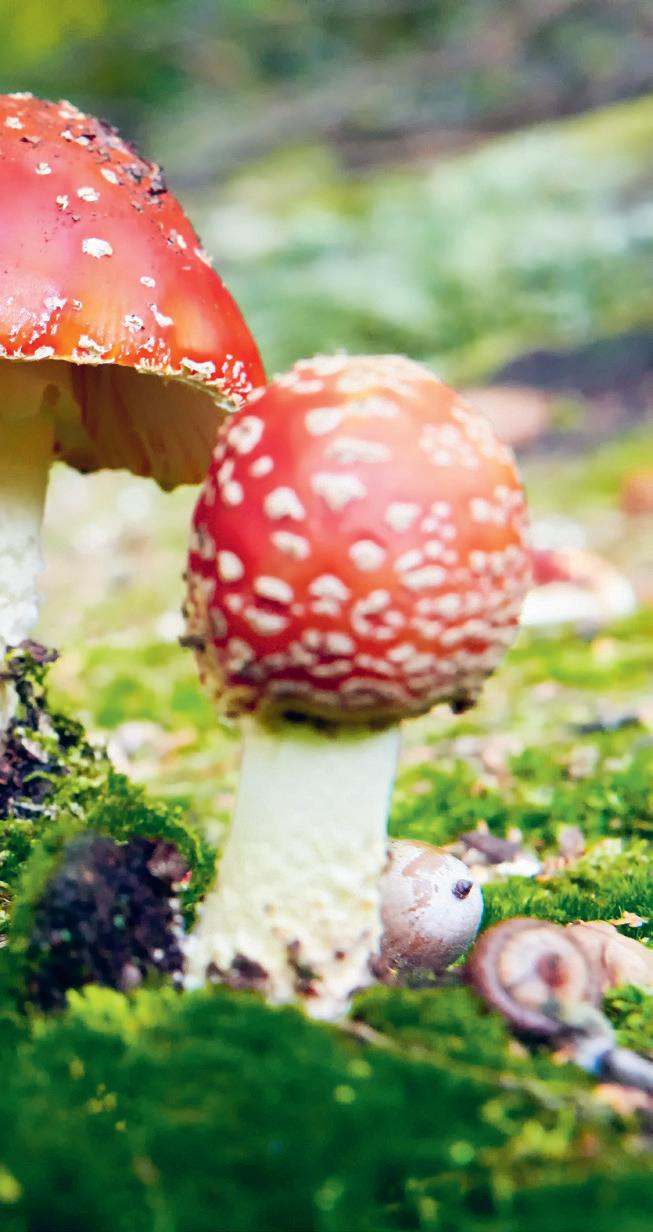
a. Humans
b. Ferns
c. Trees
d. Sunflowers
13 Approximately how long does it take for a nerve impulse to travel from your spinal cord down to your big toe?
a. 0.01 seconds
b. 0.1 seconds
c. 1 second
d. 2 seconds
14 Humans lose 80 per cent of their body heat through which part of their bodies?
a. Feet
b. Legs
c. Head
d. Hands
15
On average, how many teeth does an adult human have?
a. 15
b. 25
c. 32
d. 44
10 Approximately how many planet Earths could you fit inside the Sun?
a. 130
b. 13,000
c. 130,000
d. 1,300,000
16
Which monster had hair made of snakes?
a. Cerberus
b. Cyclops
c. Medusa
d. Sphinx
11
What is the coloured part in the middle of the eye called?
a. Iris
b. Cornea
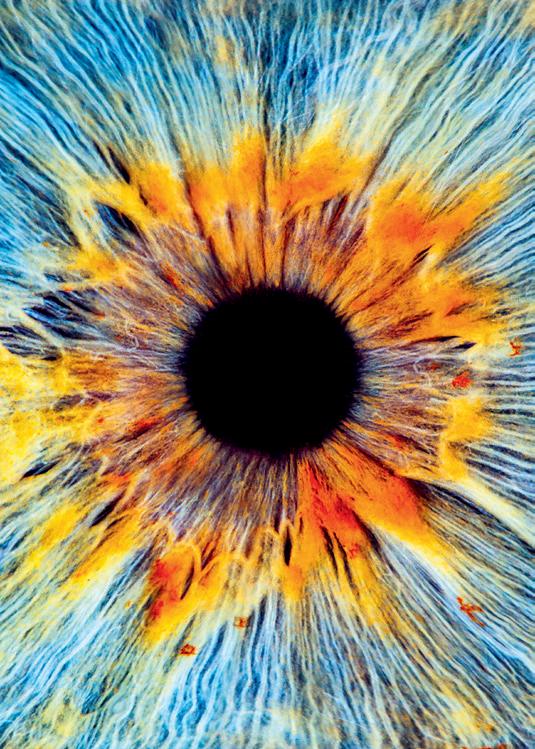
c. Fovea
d. Pupil
12 Which of these parts of the body contains no major bones?
a. Wrist
b. Knee
c. Nose
d. Spine
17
17 How many panels are on a football?

a. 24
b. 30
c. 32
d. 36
Which athlete has won the most Olympic medals?
18
a. Sprinter Usain Bolt
b. Gymnast Simone Biles

c. Cyclist Laura Kenny
d. Swimmer Michael Phelps
Continued from previous page
19
Theodor Geisel was the real name of which famous children’s author?
a. Mark Twain b. Roald Dahl
c. Dr. Seuss
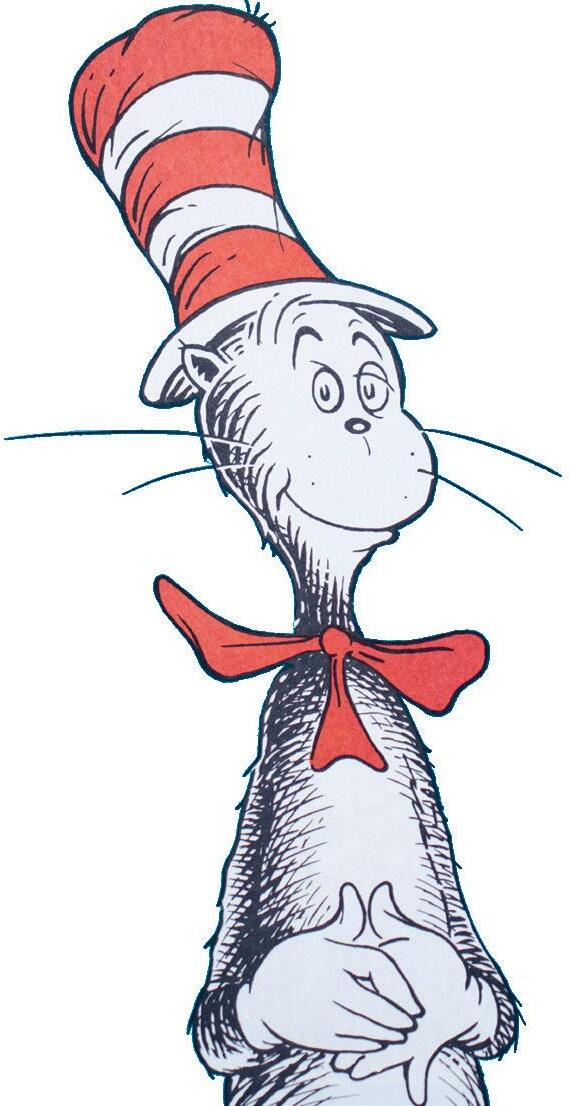
d. Anthony Horowitz
20
Which of these countries is the home of LEGO?

a. Spain
b. Denmark
c. Nigeria
d. Sweden
GEOGRAPHY
23 Chutes, fans and cascades are types of...
a. Tornado
b. Mountain
c. Waterfall
d. River
24 What percentage of the world’s population live in the Southern Hemisphere?
21
Which of the following is the longest river in the UK?
a. River Thames
b. Great Ouse
c. River Wye
d. River Severn
a. Chile
a. 53 per cent
b. 33 per cent
c. 23 per cent
d. 13 per cent
25 Which creature appears on the flag of Wales?
a. Dragon
22
Which of these countries has the longest coastline?
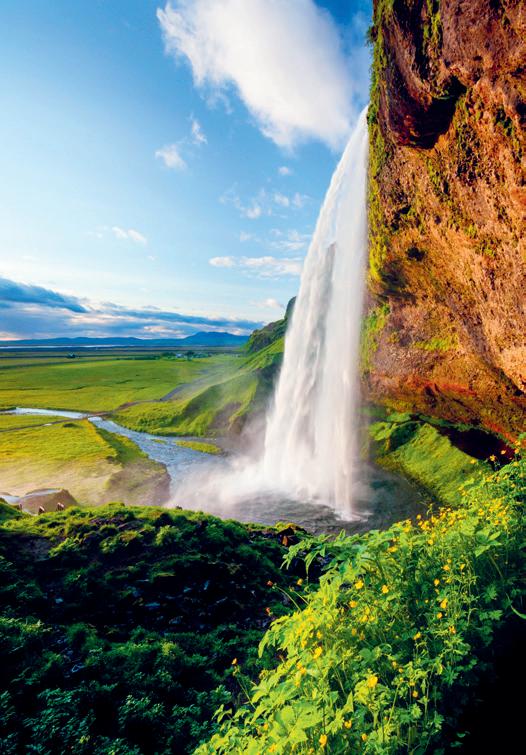
b. Russia
c. China
d. Canada
b. Bear
c. Lion
d. Eagle
Readers ask. Experts answer. Send your questions to: editor@whatonearth.co.uk
Question: How are doctors able to film and take photographs inside the body? From Sasha, age 8
DR GARETH PARKES Gastroenterologist
Answer
Seeing the inside of the human body is very important for doctors. It can help us to work out what is making someone sick and how to make them better. It can also help us to understand how the body works. For centuries, the only way people could see inside the body was by doing surgery.
In 1895, invisible waves of energy called X-rays started to be used to see inside the body. Since then, even more ingenious ways to see inside the body have been invented and developed (see timeline, right).
I use many tools to help my patients as a gastroenterologist, which is a doctor that treats the gut. I might do tests on their blood and poo, scans, and often an endoscopy. In an endoscopy, I use a long, flexible tube with a tiny, powerful camera at the end to probe deep inside the gut.
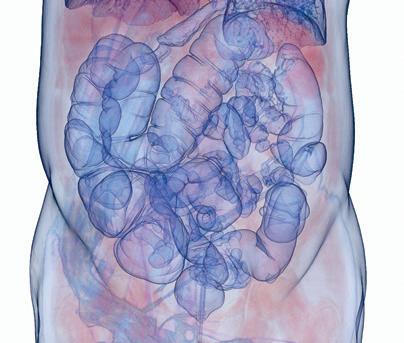
Endoscopy helps doctors diagnose and treat all sorts of illnesses, including infections and cancers.
Just like mobile phones, our cameras are becoming more and more powerful as technology improves. Engineers have even developed microscope lenses that allow doctors to examine individual human cells!
The latest endoscopes
use AI to help us to spot the tiny causes of medical problems at an early stage, so that we can remove them from the body before they cause any harm. But the endoscopes are not just there to observe! Through special tunnels in the endoscope, we can use miniature medical instruments to take samples, inject drugs, remove objects that have accidentally been swallowed, and perform microoperations without
The diagram shows how endoscopy lets doctors look inside the body.

X-ray (1895)
Passes energy beams through your body, which are blocked by bones or other parts.
Ultrasound (1956)

Passes sound waves into your body, which are reflected back and turned into a picture.
CT Scan (1971)
Passes X-ray beams in rotation around your entire body to make a 3D picture.
PET scan (1974)
leaving any scars.
Finally, for the hardest-to-reach places, we have pill cameras that are small enough to swallow. As well as a camera, they have powerful lights to illuminate the way. For seven hours the pill camera tumbles through a person’s insides and beams a video back to a recording pack –just like a deep-sea submersible travelling through the awesome and mysterious world that is their guts!
Uses radioactive material that collects in organs and tissues and makes a picture.
MRI (1977)
Uses strong magnets and radio waves to make the body’s tissues release energy that is detected and turned into a picture.


Cats may have first started to live with humans around 12,000 years ago. Since then, the cat has become one of the most popular pets in the world. Cats sleep for around 15 hours a day, but when they’re not snoozing they can have lots to say.
(Get away from me!)
(Come on!)

Cats often use chirrups or trills to talk to their kittens. These noises can also mean that they are excited about something – like receiving a treat!

KA . AH . A R R A . KAH…
(I want to eat that…)
Cats will usually only chatter when they are watching birds.
KR R R K R
Purring usually means that a cat is comfortable. Sometimes a cat will also knead a blanket, or something soft, to help soothe itself.
(Hey! I’m right here.)
Kittens meow to get their mother’s attention. As grown-ups, cats meow to ask their owners to play with them or feed them.
(This is comfy.)
Send It In!
We want to hear your best cat impressions! Record yourself making the cat noises listed here and email the file to editor@whatonearth.co.uk The Champion Cat will win a copy of the new book HowtoChatChicken!
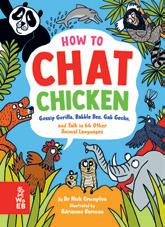
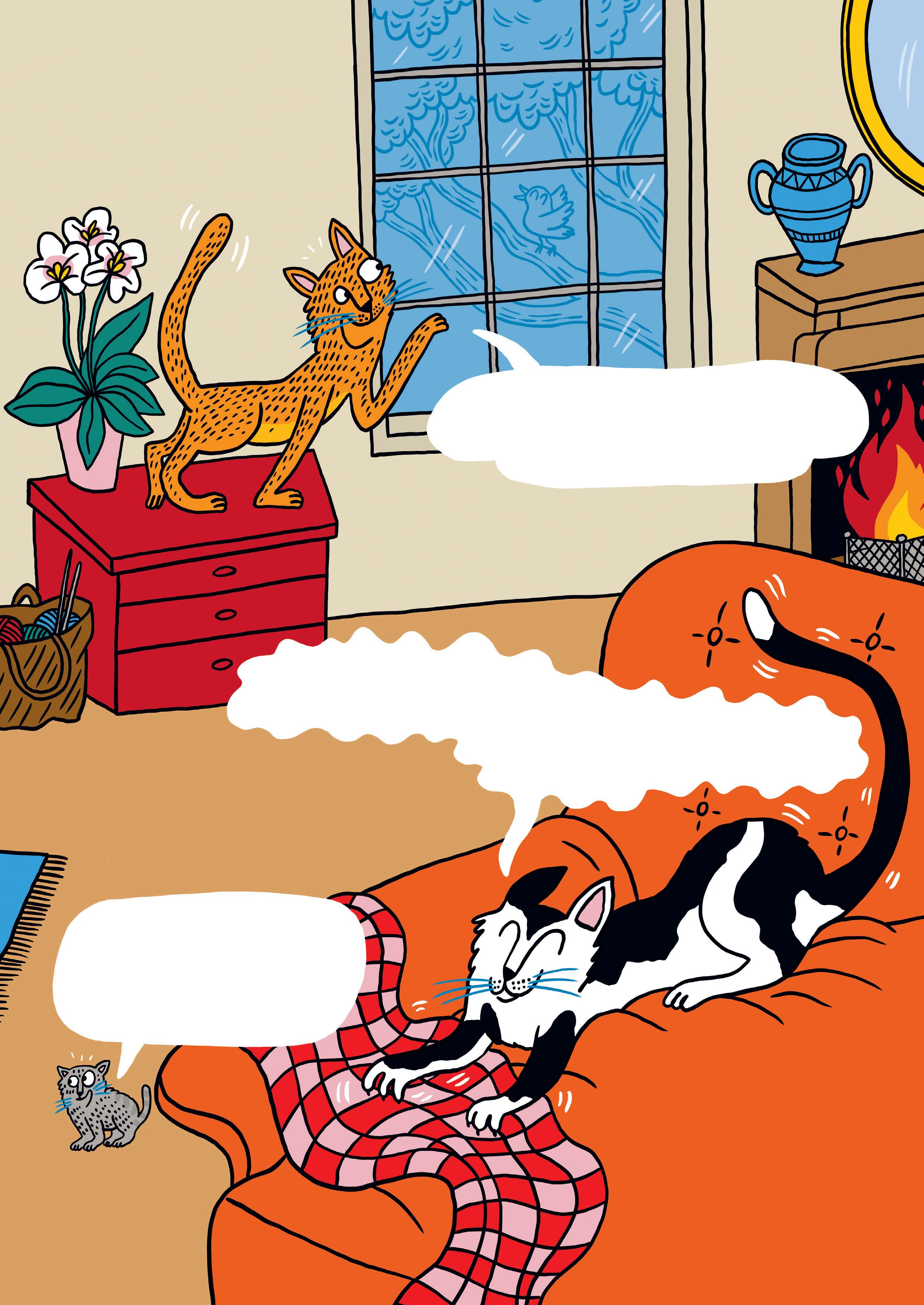
How amazing information about our world – and beyond! – can be brought to life by fascinating infographics. This month we focus on the wonderful world of plants…
Infographics by Valentina D’EfilippoThe width (or thickness) of a tree is measured using its diameter, which is the length of a straight line that passes through the tree’s centre from one side of the tree’s trunk to the other. The tree trunks here are illustrated to scale. To show each trunk’s circumference (the length all around the edge), you can see how many children, holding hands, would be needed to hug it.
28childrenholdingh and s
10.6 m
31childrenholdinghand s
11.6 m
26childrenholdinghand s
9.8 m
Árbol
5.5 m
15 childrenholdingh and s
8.9 m
24childrenholdinghand s
Jupiter Coast Redwood USA The Bellingen Fig MoretonBayFig Australia The temple fig WhiteorStranglerFig Australia Sunland Baobab Baobab South Africa del Tule MontezumaCypress MexicoThe world’s tallest known tree is a Coast Redwood. It was discovered in northern California, USA, in 2006 and is now famous enough to have its own nickname: Hyperion. Hyperion’s precise location is kept secret to protect it from being damaged.
Just like a snowflake, the closer you look at a leaf the more there is to notice. Here is a guide to common leaf features and how to spot them.
SHAPE
The first thing to identify about a leaf is its overall shape. Here are some of the most common.
Cuneate
Wedge-shaped, with narrow base
Hastate
Triangular with lobes at the base
Obtuse
With a blunt tip at the end
Reniform
Shaped like a kidney
MARGIN
Deltoid Triangular Lanceolate
Pointed at both ends
Orbicular Round Rhomboid
Shaped like a diamond
The edge of a leaf is called the margin. A leaf’s margin can be smooth or wavy or have jagged ‘teeth’.
Acicular
Needle-shaped
Digitate
With lobes like fingers
Linear Long, with parallel margins Ovate
Egg-shaped, wider at the base Spatulate Shaped like a spoon
Ciliate
With fine hairs
Denticulate
With tiny teeth
Acuminate
Ending in a long, thin point
Elliptic
Oval-shaped, with a small or no point
Lobed
Deeply indented margins
Palmate
Like a hand with fingers
Spear-shaped
With a shape and point like a spear
Aristate
With a spine-like tip
Falcate
Shaped like a hook or sickle
Obcordate
Heart-shaped, stem at the point
Pedate
Palmate, but with indented lobes
Subulate
Narrowing to a long, thin point
Crenate
With rounded teeth
Doubly Serrate
With different sizes of teeth
Cordate
Heart-shaped with a stem in the cleft
Flabellate
Shaped like a fan
Obovate
Egg-shaped, narrower at the base
Pinnatisect
Deep lobing on opposite sides
Truncate
Flattened off at the tip or base
Dentate
With symmetrical teeth
Entire Smooth and even
Find a leaf in a nearby garden or park. What type of margin does it have?
Lobate With large round indents
Serrate With large teeth
Serrulate
With small teeth
Sinuate With indentions like waves
Spiny
With sharp, stiff points
Undulate With curving waves
Veins inside a plant carry water to and from its leaves in a similar way to how blood vessels carry blood around your body. Plants’ veins also provide the structure and support that give leaves their shape. The arrangement of veins inside a leaf is called venation.
In some plants and trees, leaves are formed from an arrangement of smaller leaves called leaflets.
Alternate Leaflets arranged alternately
Bipinnate Leaflets in pairs of rows
Opposite Leaflets in adjacent pairs
Peltate
With the stem attached to the middle of the leaf
Perfoliate
With the stem seeming to pierce the leaf
Odd Pinnate Leaflets in rows, with one at the tip
Even Pinnate Leaflets in rows, with two at the tip
Trifoliate Leaflets in threes
Tripinnate Groups of leaflets in threes
Unifoliate A single leaf
Whorled
Three or more leaflets arranged in rings
The awe-inspiring Britannica’s Encyclopedia Infographica is out now.

Prepare to be amazed (and amused!) by the unusual facts crammed into this irresistible list.
Twenty-four distinctive hats and where they come from
Beret –SpainandFrance
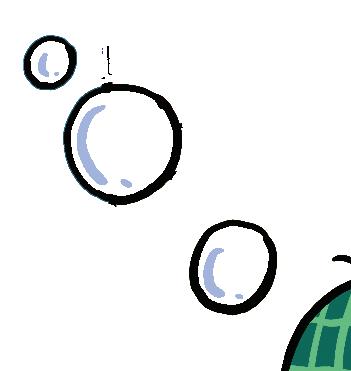

The beret is associated with manyfamousartists,including Monet, Picasso and Cezanne.
Bowler hat – UK Bowler hats were invented to protectworkersonhorsesfrom hittingtheirheadsonbranches.
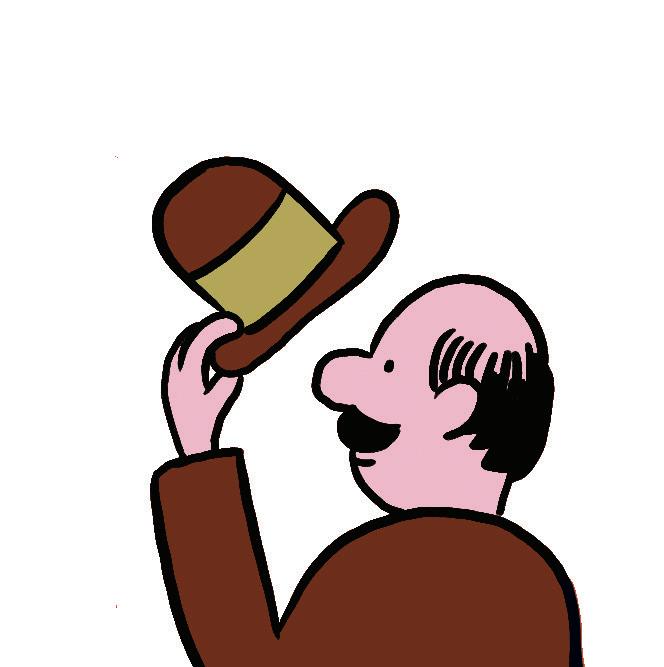

Cork

– Australia The corks were attached to thehatbrimstohelpkeepaway peskybuzzingflies!
Deerstalker – Scotland

Thedeerstalkerhatisfamously associated with the fictional detective Sherlock Holmes.
Named after the Moroccan city of Fez, which produced the berries used to dye the hat red.

Thepicturehatwasdesigned to frame the wearer’s face as inastrikingportrait.
Pillbox hats have been popular both as military wear for soldiers and as hats for brides!
Listified! by Andrew Pettie and illustrated by Andrés Lozano is out now.
Kufi–Nigeria things,Thekufisymbolisesmany includingwiseelders, religionandWestAfricanpride.


Ushanka – Russia
Ushanka means ‘ear hat’ in Russian. But this warm fur hat is popularanywhereitgetscold!
These are often formal attire. A version called the ‘opera hat’ was made to be collapsible!
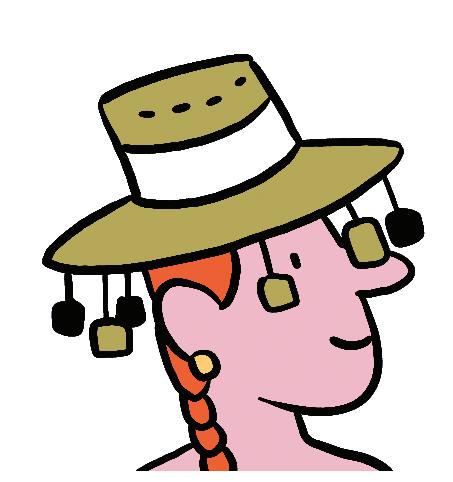

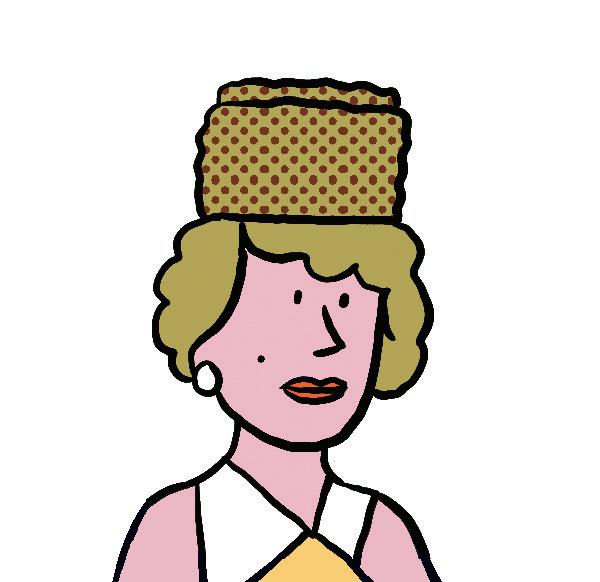
This hat, also called a sailor’s cap, is often associated with people who work at sea.

Cloche – France ‘Cloche’ means ‘bell’ in French. Thisbell-shapedhathasbeen popularsincetheearly1900s.
Chef’s
In some kitchens, the height of a chef’s hat symbolises rank. The head chef wears the tallest hat!





Panama
The Panama hat is a straw hat traditionally made from boiled and bleached palm leaves.
This cap is often used by people who wear dreadlocks to tuck their hair away.
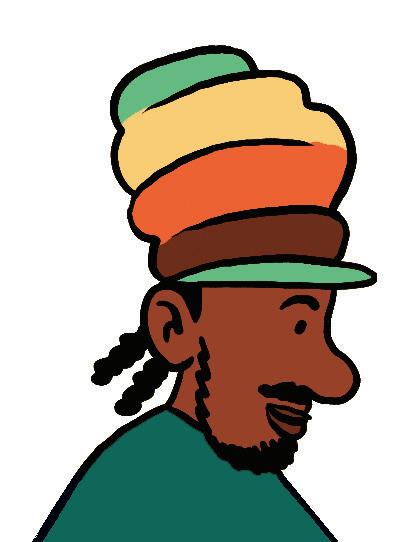
‘Sombrero’ comes from the Spanish for ‘shade’, which these large-brimmed hats surely do!
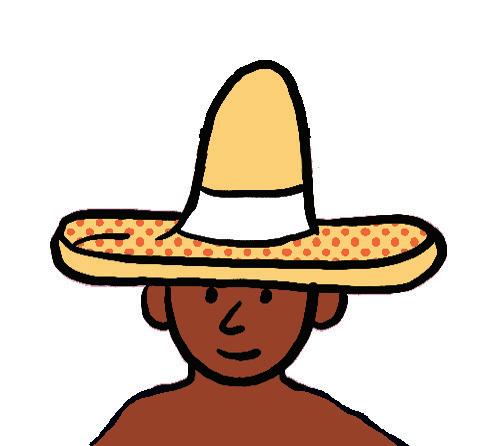


The brims of these hats were pinneduptomakeroomfor men’slargewigs!
This traditional hat is worn during rituals to symbolise the transition to manhood.
Mostfamouslyassociatedwith cowboys,theStetsonwas first made in the 1800s.

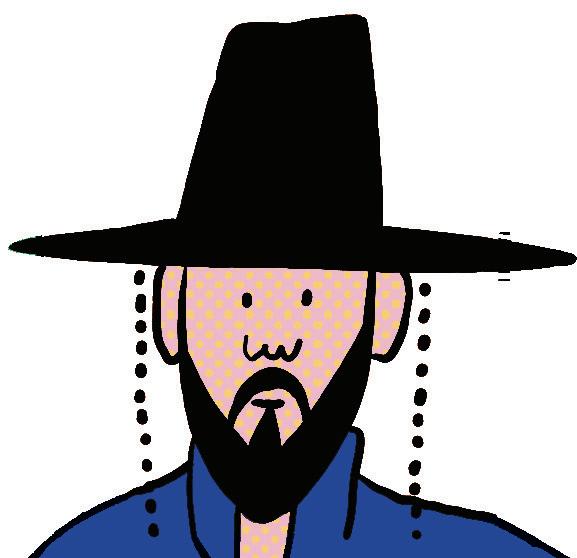
Turban
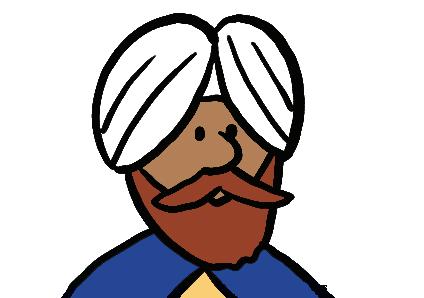
Turbansarelongscarveswound round the head. Some are made ofupto45metresoffabric!
Santa’s hat is similar to a type of soft hat that was popular in Ancient Greece.
This hat is popular in much of Asia. It is often worn by farmers to keep cool working in the sun.
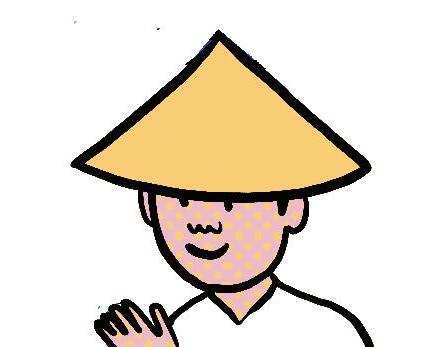
These hats date to ancient times.Insomeperiodsthecolour andtypesymbolisedstatus.
Gat

Hennins were fashionable in the Middle Ages because they showed off a woman’s forehead!
*Panama hats were invented in Ecuador, South America, but then became famous and were widely exported from nearby Panama, which is how they got their geographically inaccurate name.


**White chef’s hats traditionally have 100 pleats or folds that are said to represent the supposed 100 different ways an egg can be prepared.
***Santa’s hat was first seen in drawings by American cartoonist Thomas Nast in the late 1800s.
 – Korea
Santa hat – United States***
Rice hat – China
Hennin – France
– India
Upe – Papua New Guinea
Sombrero – Mexico
Rastacap – Jamaica
hat* – Ecuador
hat** – France
Breton cap – France
– Korea
Santa hat – United States***
Rice hat – China
Hennin – France
– India
Upe – Papua New Guinea
Sombrero – Mexico
Rastacap – Jamaica
hat* – Ecuador
hat** – France
Breton cap – France
In a fascinating extract from a brilliant new book by scientists Sarah Darwin and Eva-Maria Sadowski, we explore the story of evolution and how it has shaped the natural world – including you!
Welcome to the story of evolution! Join us on a tour through Earth’s history to see the events that shaped the natural world. Evolution is simply the way that living things change over time, often in order to suit their environment.

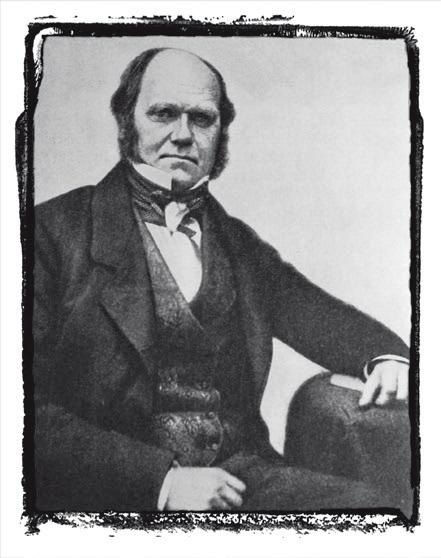
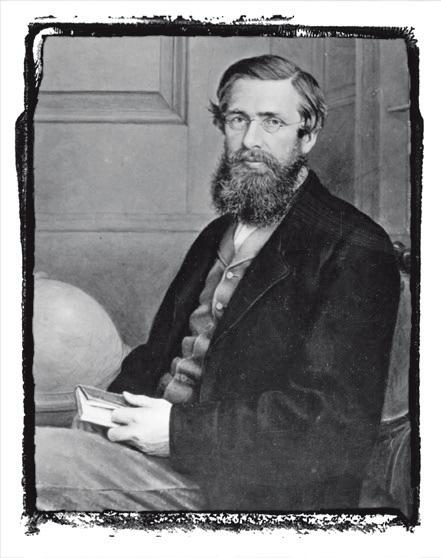

Each month, in a new regular feature, you will learn how evolution works and find out more about the amazing animals, plants and fungi that have lived on our planet. We can’t wait to show you how plants conquered the land, how animals got their legs,


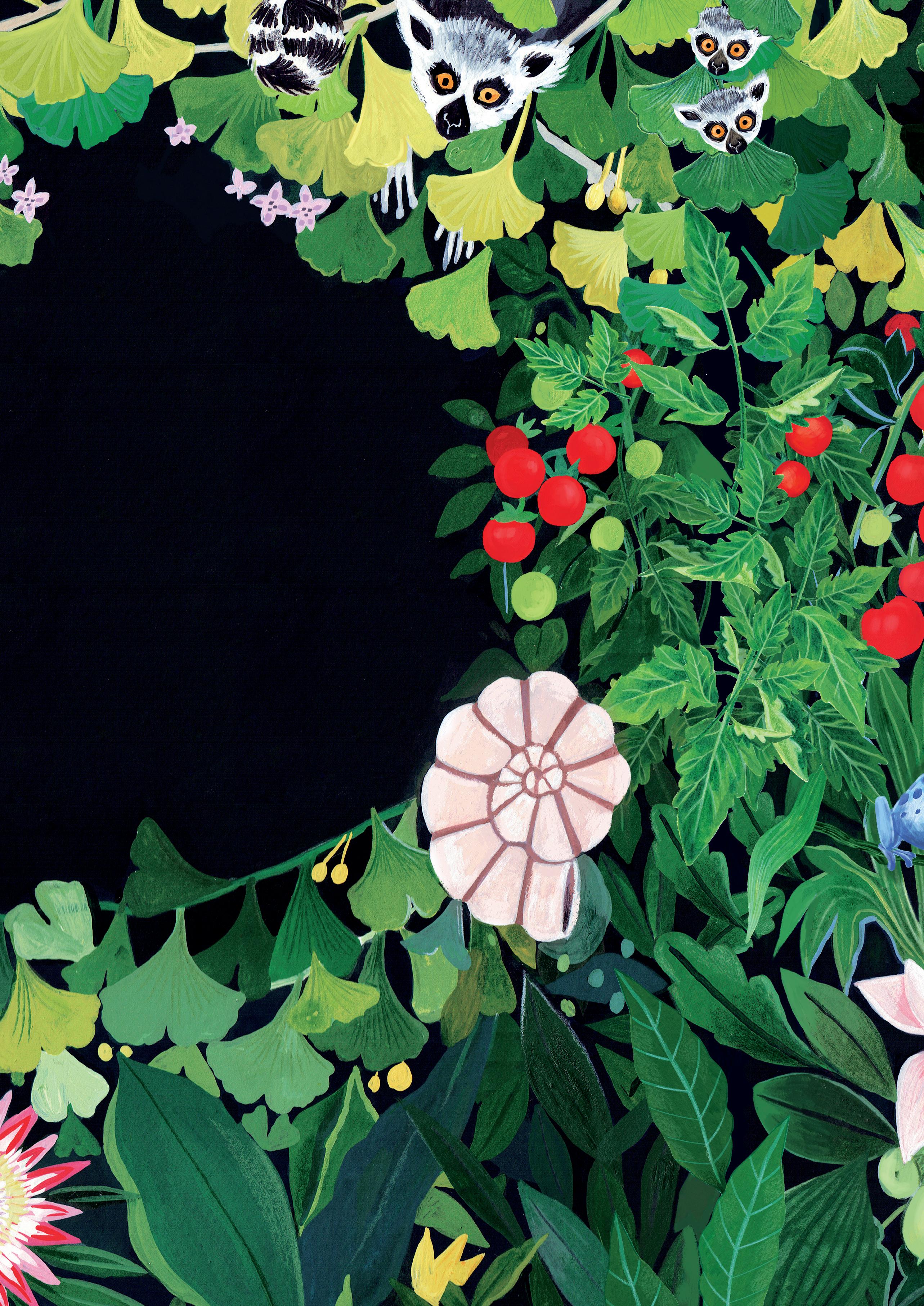
For thousands of years, humans have wondered how Earth’s amazing variety of life came to be. Many communities have told stories of creation to try to explain the natural world. In the mid 1800s, two men, Charles Darwin and Alfred Russel Wallace, came up with very similar suggestions to explain the extraordinary variety of living things in a scientific way. Their theory is called evolution by natural selection.
why dinosaurs aren’t really extinct and how lots of evolution took place for you to be able to chew your breakfast! In this issue, let’s find out more about the most common way things evolve, which is through an ingenious process called natural selection…
Charles Darwin Alfred WallaceWhile in South America, Darwin found fossil remains of extinct giant animals. He examined them and realised that they were similar to living animals. For example, he noticed that the fossil of the extinct Glyptodon looked similar to living armadillos. This made him think about how these creatures might be related.

During his time in Asia, Wallace encountered a puzzle. He noticed that some of the animals in the western islands of what is now Indonesia, such as Bali, were very different to those found in the nearby eastern islands, such as Lombok. We now know that there is a deep ocean trench that runs between the islands that has kept these different animals separated from each other. Even when sea levels were lower, the deep trench still prevented the animals from crossing this boundary. This is called ‘the Wallace Line’, in his honour.



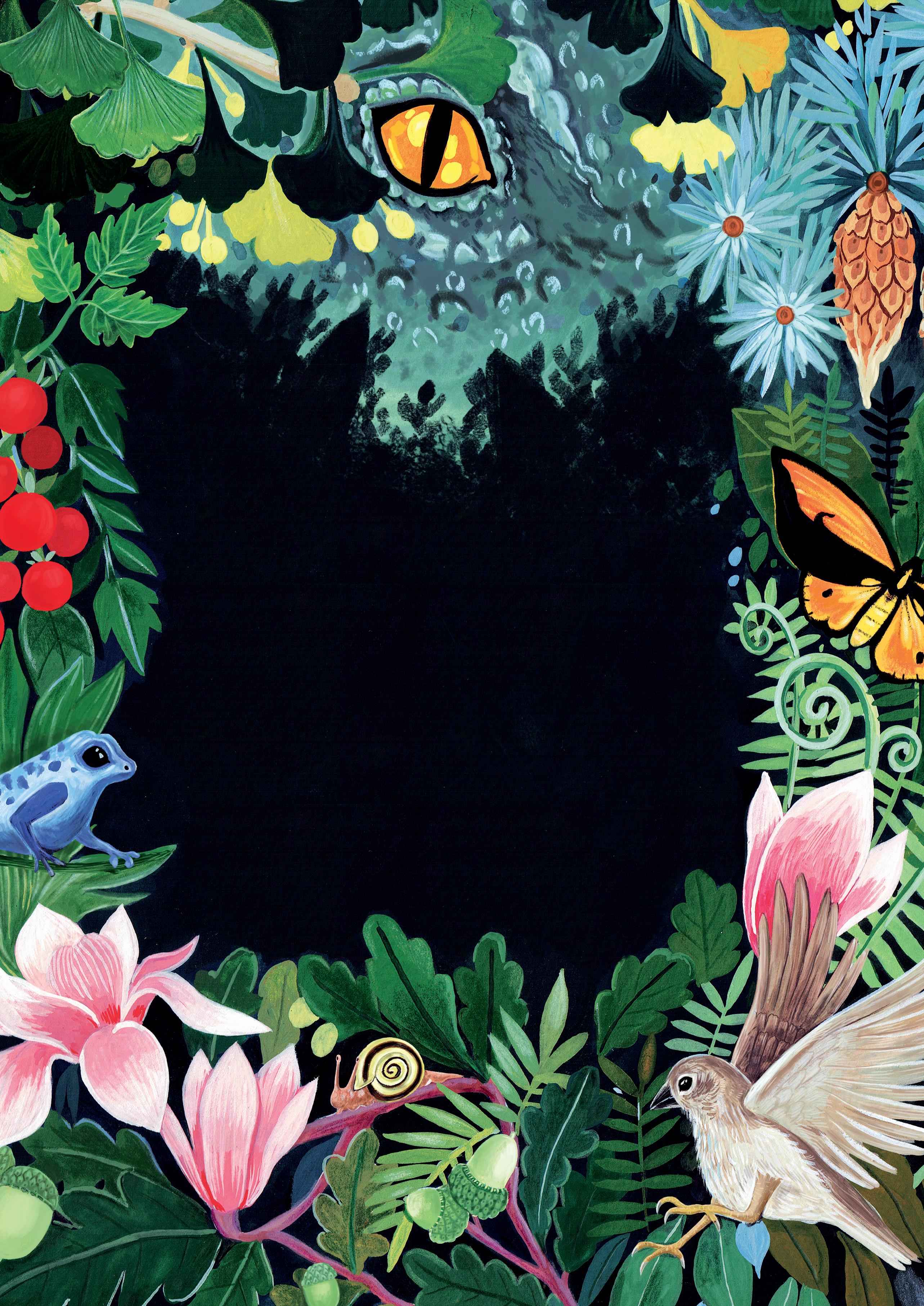
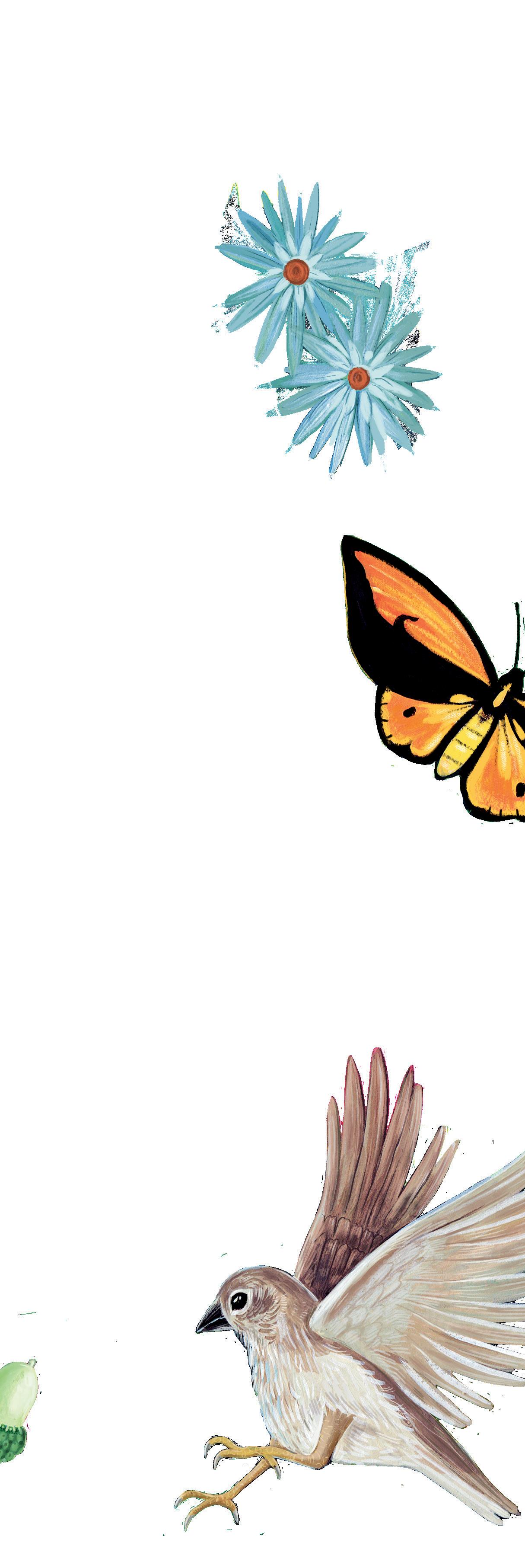
Darwin and Wallace’s findings were presented at the Linnean Society, London, in 1858. But their ideas did not get much attention at first. Darwin wrote his theory up as a book, which he titled On the Origin of Species by Means of Natural Selection (1859). This book received a lot of interest from the public and the press, which is probably why Darwin’s name alone is often linked to evolution. Wallace also wrote a book on evolution, which he called Darwinism (1889).
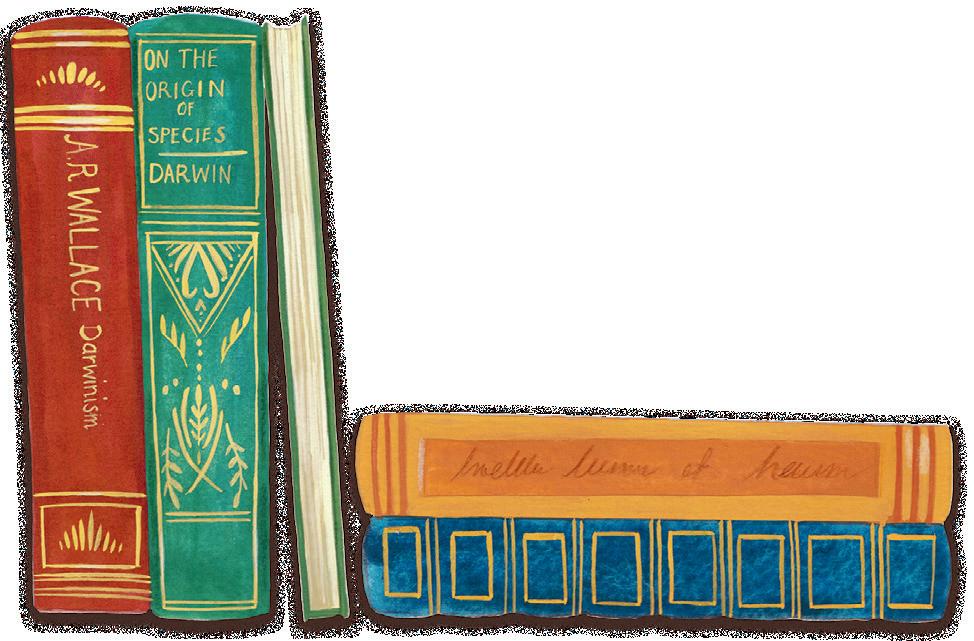
So, while the idea of evolution was not new, Darwin and Wallace’s theory was revolutionary This is because they explained how evolution worked by natural selection. Their theory transformed the way people viewed the natural world and humans’ place in it. Darwin and Wallace should receive joint credit for their theory, which has since been proved many times over
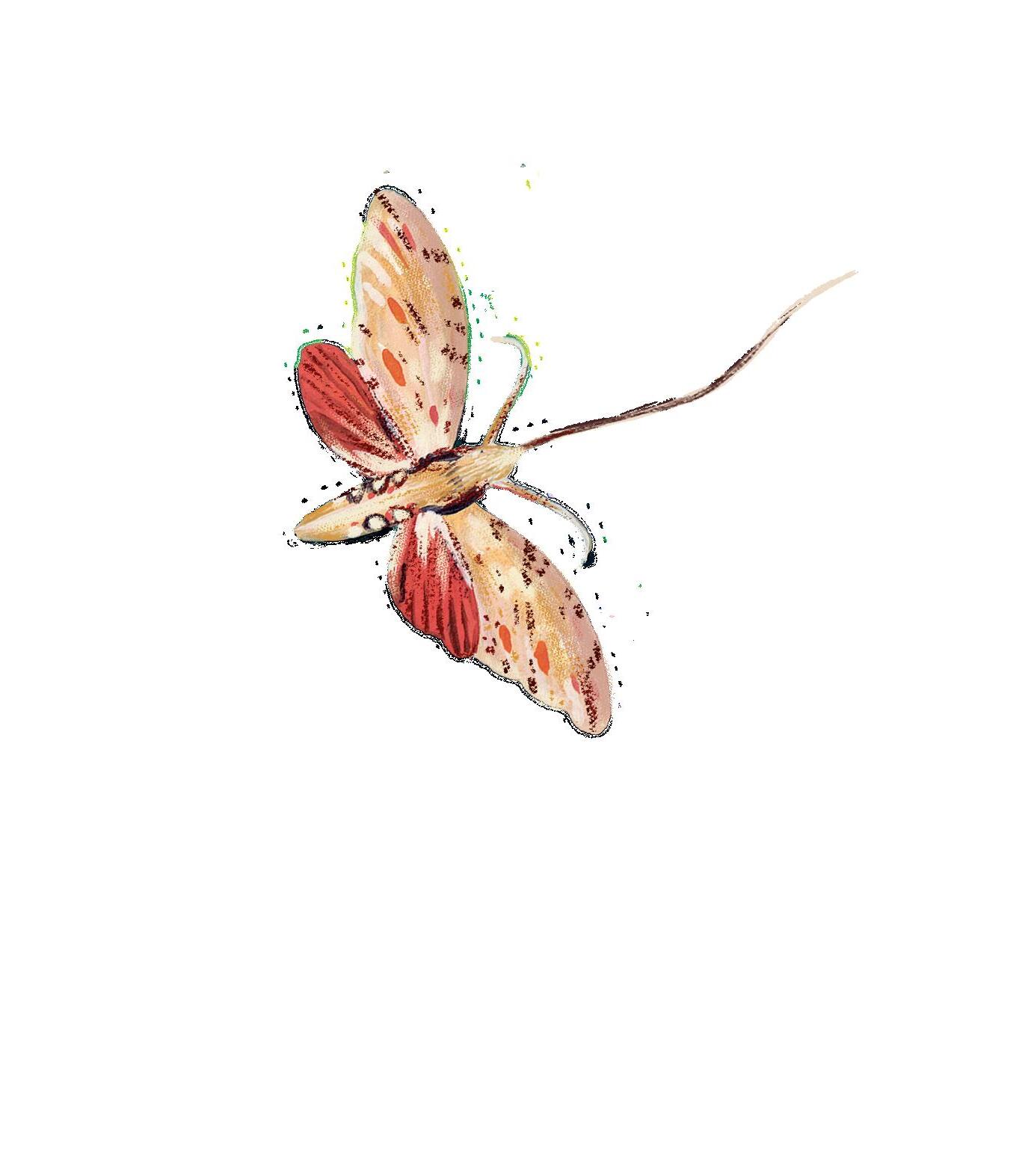 Armadillo
Armadillo
There are a few different ways that evolution can happen, but one of the main drivers is natural selection. Natural selection has three parts: variation, inheritance and the struggle for existence. The combination
of these three things allows groups of individuals from the same species (known as populations) to become adapted to their environments. Eventually, populations can become so different from each other that they form separate
species. Darwin and Wallace thought that natural selection worked slowly over millions of years, and mostly it does. However, recent research has shown that sometimes evolution can happen in only a few generations.

Individuals belonging to the same species often have small differences between them, called variations. All living things show variations. For example, the shells of grove snails show variation in colour: they can be pink, yellow or brown, striped or plain. Some of these variations can be found within a single population. Some shell colours are more successful in one area than in another, maybe because they help the snail to camouflage itself.

Grove snails are found across Europe in woodlands, grasslands, parks and gardens.
Children (and the young of all living things) inherit variations from their biological parents through reproduction. Variations might be things that you can see, such as a person’s height or hair colour. Living things can often resemble one, or both, parents, as well as other relatives. You can see some similarities between the family members in this park. Usually there is quite a bit of variation even within a family.
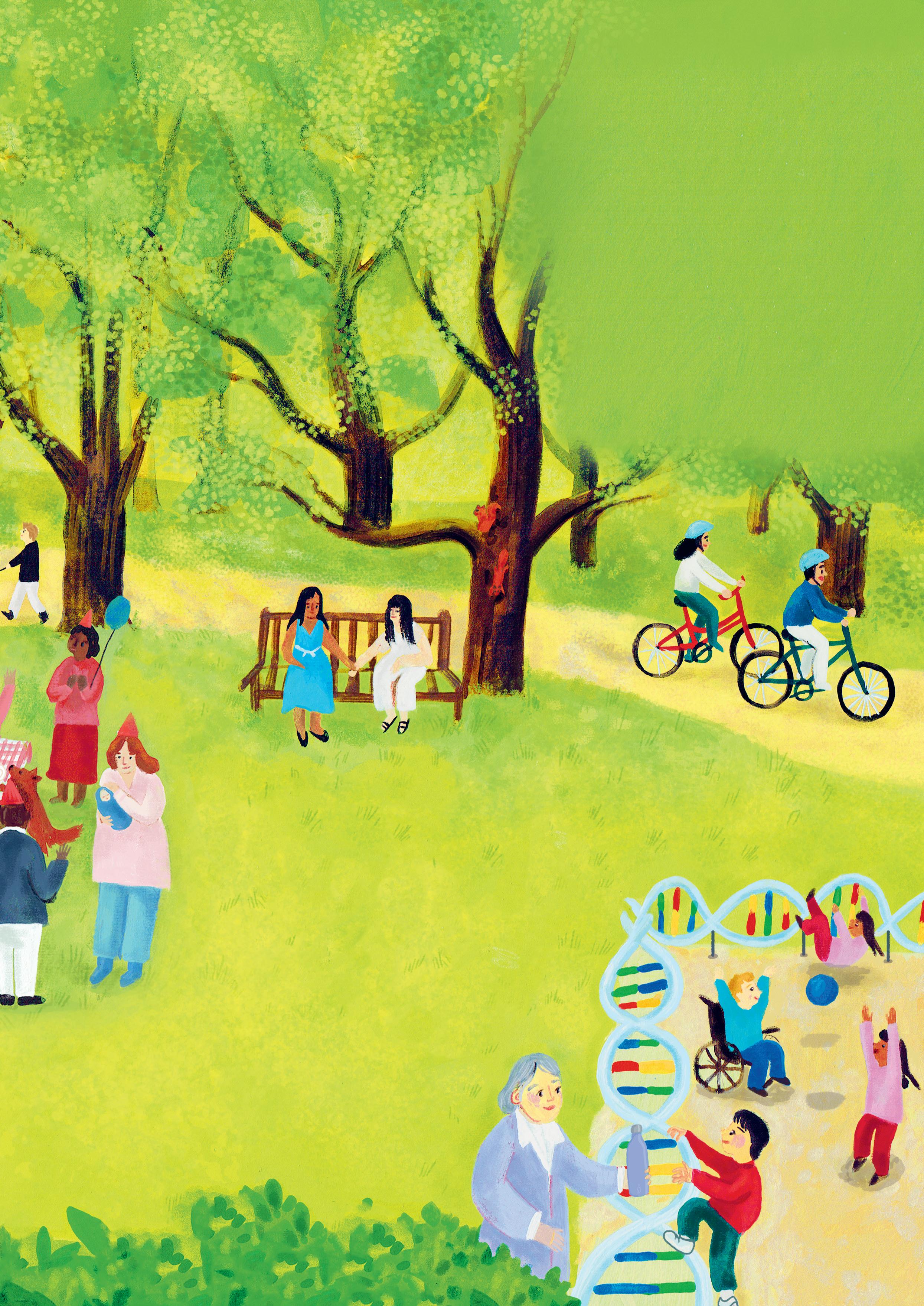
Darwin and Wallace came up with their theories of evolution by natural selection before the discovery of deoxyribonucleic acid (DNA). We now know that DNA is a material found in the cells of living things. It works as an instruction manual and controls how an individual grows and develops. Here is how DNA works with variation, inheritance and the struggle for existence: Variations – These are caused by random changes in DNA, called mutations. Inheritance – Individuals inherit DNA from their parents, which is how variations are passed on to the next generation. Struggle for existence – This controls which variations are kept in a population and which are lost.

The struggle for existence controls which variations are successful and which are lost in a population. In the wild, not all living things will survive long enough to have young. The individuals that are most likely to survive and have the most young are those with a variation that makes them better suited to their environment. For example, every oak tree produces thousands of acorns that could grow into new oak trees. However, many acorns and seedlings are eaten. Also, there are not enough resources, such as water and space, for all the acorns to grow into trees. Some species of oak have seedlings with poisonous leaves, which might help to stop them being eaten. These oaks are more likely to thrive and give rise to new trees, which inherit these characteristics.
This climbing frame is shaped like the double helix strands of DNA!
Let’s think about natural selection in action in an imaginary meadow. Out in the wild it is a constant battle for survival, and playing the game isn’t always easy. Follow the stepping stones and look out for the three main parts of natural selection as you go.
It’s springtime – the Sun is shining, leaves are green and flowers are blooming. One day, some rabbits find the meadow and start eating the delicious plants there.
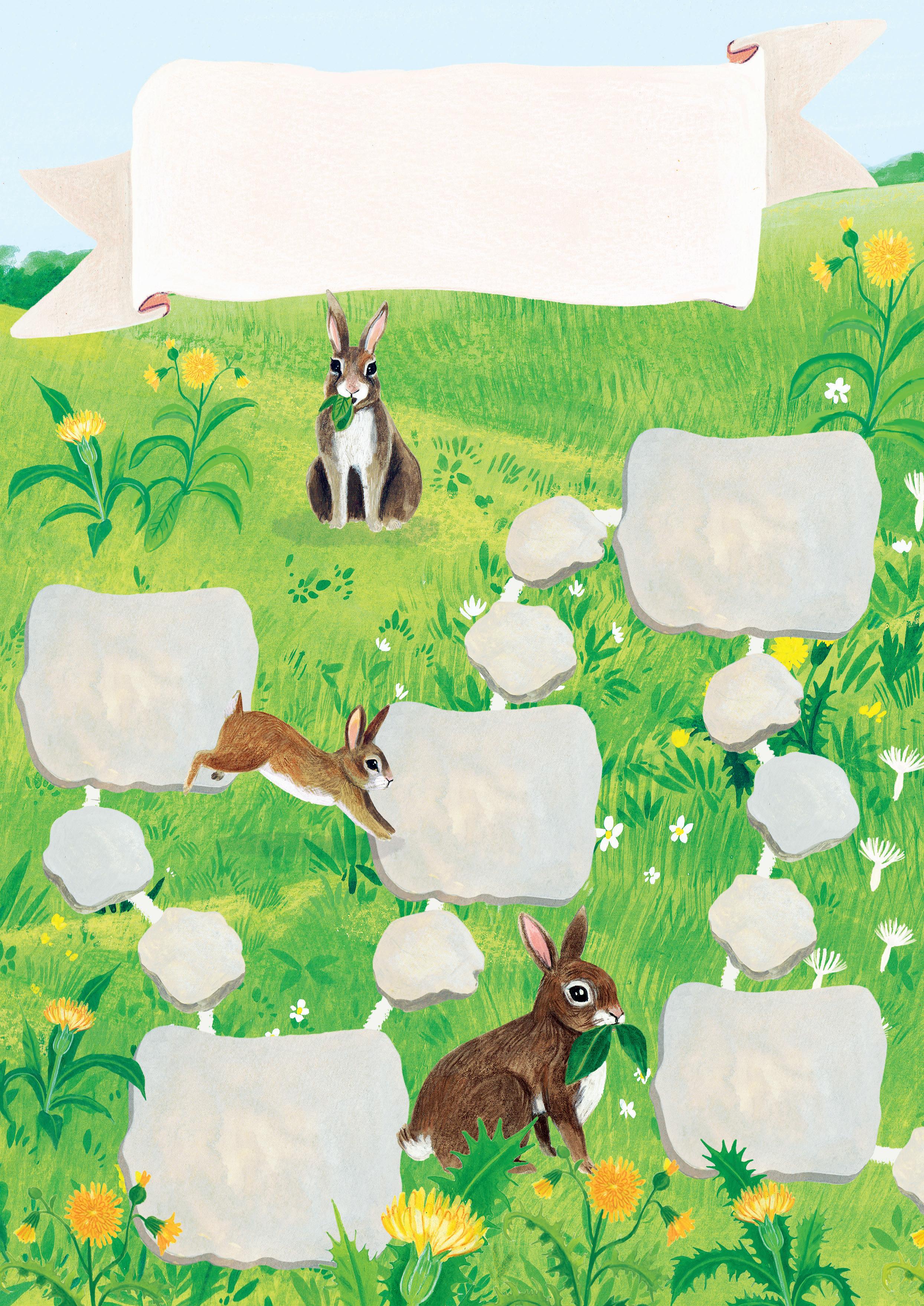
The smooth-leaved plants are eaten by the rabbits, who now have lots of young. They all eat so many of the smoothleaved plants that, after a while, there are hardly any left in the meadow.
Each time the smooth-leaved plants grow fresh green shoots, the rabbits eat them! This means most of these plants can’t produce flowers and seeds. The struggle for existence begins. The spiny-leaved plants have many flowers because the rabbits avoid eating them.
The rabbits munch on the luscious green leaves of the plants. Most of them have smooth leaves but there is variation – a few have sharp spines on their leaves, caused by a random mutation in the plant’s DNA. The rabbits avoid the spiny-leaved plants because they are painful to eat.
In the autumn the spiny-leaved plants produce lots of seeds, which get blown around the meadow. The spiny-leaved characteristic is inherited by the next generation of plants.
7
While the smooth-leaved plants may grow elsewhere in a different meadow, they are no longer found here. They have become extinct in this meadow.
7 6
After many years of rabbits living in this meadow, the spiny-leaved plant variation has been very successful. These plants are said to have adapted to their environment. In other words they have been selected by nature – this is known as natural selection.
8
The smooth-leaved and spiny-leaved plants are now isolated (or separated) from one another and form two populations. After a long time, they may become so different that even if they happen to grow in the same meadow again, they can no longer breed together. They have become two different species.
Life in the natural world is tough: environments and climates change and species have to adapt to new challenges. But this usually takes a very long time. The rabbit and the spiny-leaved plants offer just one imaginary example of evolution, but how else could the animals and plants in the meadow evolve? Imagine if a crafty fox moved into the meadow and started hunting the rabbits. Fewer rabbits could mean that the smooth-leaved plants have a chance to start growing again from seeds stored in the soil. Or perhaps a rabbit is born with

a mutation that gives it slightly tougher skin around its mouth. This variation would give the rabbit an advantage and allow it to eat the spiny-leaved plants. The spiny-leaved plants would then have less of an advantage in this environment.
Can you think of anything else that could happen in the meadow?
Evolution, written by Sarah Darwin and Eva-Maria Sadowski and illustrated by Olga Baumert, is out now
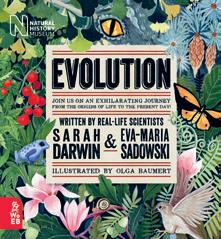
Stumped? Don’t worry, you can find the answers to all the puzzles on page 49.

Can you spot the 26 cities and countries hidden in our jumbo word search puzzle? Good luck!
The six-sided shape on the left can be folded up to form a cube. Only two of the cubes below can be made by it. Which are they?
Can you spot all 2O differences between these two spooky illustrations?
Use the word wheel to help find the answers to the six clues below. All the answers contain the middle letter, and each letter can only be used once.
Clue: a female ballet dancer (9 letters).
Answer:
Clue: a form of written language for blind people (7 letters).
Answer:
Clue: Germany’s capital city (6 letters).
N A E R I
Answer:
Clue: a being from another world (5 letters).
Answer:
Clue: a major organ of the body (5 letters).
Answer:
Clue: the pointed end of an ink pen (3 letters).
Answer:
Can you find your way through our maze of square rooms? Enter through the door marked with the red arrow, then try to find your way to the exit by going through the correct sequence of open doors. Good luck!

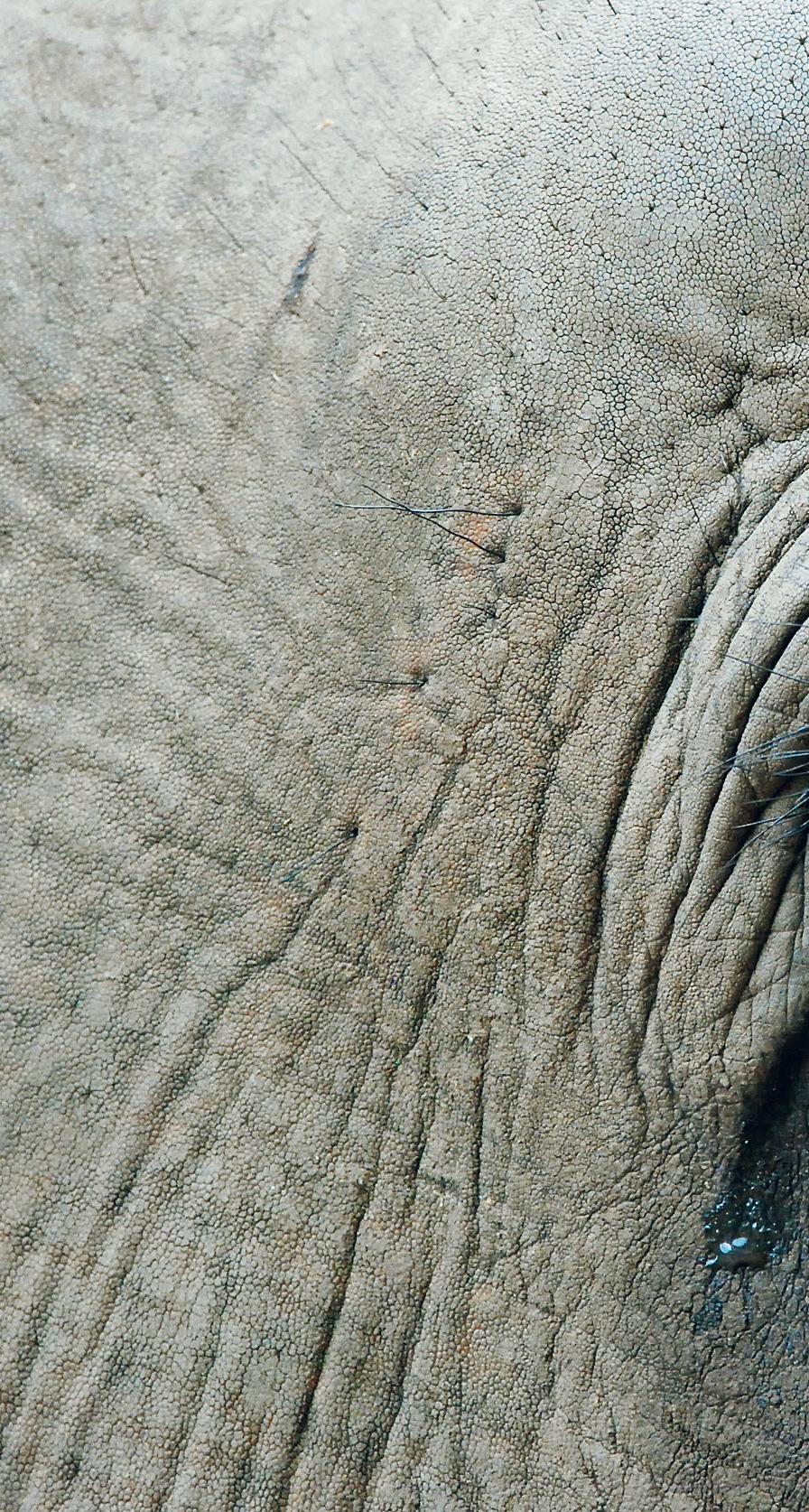
Fill in the missing numbers so that every row and column includes the numbers 1, 2, 3 and 4. Use the inequality signs as clues and make sure numbers always obey the inequality sign between them. This means that the arrows between the numbers always point towards the smaller number.
Here is an example:
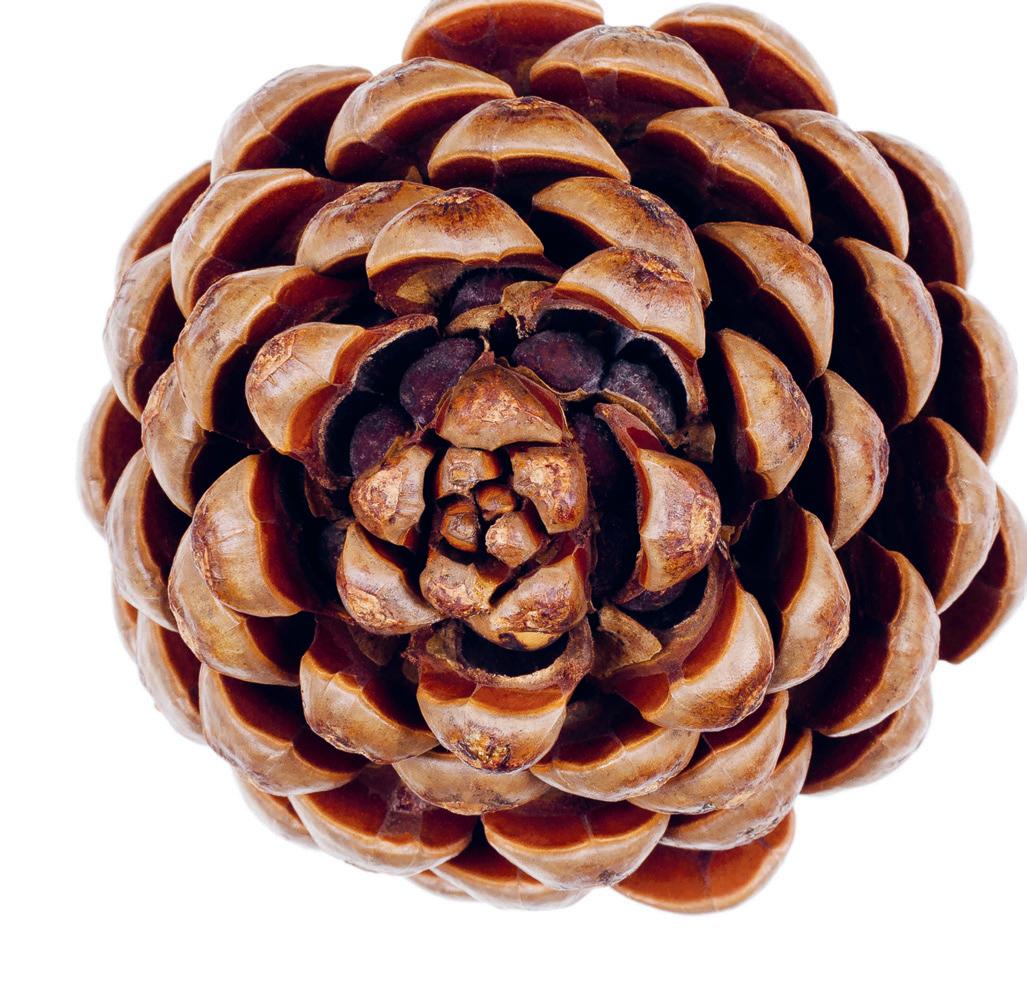
In the three squares shown above, the number A must be less than 3 and greater than the missing number B.
We know all the numbers must be between 1 and 4 , so therefore A must be 2 and B must be 1.




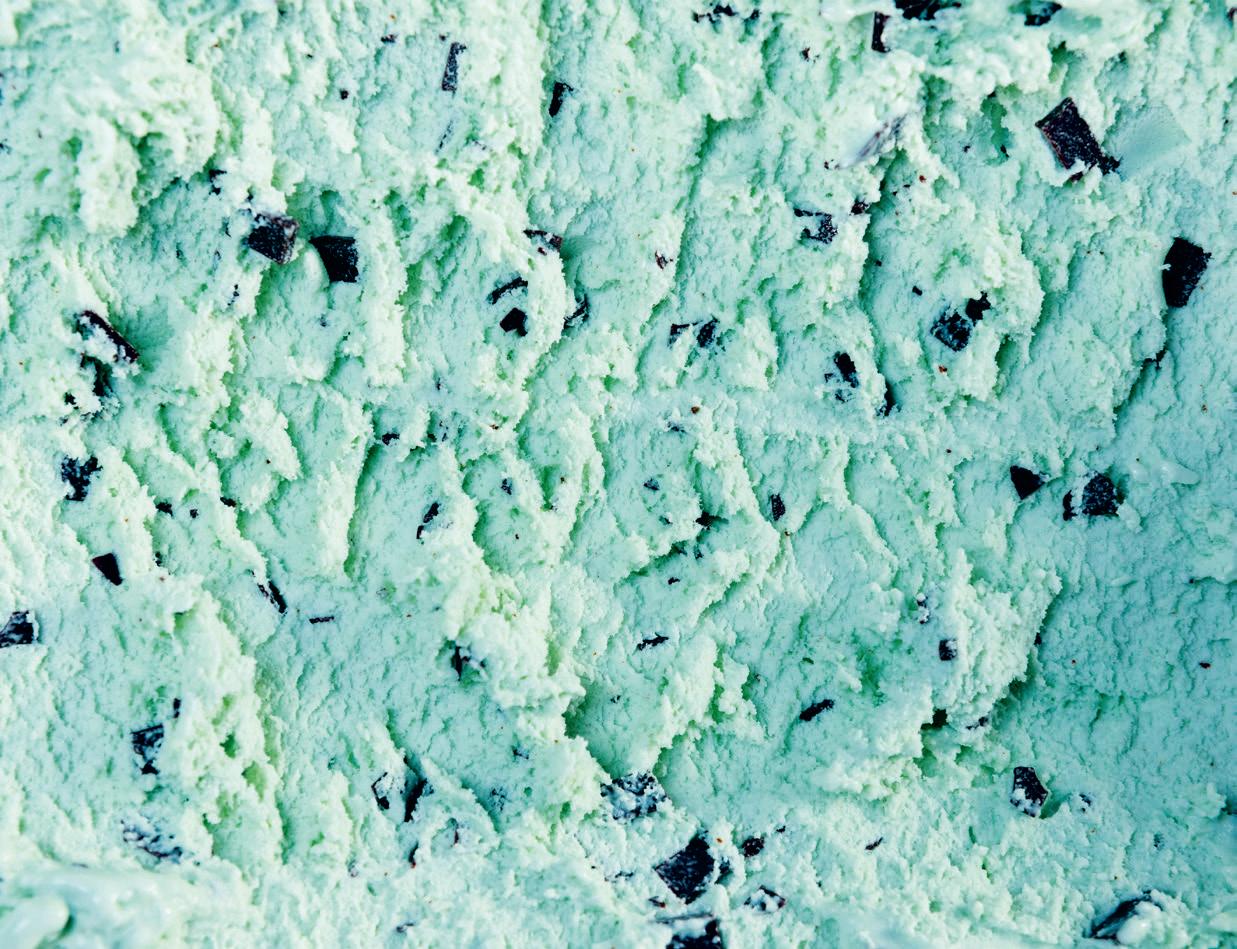

In the triangles below, the numbers inside the squares are the sum of the two numbers in the connected circles. For example:
Can you work out which number should appear in each of the circles? All the numbers in the circles are between 1 and 9 and a number can only be used once in each triangle.
Draw a line to connect each pair of planets. You can’t use diagonal lines and the lines can’t cross or touch each other. You must fill the whole grid with lines but only one line is allowed in each square.
Fill all the empty squares so that every row, column and 3x2 box contains each of the numbers 1 to 6.
Each month we feature an amazing story from world history taken from the bestselling book by Christopher Lloyd, with illustrations by Andy Forshaw. This month: thriving in peace in the Indus Valley and Norte Chico!
You may have noted how people shape nature by farming crops and breeding animals. But it’s just as true that nature shapes people, as we’re about to see.

area twice the size of Sumeria. At its height, it covered a million square kilometres.
This early civilisation was located in what is now India, Pakistan and Afghanistan along the Indus River. It started around 3300 BCE.
At around the same time as the Sumerians were living in Sumeria in Mesopotamia (in what is now Iraq), the Indus Valley civilisation was thriving in what is now Pakistan, India and Afghanistan. It was formed along the banks of one giant river, the Indus, which could be used to transport goods and people for trade.
The Indus Valley took up an

Indus Valley children played with toys made of clay and wood. This bird with the head of a ram (left) and its wheels were found separately, and museum curators added the wooden axle to make the toy look the way it probably did when it was first made. The ox cart (right) shows how the children of the Indus Valley enjoyed pretending to drive, just the way children do today.
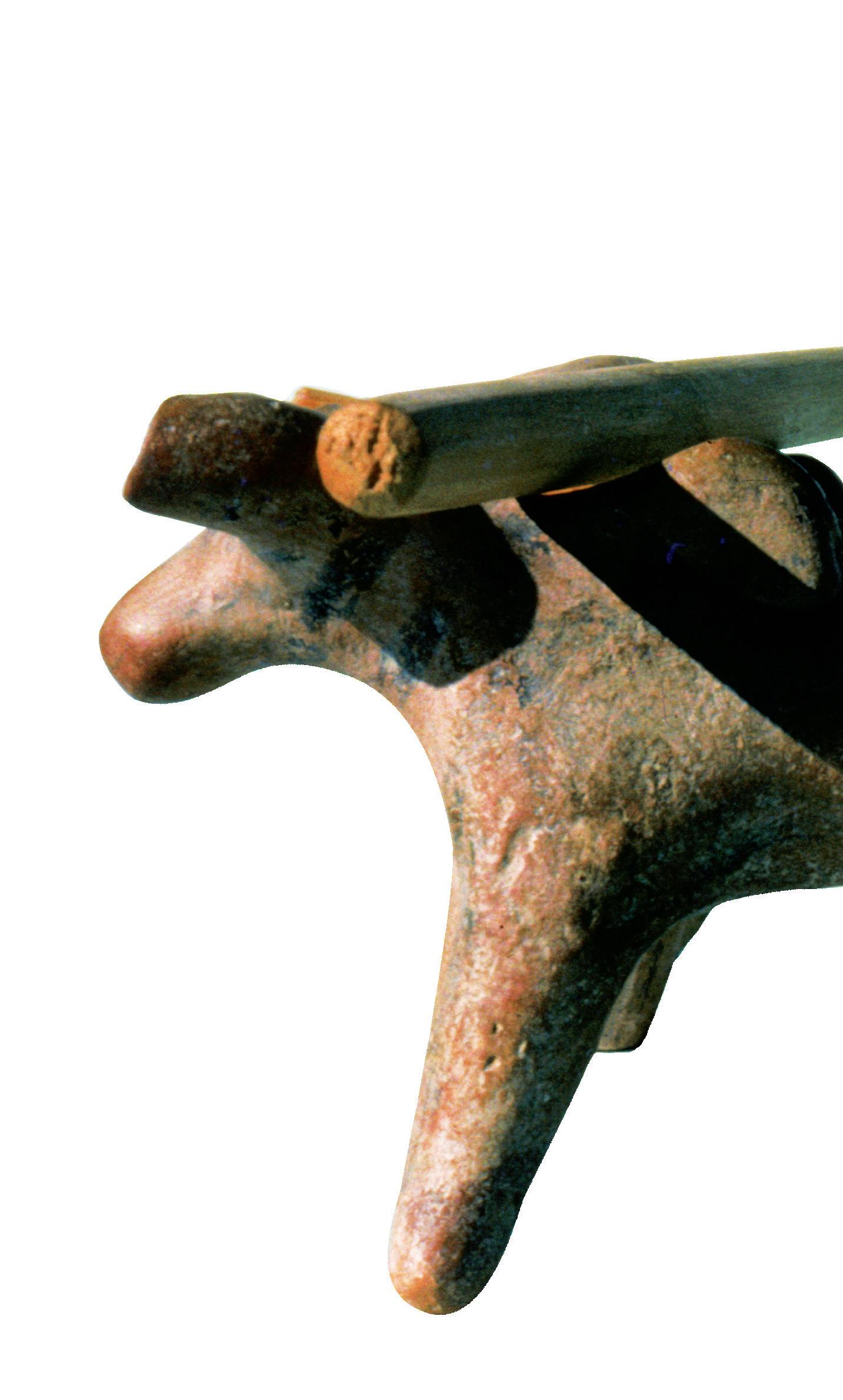
Archaeologists have found remains of about 1,000 cities and settlements in the Indus Valley. They date to between 3300 and about 1900 BCE. The Indus Valley emerged about 200 years after Sumeria and lasted until about 300 years after Sumeria fell. And they seem to have survived all of that time without much warfare. Lots of toys and games have been found, but very few weapons.

These people wove cotton,
made beautiful pottery and crafted copper and bronze into fine jewellery and statues. Unlike in Sumeria, they didn’t build fancy royal tombs or big palaces and temples. There is no evidence of a single
all-powerful king or queen. But here’s the thing – we don’t know for sure.
Having no fancy tombs might just mean that these people cremated their dead, as most people in India do today.
We have not yet been able to decipher Indus Valley writing, as shown above.

Because we can’t yet read Indus Valley writing, we only know what we can learn from the objects they left behind. But however they were ruled, we know they were very advanced and highly organised.

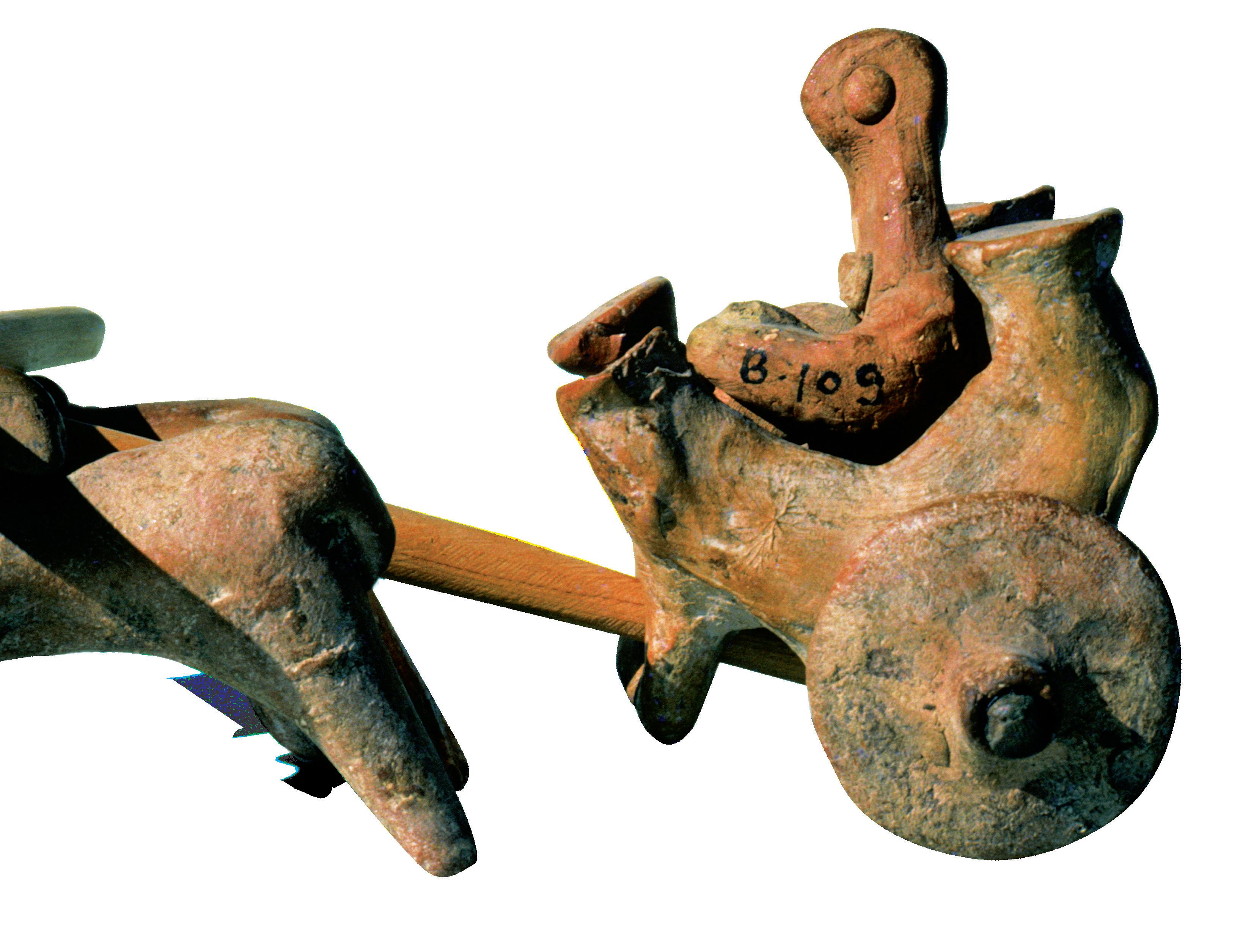
One of their two big cities was Mohenjo-Daro, which was laid out in regular blocks like some modern cities. Each street was connected to a water supply. Mohenjo-Daro even had flushing toilets and sewers, things that weren’t common around the world for another three thousand years. Excavations have unearthed large public buildings, including a meeting place that could hold up to 5,000 people.
On the other side of the world from the Indus Valley, another huge and peaceful civilisation was thriving in what is now Peru. The Norte Chico civilisation included dozens of cities, again along rivers. Each city included giant gathering places. And instruments made of animal bones show that music was an important part of the lives of the people there. They also had mummies and giant pyramids that served as tombs for them.
The Norte Chicoans built their first pyramids
around 3000 BCE, before the Egyptians built theirs. The mummy of a leader we call the Woman of the Four Brooches was found inside one of the biggest pyramids. The brooches she is named after were made from animal bones that were shaped like monkeys and birds.
You probably know that people farm for food, but there are other reasons to farm, too. Caral, the biggest city of Norte Chico, was built on a high, dry plain. There, farmers built canals from the rivers to their farms to water their fields. This inland location surprised archaeologists because they were used to seeing major cities built closer to the sea. Then they realised why.
Continued on next page
‘To judge from the number of pottery models that have been found in the drains, it would seem that the childish habit of taking play-things into the bath has persisted for thousands of years.’
YOKE CART DRIVER WHEELS AND AXLEErnest Mackay archaeologist of Mohenjo-Daro
This statue, called the ‘Priest King of MohenjoDaro’, is thought to have been made about 2600 BCE.
Norte Chico Civilisation
This early civilisation was located in what is now the Caral region of Peru in South America. The first city there was built about 3500 BCE.


This area was perfect for farming cotton, which could be traded to coastal groups for fish and other seafood. Fishers then used the cotton to make nets, with which they could catch more seafood. Because cotton was so important, some experts think these people probably made beautiful textiles like later Peruvian cultures did and still do, though no one has yet found remains of these textiles. But we have found other art, such as decorated gourd containers with figures that might have been their gods.
The Greater Pyramid (shown here) is the largest, most complex building in the 4,500-year-old Norte Chicoan city of Caral. Peruvian archaeologist Ruth Shady and her team examined the ruins and concluded that this is where the city’s inhabitants practised important rituals.
The Norte Chicoans didn’t have clay to make fire-safe pots for cooking, as some other cultures did. So they couldn’t boil water directly over a fire. Most experts think they must have roasted their food. There are lots of ways to roast food. One is to wrap it in wet leaves and bury the packages in hot coals at the edge of a fire. But they also might have heated stones
in a fire then dropped them into gourds filled with water in order to get hot water for cooking, something we know cultures such as the Haida of what is now Canada did with wooden pots.
Norte Chico traded with cultures all over South America. We know that because archaeologists have found plant remains and snail shells from far-away areas. And Norte Chico art includes animals such as monkeys, which lived hundreds of kilometres away. But, as in the Indus Valley, trade does not seem to have led to war. Archaeologists have found no sign of weapons, walls or buildings created to defend against attack. They haven’t found war wounds on any of the human remains from Norte Chico either.:
Maize was probably domesticated in southern Mexico, starting with a grass called teosinte, which produced just five to ten seeds, each coated in a hard shell. Teosinte seeds weren’t great to eat. So farmers chose those plants with a large number of seeds, as well as those with the softest shells. Eventually they were able to turn teosinte into the highly nutritious crop we know today as corn.

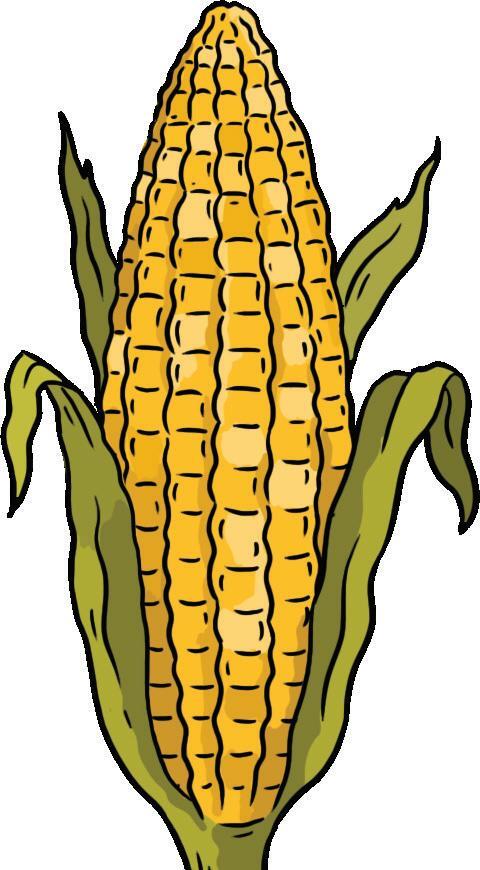
Marigolds are important to Día de los Muertos, a holiday in which people honour loved ones who have died. Learn more about Día de los Muertos and make your own marigolds out of paper!
Día de los Muertos, or Day of the Dead, is a holiday celebrated by many people in Mexico and other countries around the world. It has been an important holiday for thousands of years, dating back to the time of the Aztecs!
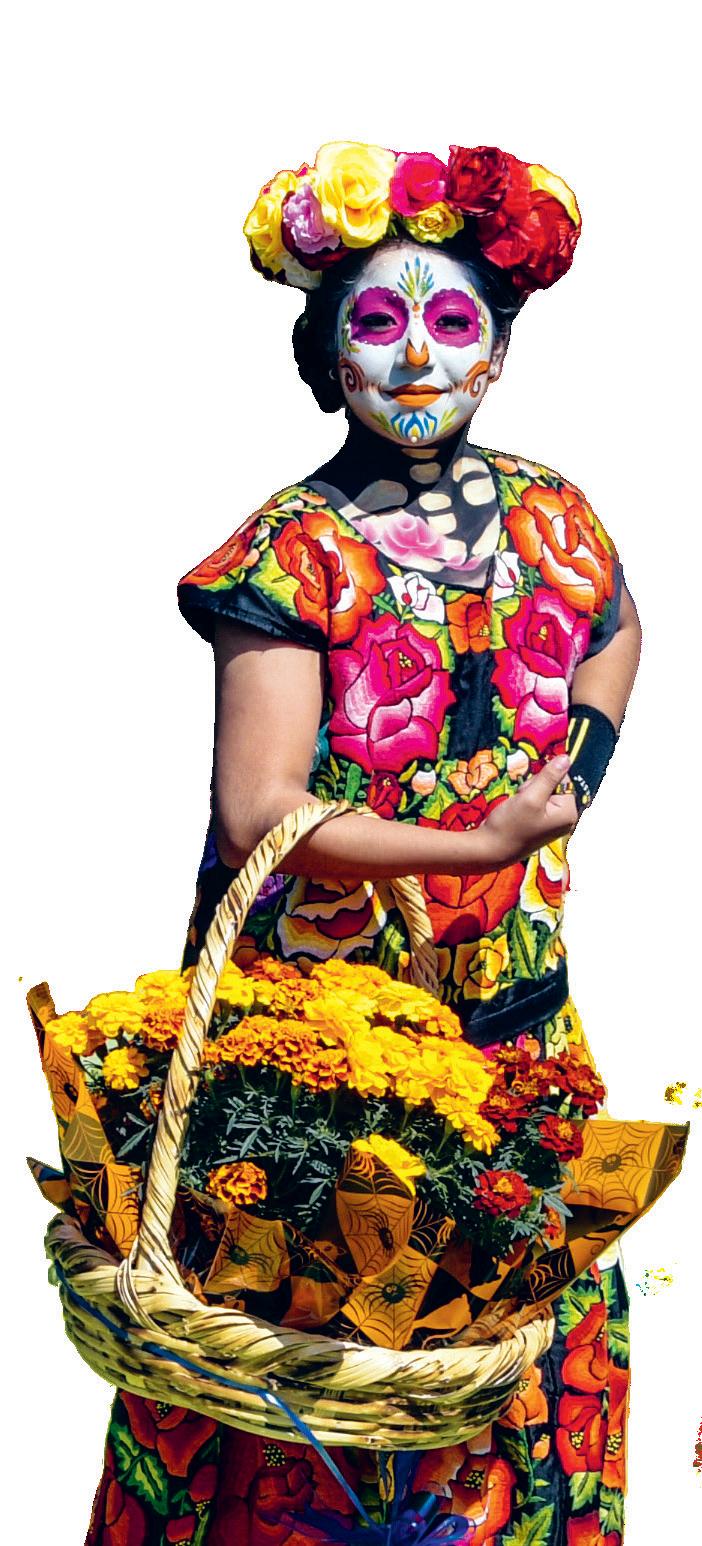
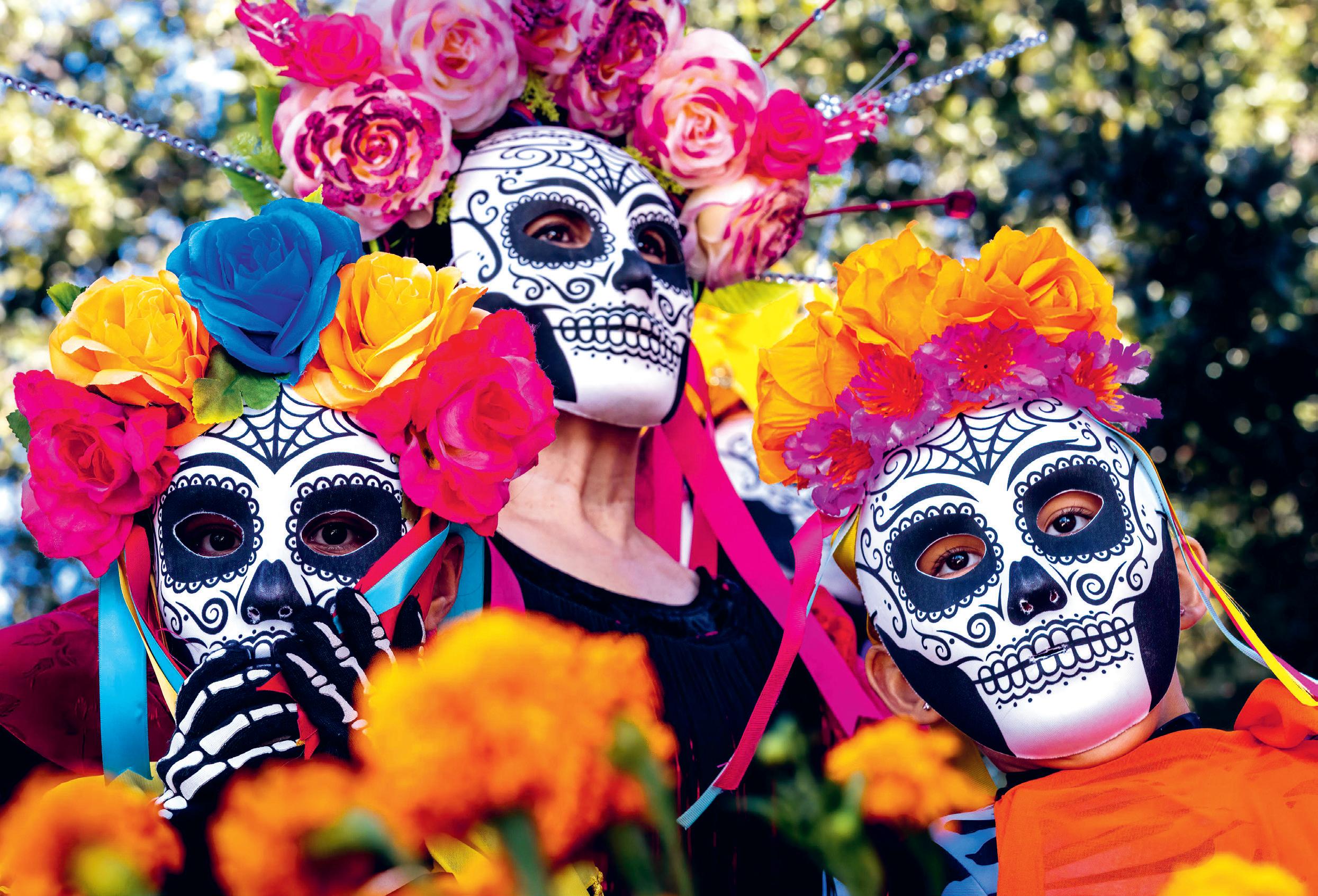
During this holiday, which is celebrated on 1st and 2nd November every year, people perform many rituals to help remember loved ones who have passed away and to honour their memory.
Although Día de los Muertos is a holiday that centres around death, it is far from sad or scary! Tradition says that the spirits of those who have died are allowed to return to Earth and visit their families during this time.
Flowers and candles are a beautiful and cheerful way to remember and honour loved ones who have passed away.
Their families welcome them by preparing offerings of food and drink and celebrating together. They build altars called ofrendas that are cheerfully decorated. One of the main things used to decorate ofrendas and graves is marigold flowers, which are brightly coloured and festive. It is said their smell will help guide spirits back to their homes. Some people put hundreds or even thousands of marigolds at graves or ofrendas to honour their lost loved ones.
In the activity on the next page, you can learn how to make bushels of marigolds of your own – out of paper!
Continued on next page
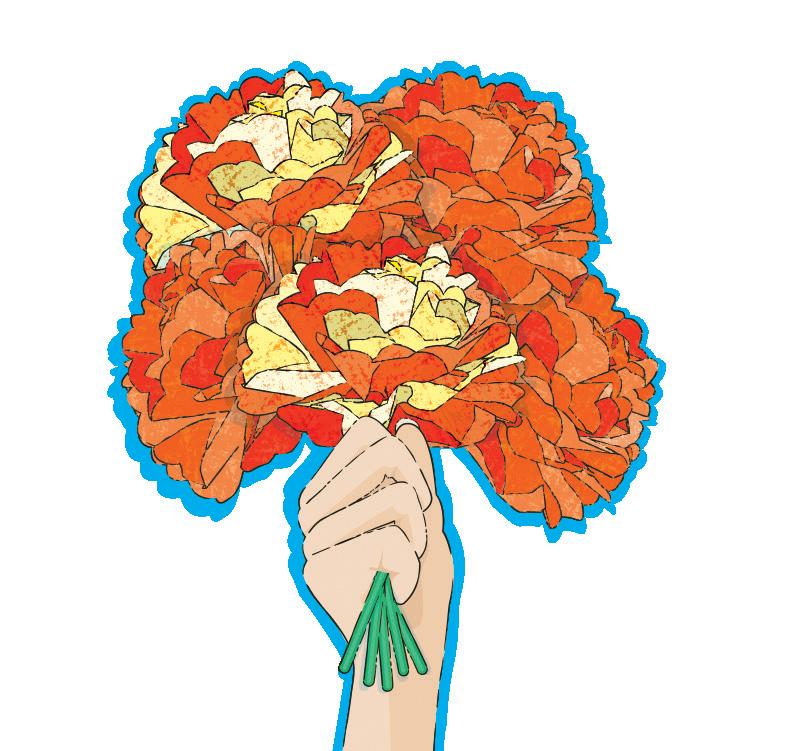
Open out your sheet of tissue paper. It should be rectangular, A2 or slightly bigger.

Fold the sheet in half so that the short ends meet and you have a crisp crease. Have an adult slice along the crease as shown or unfold and cut carefully along the crease.
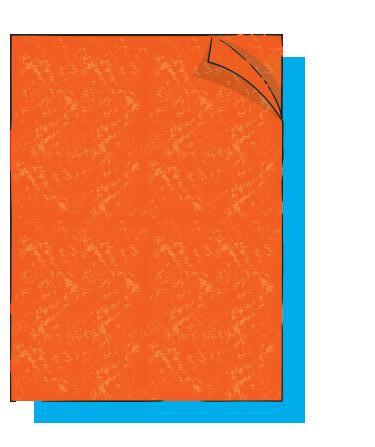
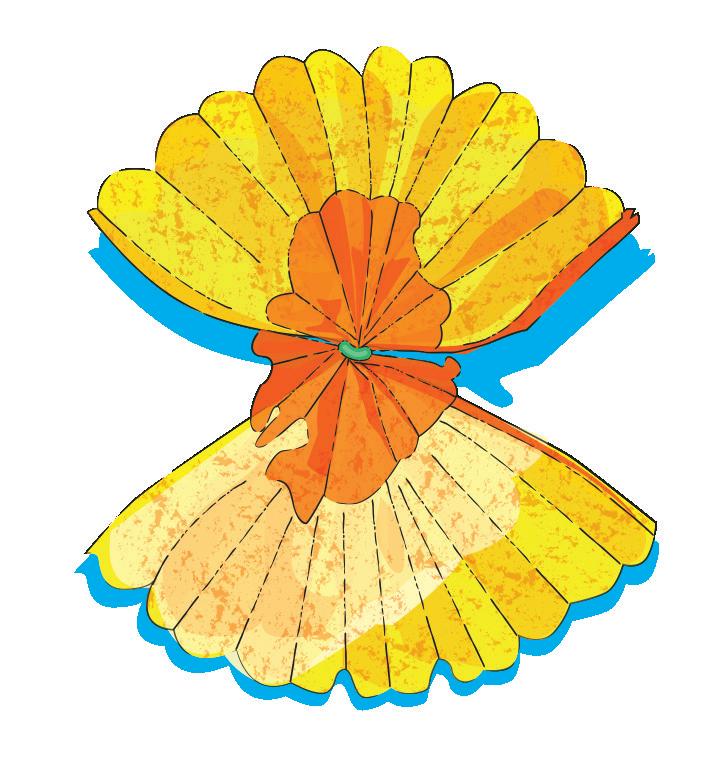

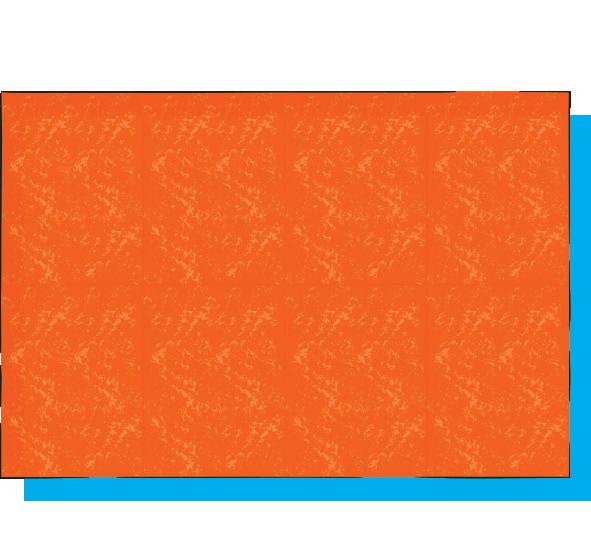
tissue paper
At this point you might want to carefully even out the shape of your flower and individual petals. Tidy up the stem. You might want to tighten it or cut it shorter.

Your margold is ready! Repeat steps 1-11 for a full bunch of flowers.
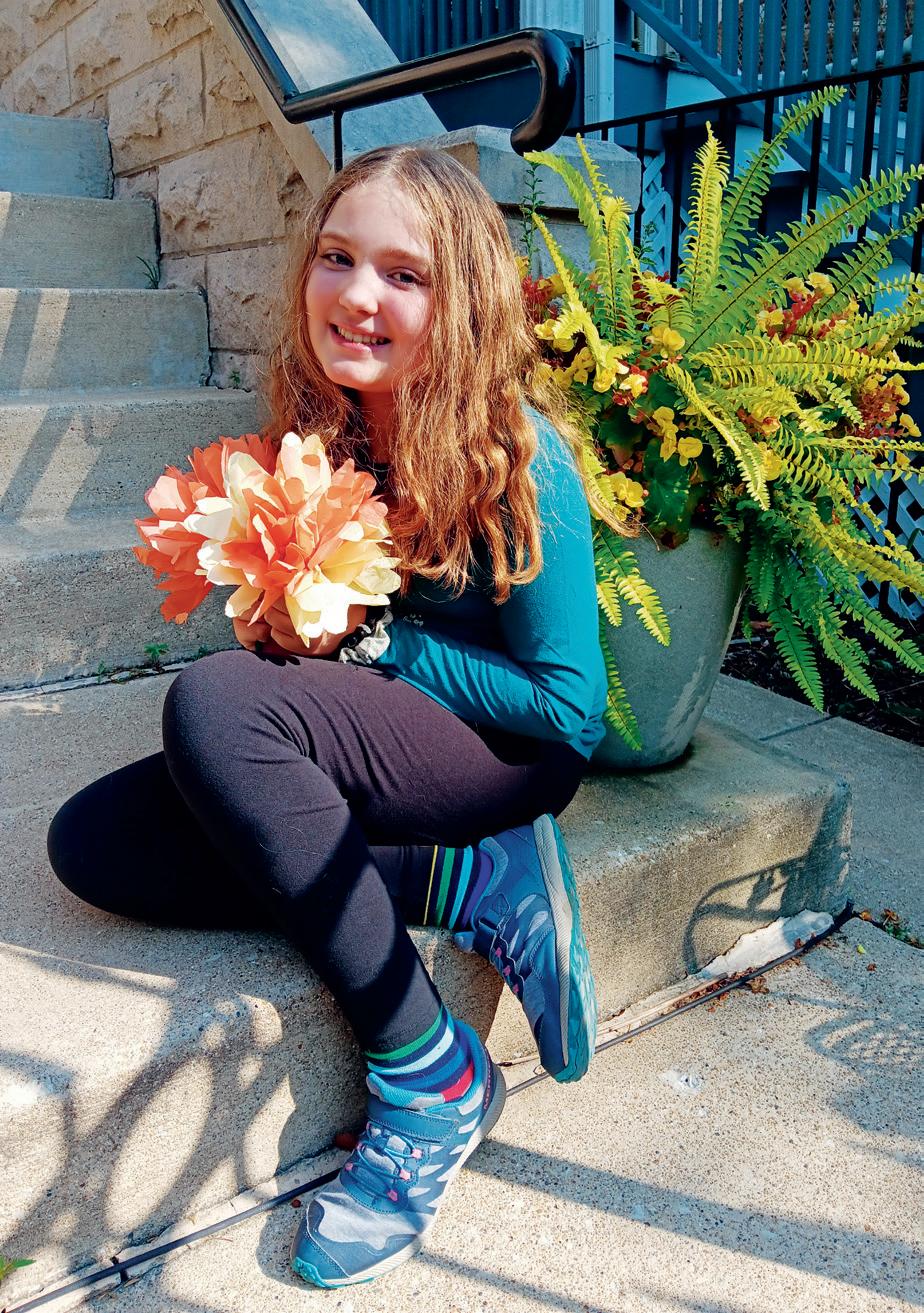
scissors pipe cleaners

TOP TIP!
If you don’t have a pipe cleaner to hand you could cut a 20 centimetre length of garden wire for the stem.

Repeat with the other layers until you have pulled all four layers apart and up towards the centre.
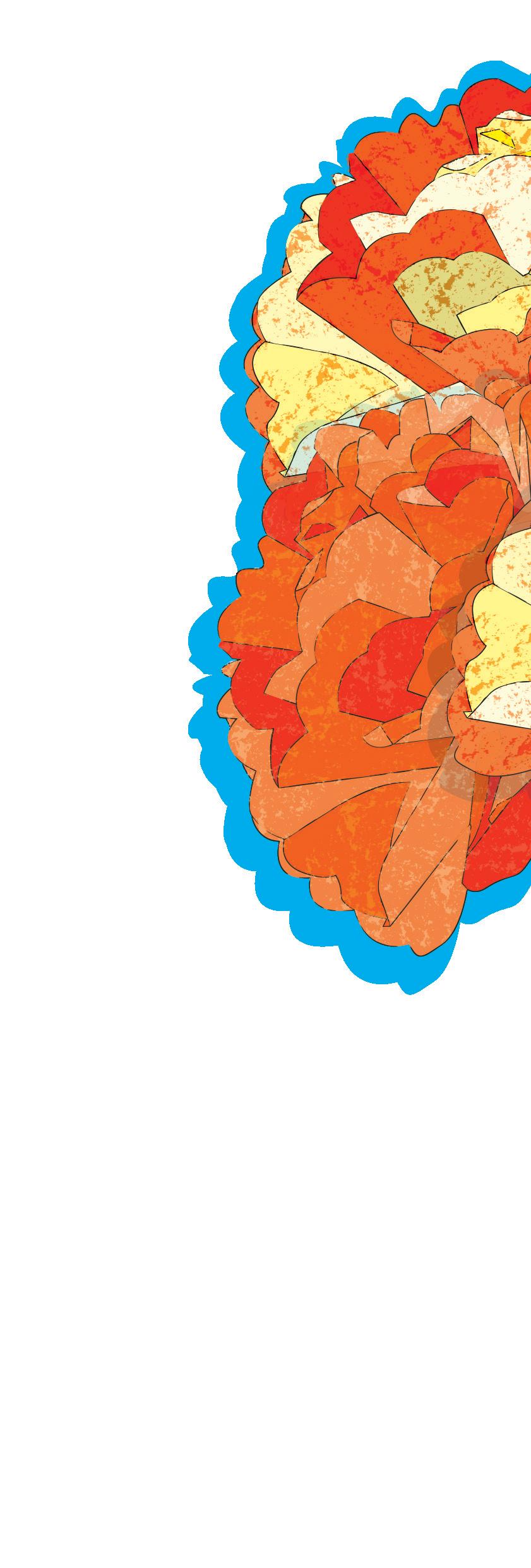
Repeat step 2 until you end up with eight small rectangular sheets.
Stack four sheets of paper, lining up the edges as accurately as possible. Try alternating yellow and orange tissue paper for a two-tone flower.


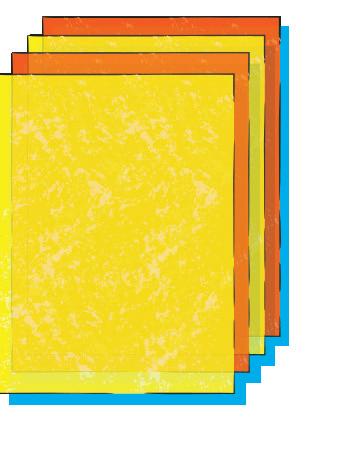
TOP TIP!
If your pipe cleaner doesn’t feel sturdy enough, you could try two pipe cleaners twisted together.
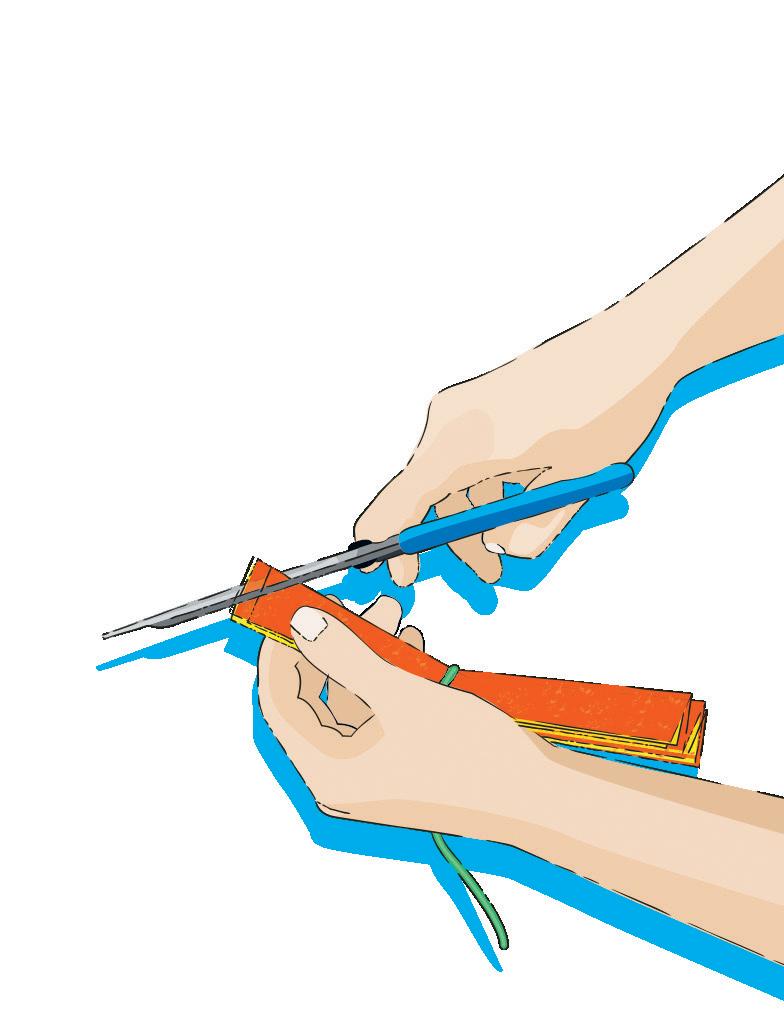
4 7 9
Choose one of the paper edges and peel the first layer away from the stem as far as it will go, all the way round the circle. This then forms the top layer of petals.
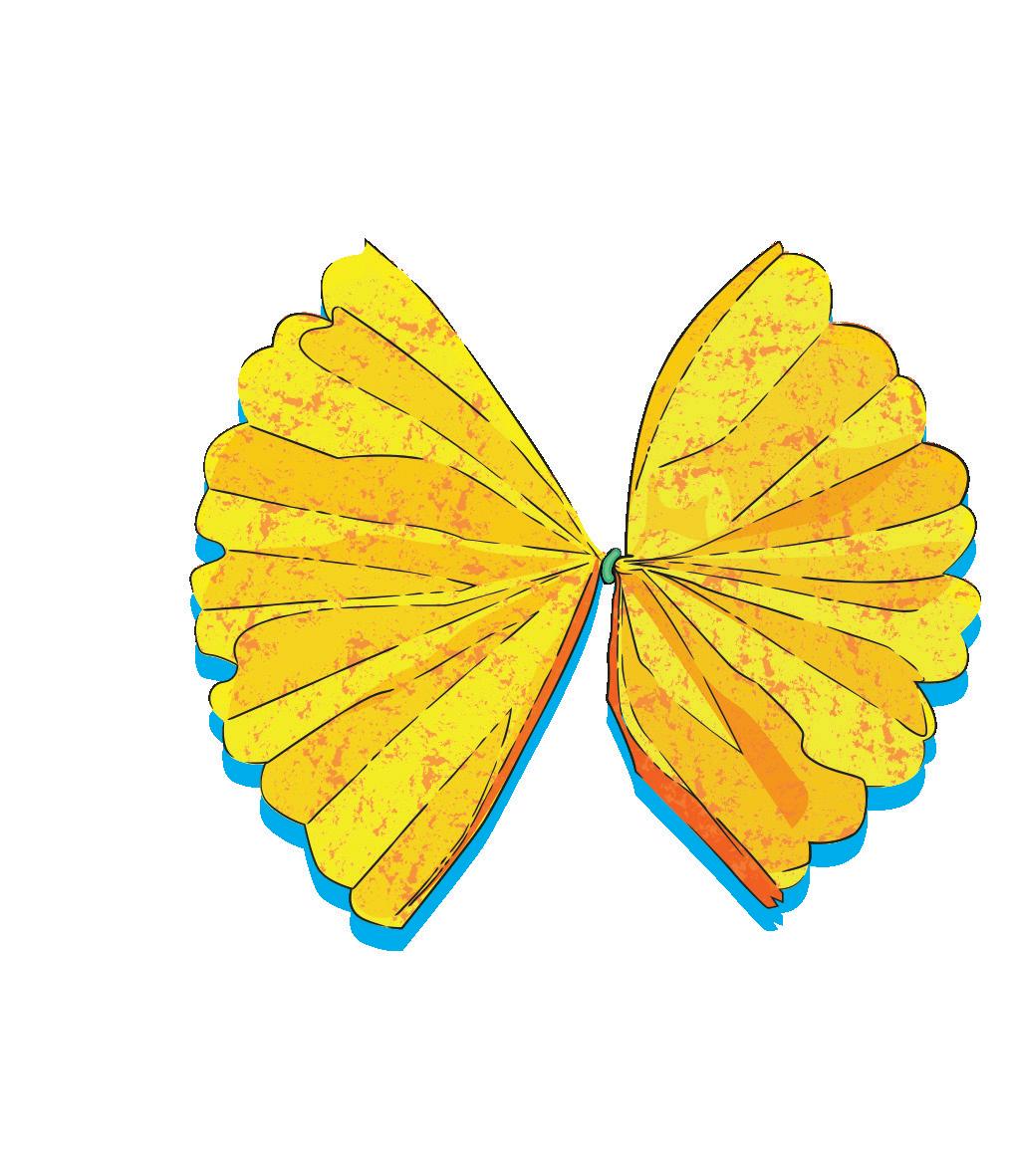
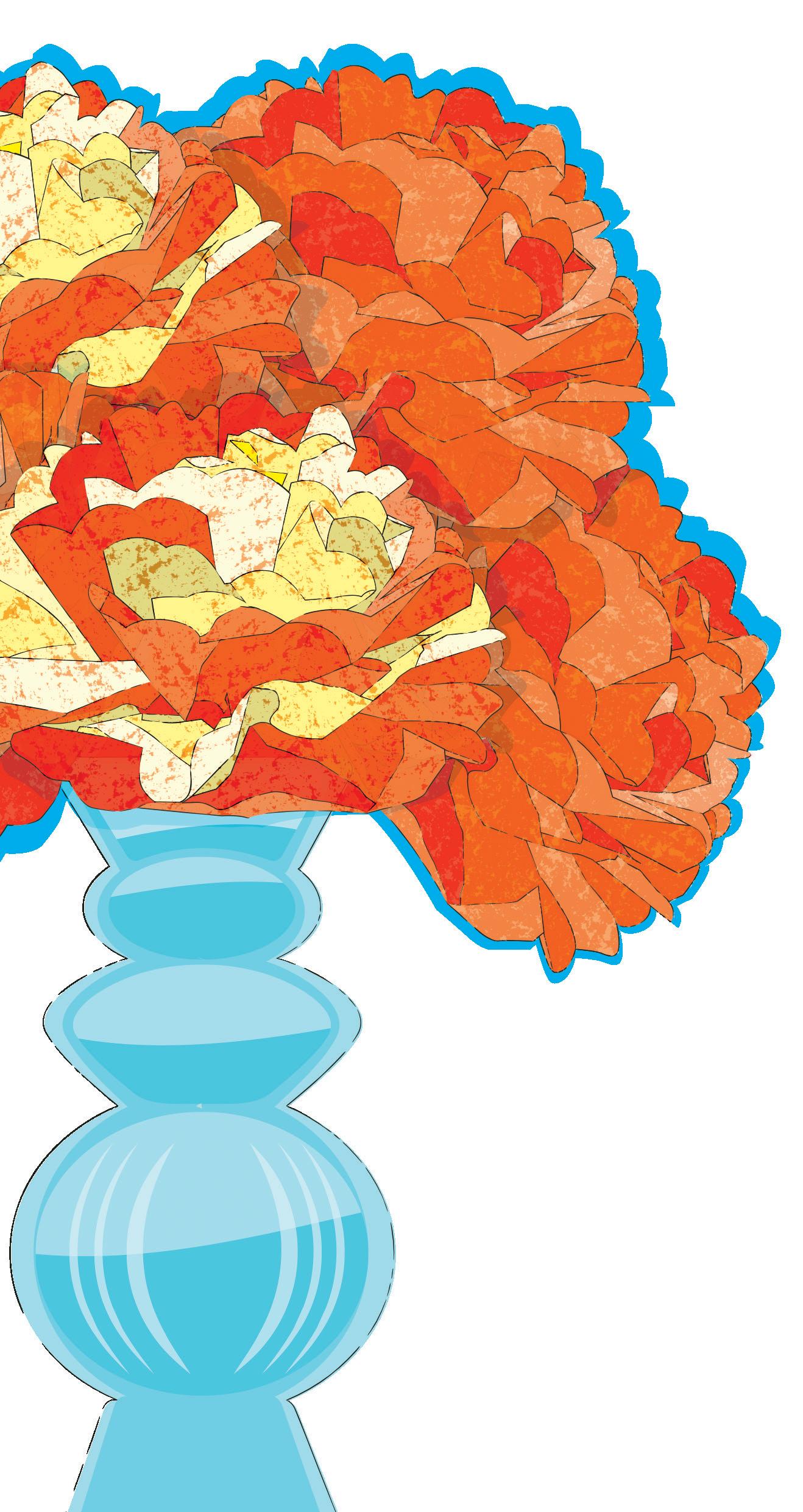
6 8
Turn so the short side of the stack is facing you. Create a fold about 1.5 centimetres from the edge with all four sheets. Turn over and fold again. Repeat this process until you have created an accordion fold.
Wrap a pipe cleaner around the middle of the folded pieces of paper and twist to hold it in place. This will also become the stem.

Cut a half-circle or V-shape from each end. If the layers of paper haven’t quite stayed in place, you can cut across the ends to neaten them up before cutting to your chosen shape.

Fan out the accordion folds so they form a circle.
TOP TIP! Try different sizes or colours of tissue paper to make a unique tissue paper bouquet!
The monstrous vampire

may have been inspired by real-life Vlad Ţepeș, a 15th-century king of Walachia (in present-day Romania).



Congratulations to readers Eddie and Mia who sent in the two rib-ticklers below. And remember: if your joke, riddle or limerick is featured in a future issue, you will win a copy of the fun and fact-filled Listified! So just send your favourite joke to: editor@whatonearth.co.uk HA!HA!
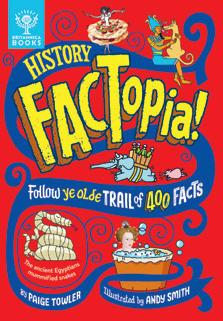

What do you elephantsneezes? get when an What type of pancakes? loves dinosaur Out way! of the Trytops! syrup-
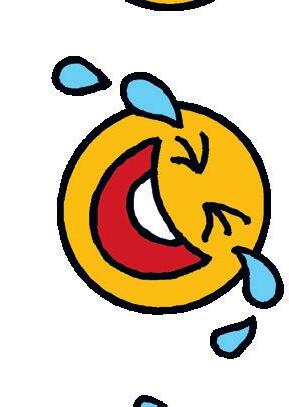

Do you love quizzes and amazing facts?

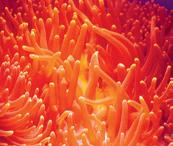

Then this is the chance for YOU or YOUR SCHOOL to enter…

Open to all 8 to 14 year-olds. Choose your age category: Junior 8-to-11 or Senior 11-to-14. There are separate Quiz Challenges for teams from Schools and for Individuals.
THE GRAND FINAL!
The venue
The first online heats for individuals will take place at the end of October. You can choose a time to do the quiz online that suits you.
LIVE SEMI-FINALS
Live online heats for both school teams and individuals will be held between the 1st and 5th November.


The top 24 individuals and top 8 schools from the Semi-Finals will be invited to the Live London Final on 27th and 28th November in the historic Stationers’ Hall. They will compete to be crowned What on Earth! Quiz Challenge champions!

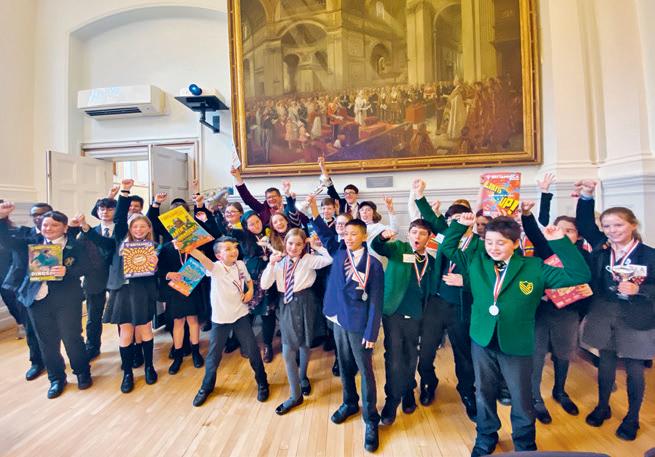
It is easy and free to enter. Whether you would like to enter this year’s What on Earth! Quiz Challenge as a team or as an individual, just go to www.whatonearth.co.uk/quiz

Good luck!

Which practical jokes? loves playing monster


Prankenstein!
WhatQuestion: is favouriteDracula’s thing to draw?
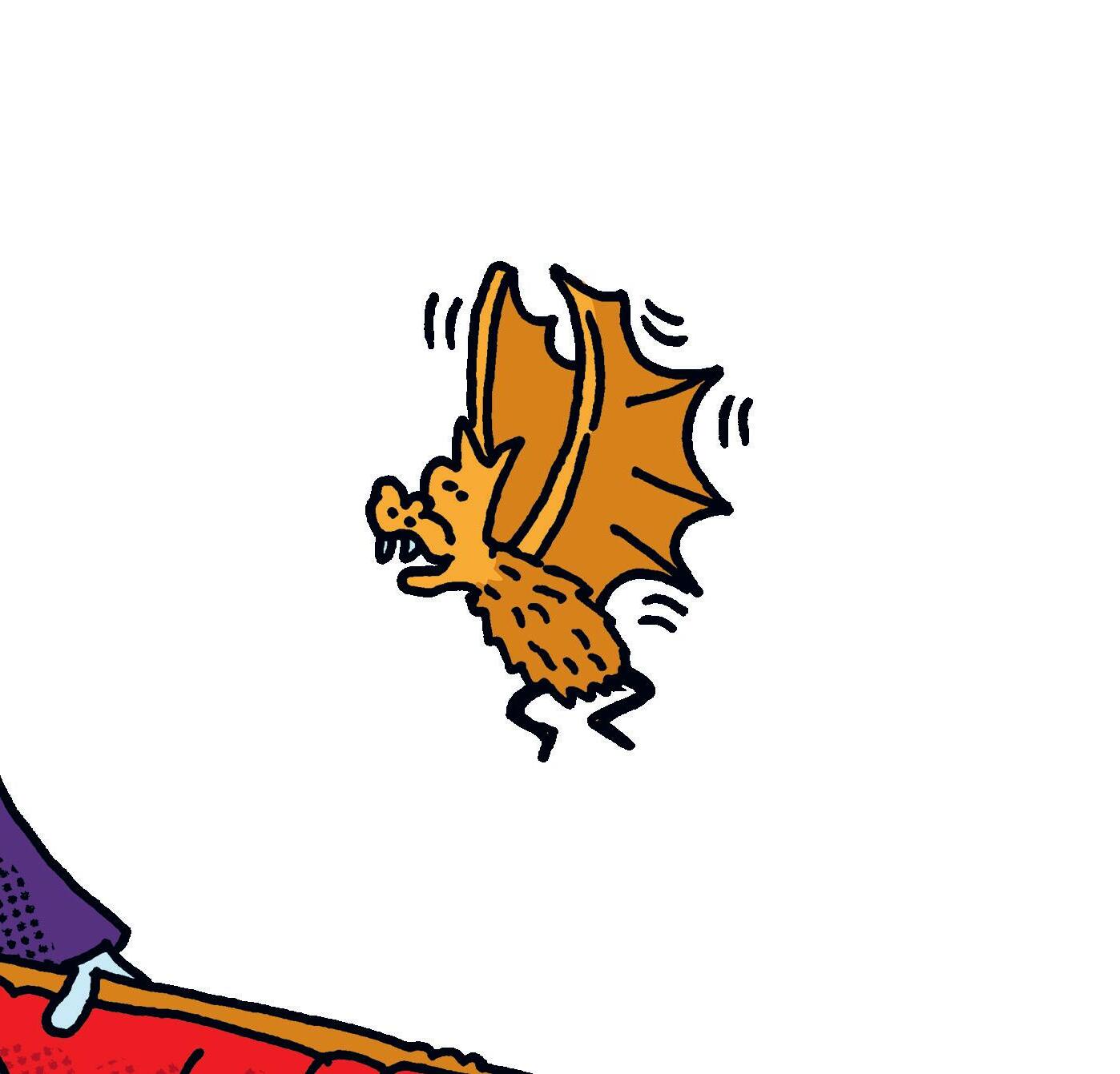
Answer: Blood!
Because right through you can see them!
Why are such bad liars? ghosts
Question: A zombie, a mummy and a ghost bought a house. Which room do they never use?

Answer: The living room!
How does like his coffee? Dracula
De-coffin-ated!
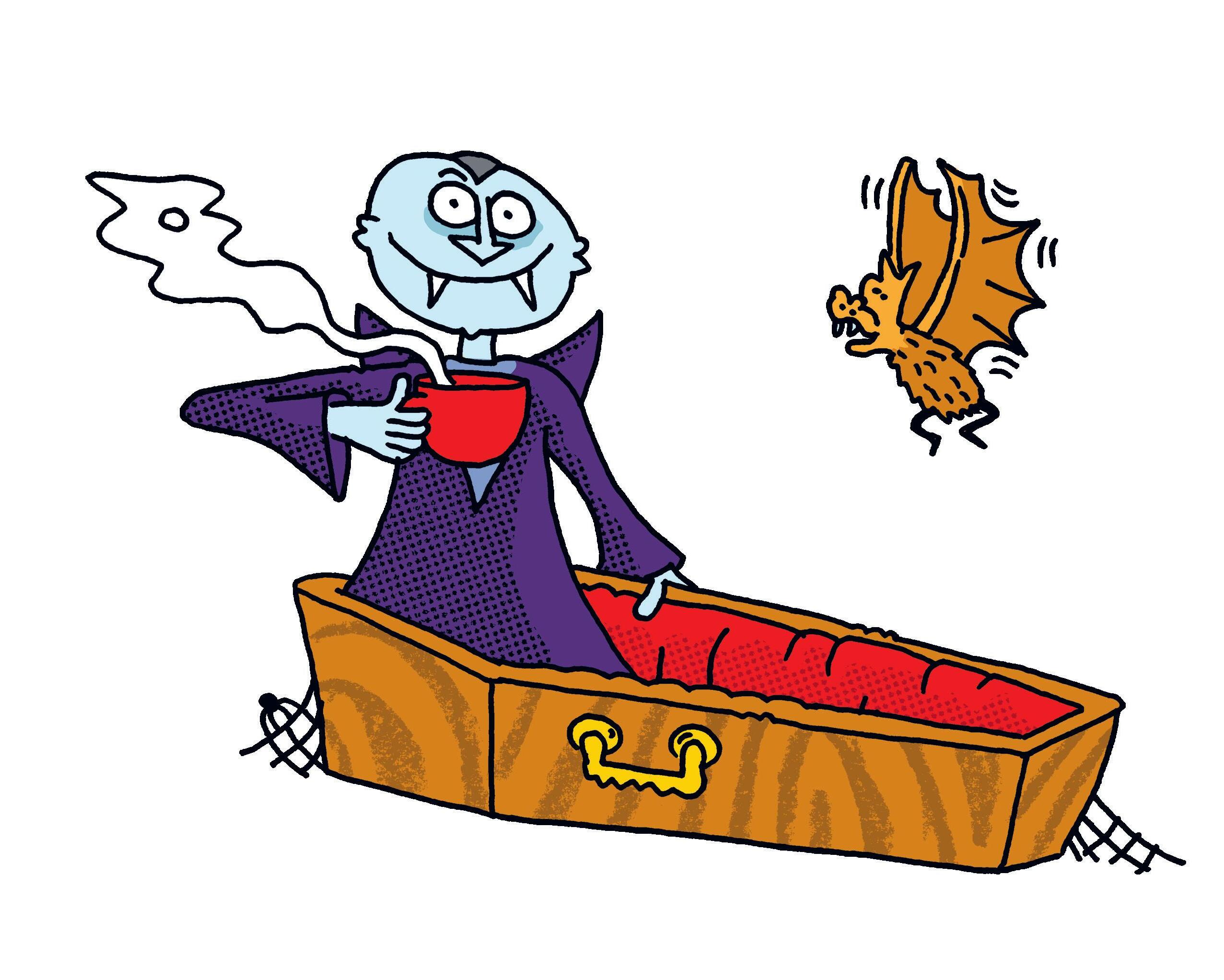
What is a favourite fruit? vampire’s
A neck-tarine!

Tickle your ribs and tease your brain with our favourite gags and riddles, hand-picked by our jokes editor May!

BRITANNICA’S
Published by What on Earth Magazines Ltd, The Black Barn, Wickhurst Farm, Leigh, Tonbridge, Kent, TN11 8PS
Editor-in-Chief
Andrew Pettie
Editor
Alison Eldridge
Art & Design Director
Mark Hickling
Senior Designer & Illustrator Susanna Hickling

Production
Sarah Epton
Contributors
Andy Forshaw, Andy Smith, Paige Towler, Christopher Lloyd, Andrés Lozano, Julie Beer, Susanna Hickling, May, Valentina D’Efilippo, Conrad Quilty-Harper, Dr Nick Crumpton, Adrienne Barman, Eva-Maria Sadowski, Sarah Darwin, Dr Gareth Parkes
With thanks to Andy Forshaw, Natalie Bellos, Helen Thewlis and the whole team at What on Earth Publishing Editorial Consultant
Nancy Feresten
Marketing Director




Luise Mulholland
Business Development
David Falzani
CEO, What on Earth Magazines
Christopher Lloyd For Encyclopaedia Britannica
Mary McCudden, Director, Middle School and Elementary Products
Printing and distribution
Warners Midlands PLC, The Maltings, Manor Lane, Bourne, Lincolnshire, PE10 9PH Editorial enquiries editor@whatonearth.co.uk
Subscriptions 01778 392479 whatonearth.co.uk
Picture credits
Selected library images from: Getty Images; Shutterstock; Alamy. What on Earth: Nature TTL/ Florian Ledoux; Kenichi Morinaga/ Comedy Pets; Armin Durgut/Sony World Photography Awards. Eureka: Zhao Chuang; ISRO; Brights Zoo; Cargill. Supernatural: David Morris/Apex.
Copyright 2023 What on Earth Magazines Ltd. All rights reserved. No part of this magazine may be reproduced or transmitted in any form, including photocopying, without permission in writing from the publishers.
